Explore psychological fiction, create multidimensional characters, craft suspenseful plots, and master horror, thriller, and speculative fiction genres
Delve into the world of psychological fiction, where captivating narratives unravel the complexities of the human psyche. This specialization, guided by expert writers Cecilia Magaña, Andrea Chapela, María Fernanda Ampuero, Raquel Castro, and Emily Barr, takes you on a journey through horror, thriller, and speculative fiction. Learn to create multidimensional characters with believable motivations, and craft suspenseful plots that captivate readers with psychological depth.
Explore the techniques behind effective horror writing, build fantastical worlds with grounded characters, and master the art of suspense in psychological thrillers. Each course offers unique insights into character psychology, emotional arcs, and the conventions of popular fiction genres. By the end of the specialization, you'll have a versatile portfolio showcasing your ability to craft psychologically rich narratives across multiple genres, ready for submission to publishers, agents, or creative writing programs.
What will you learn in this specialization?
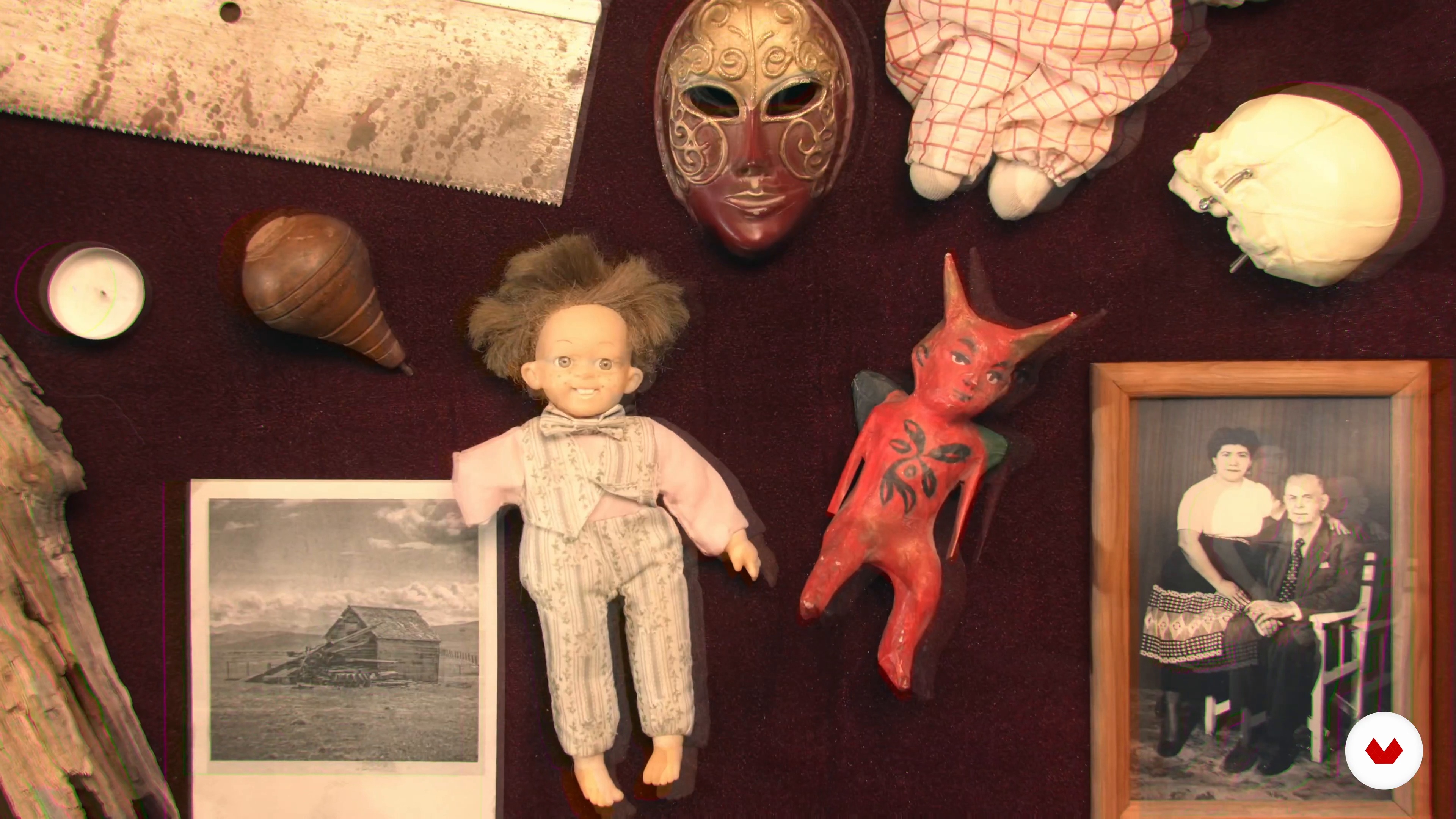


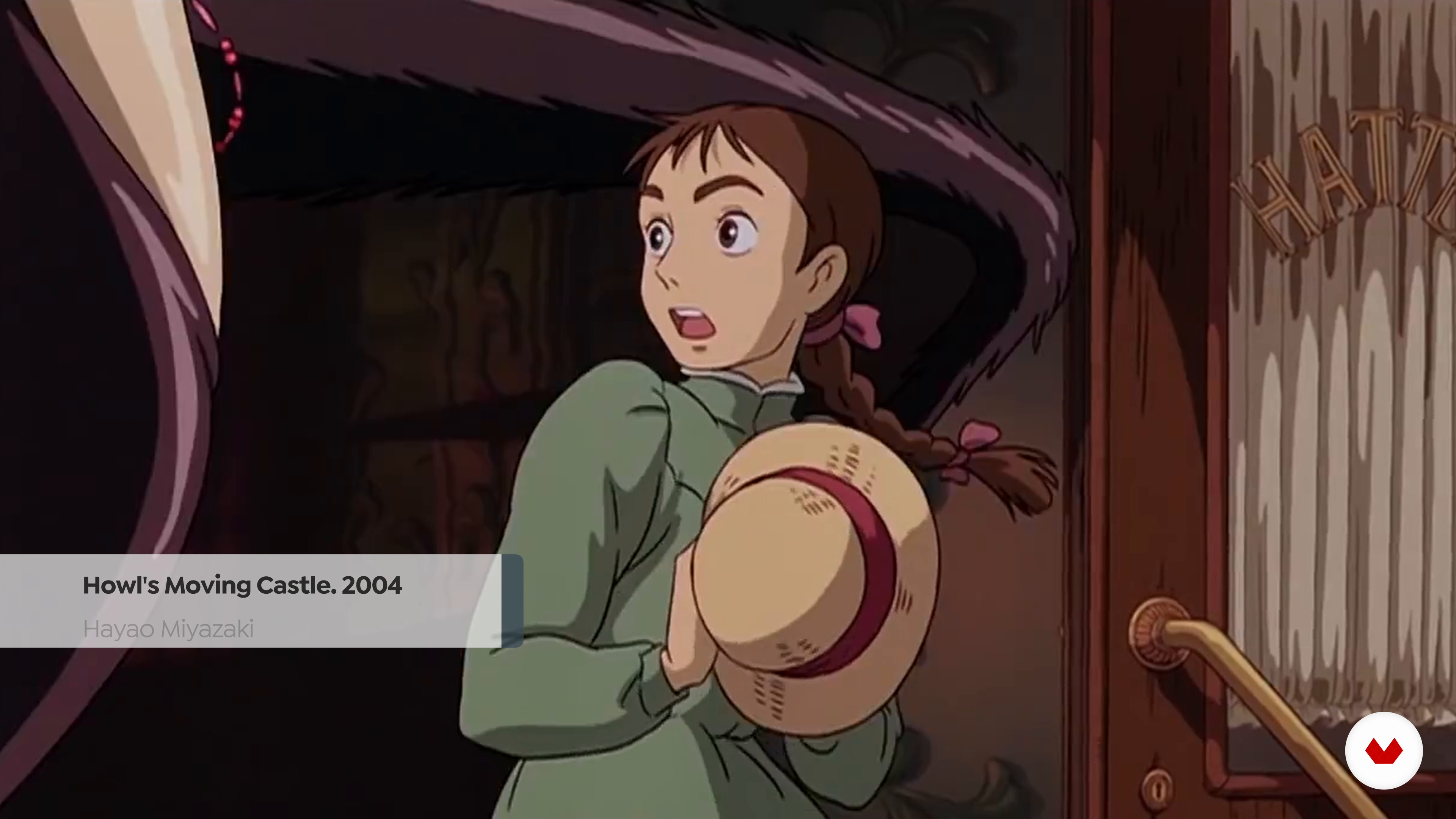
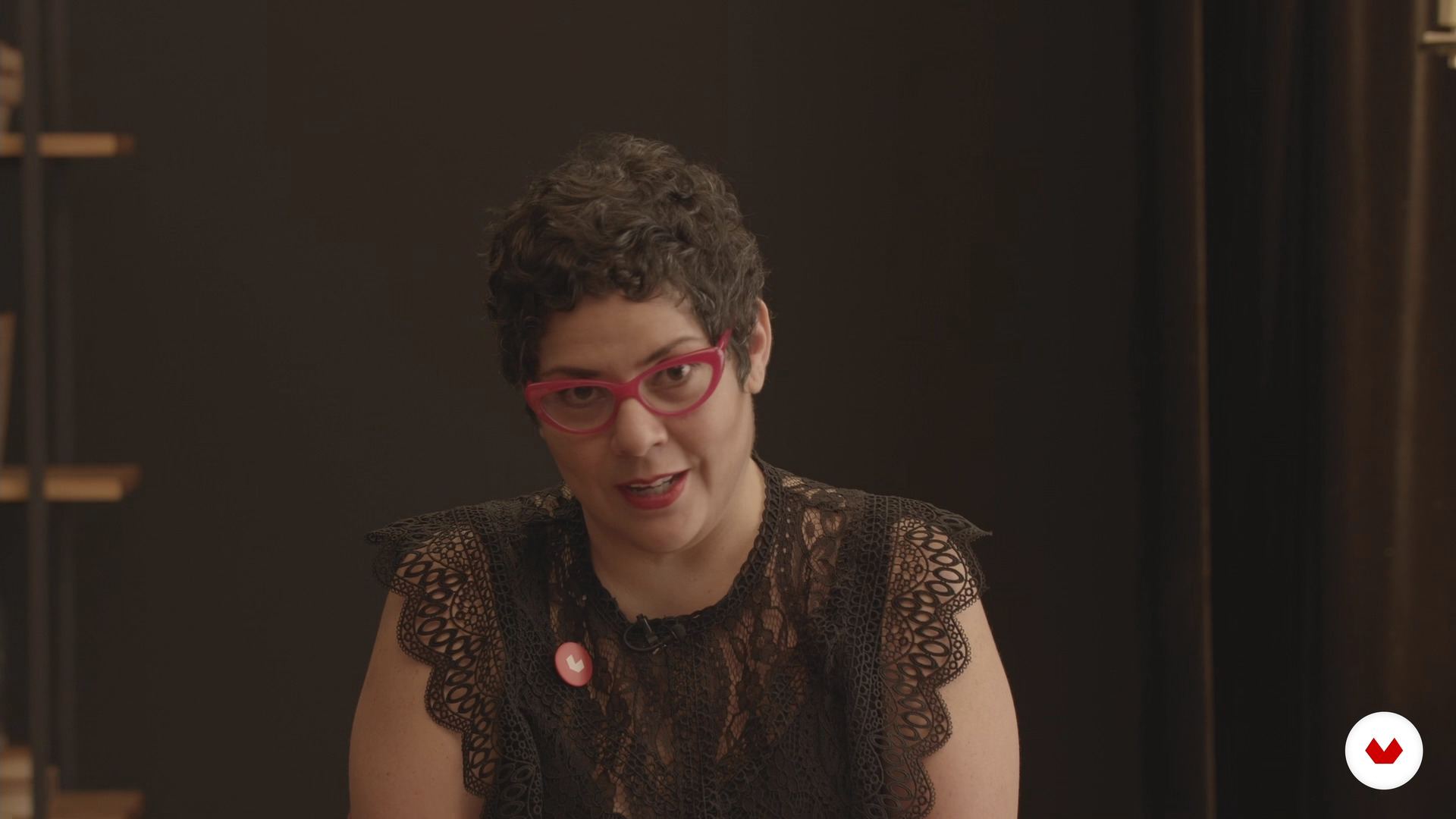
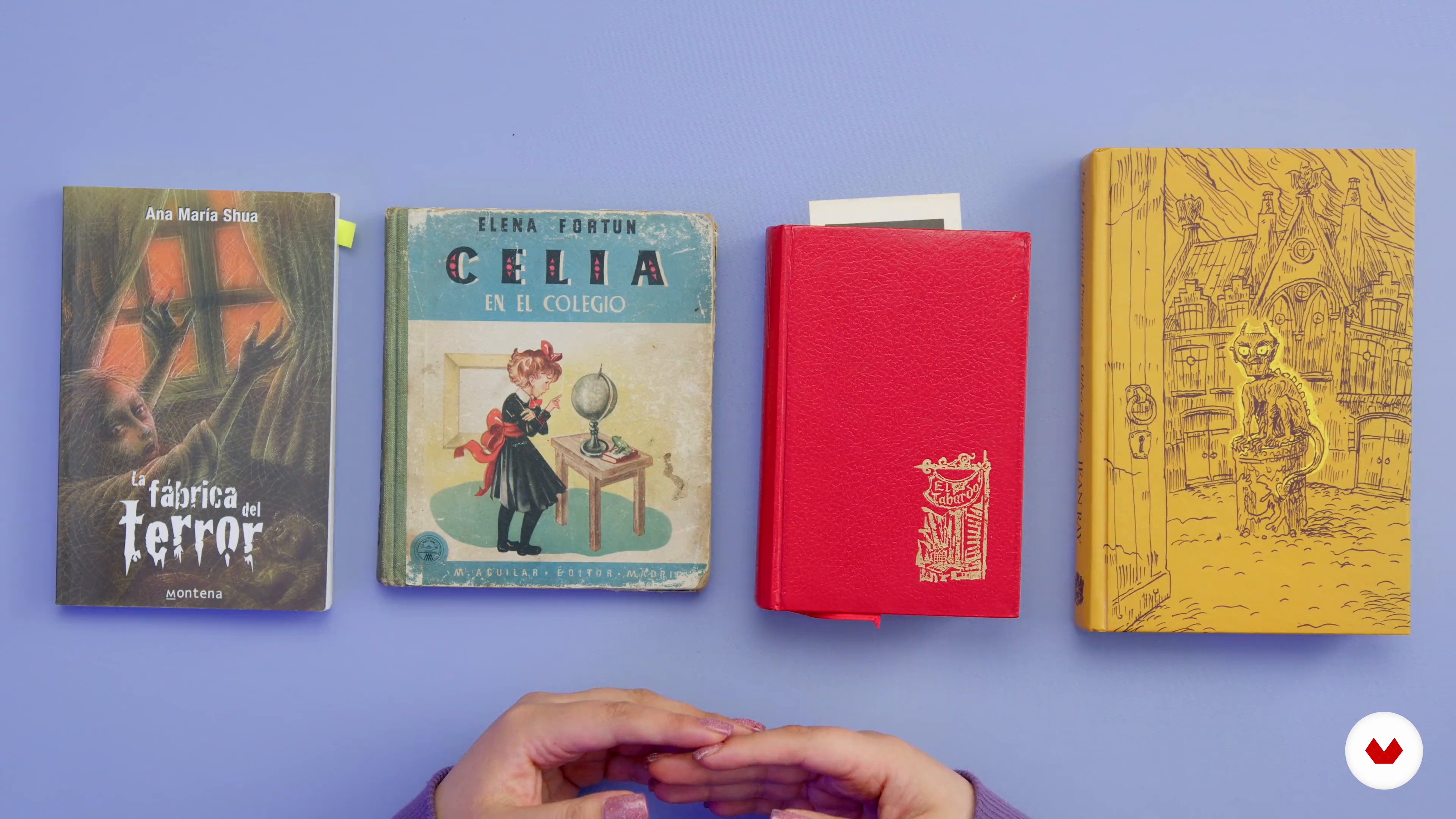
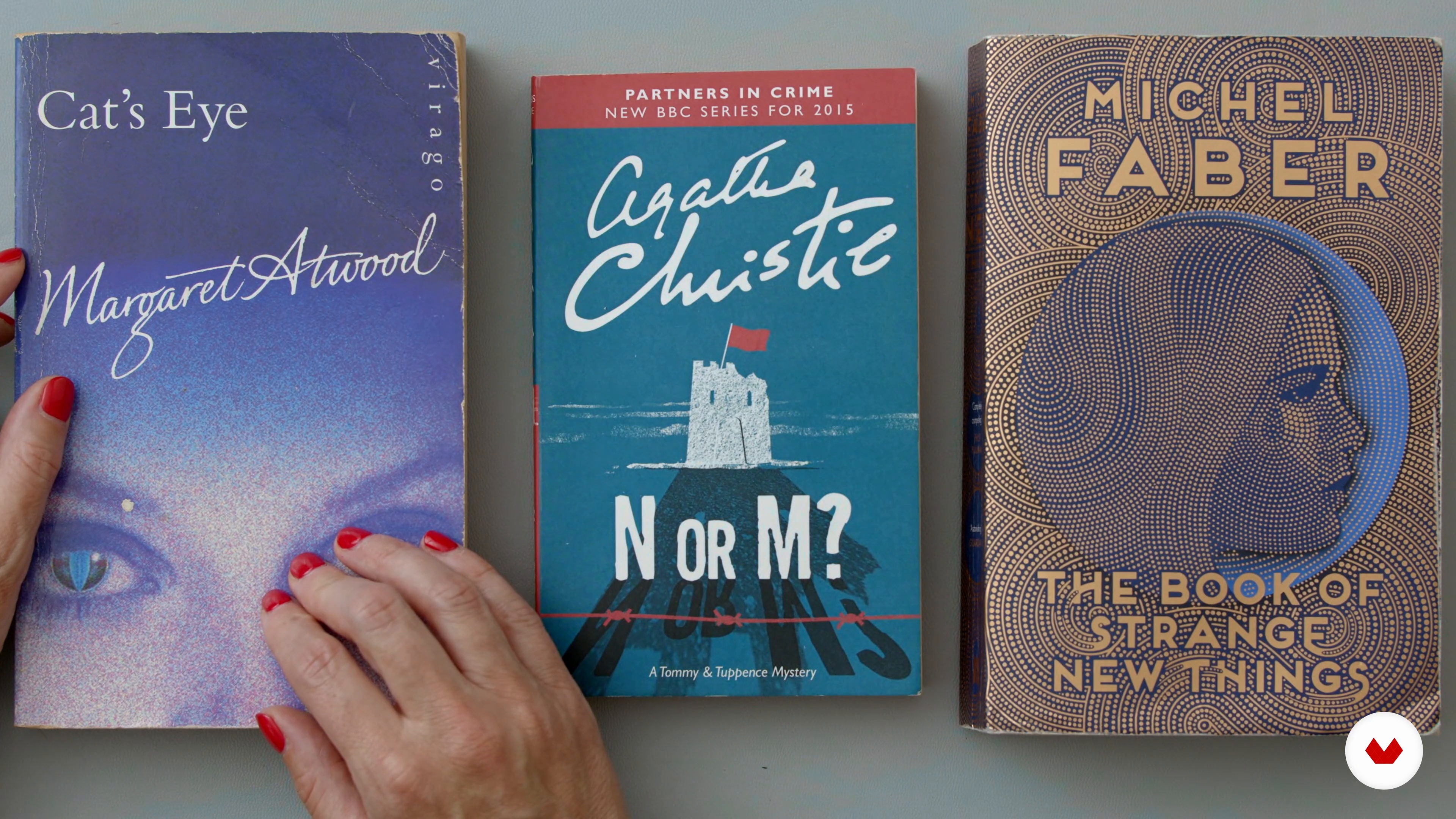


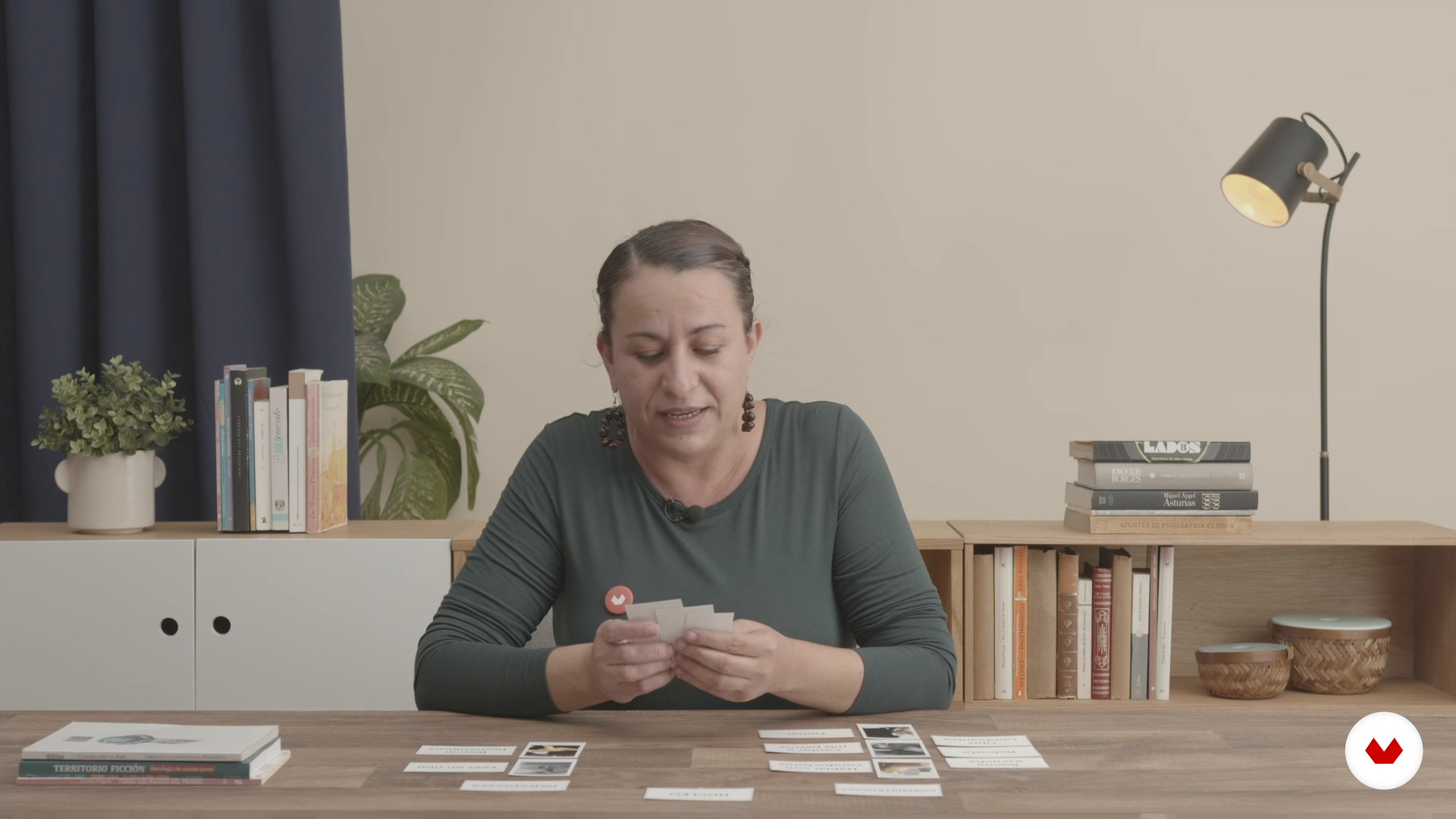
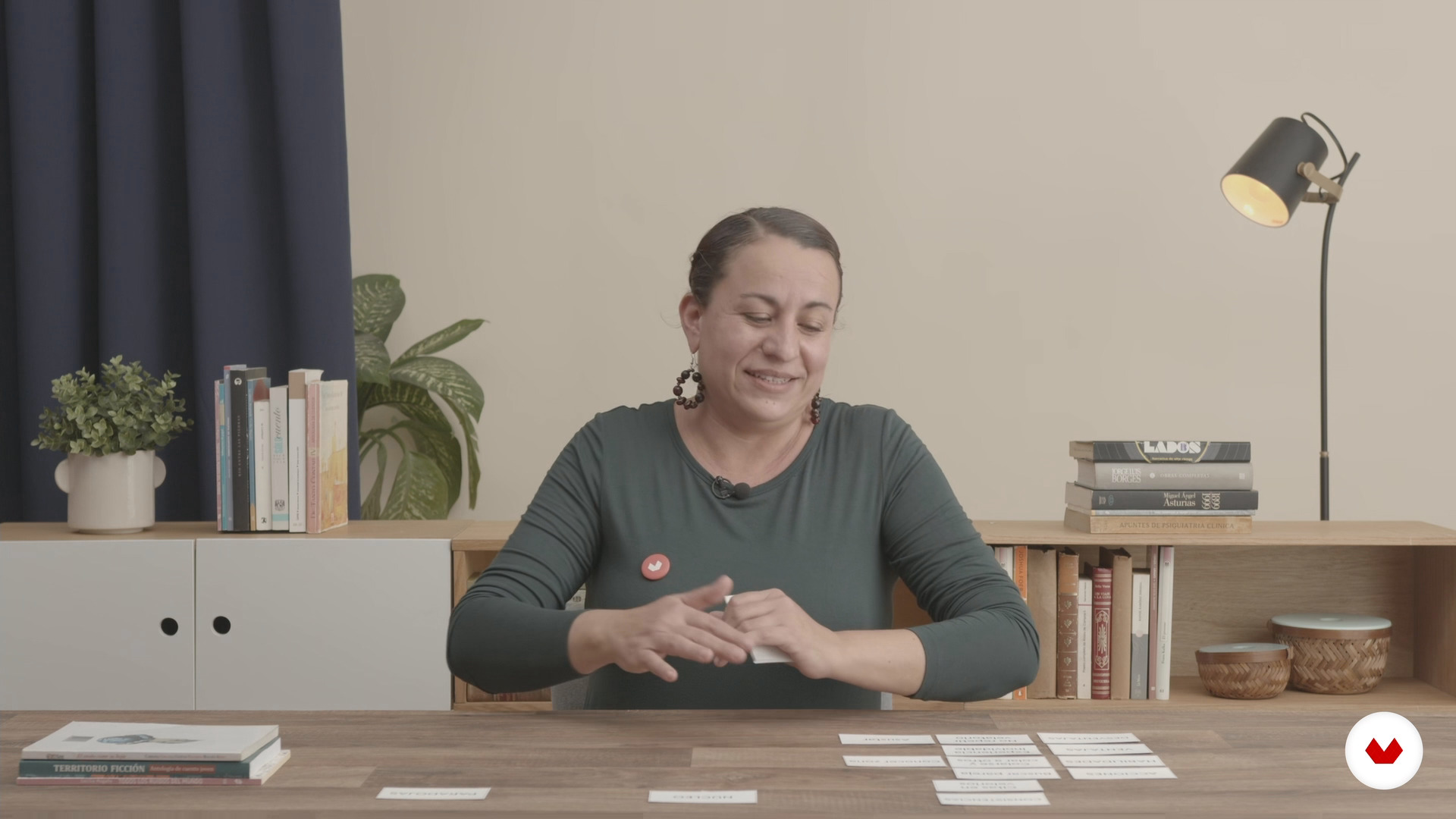
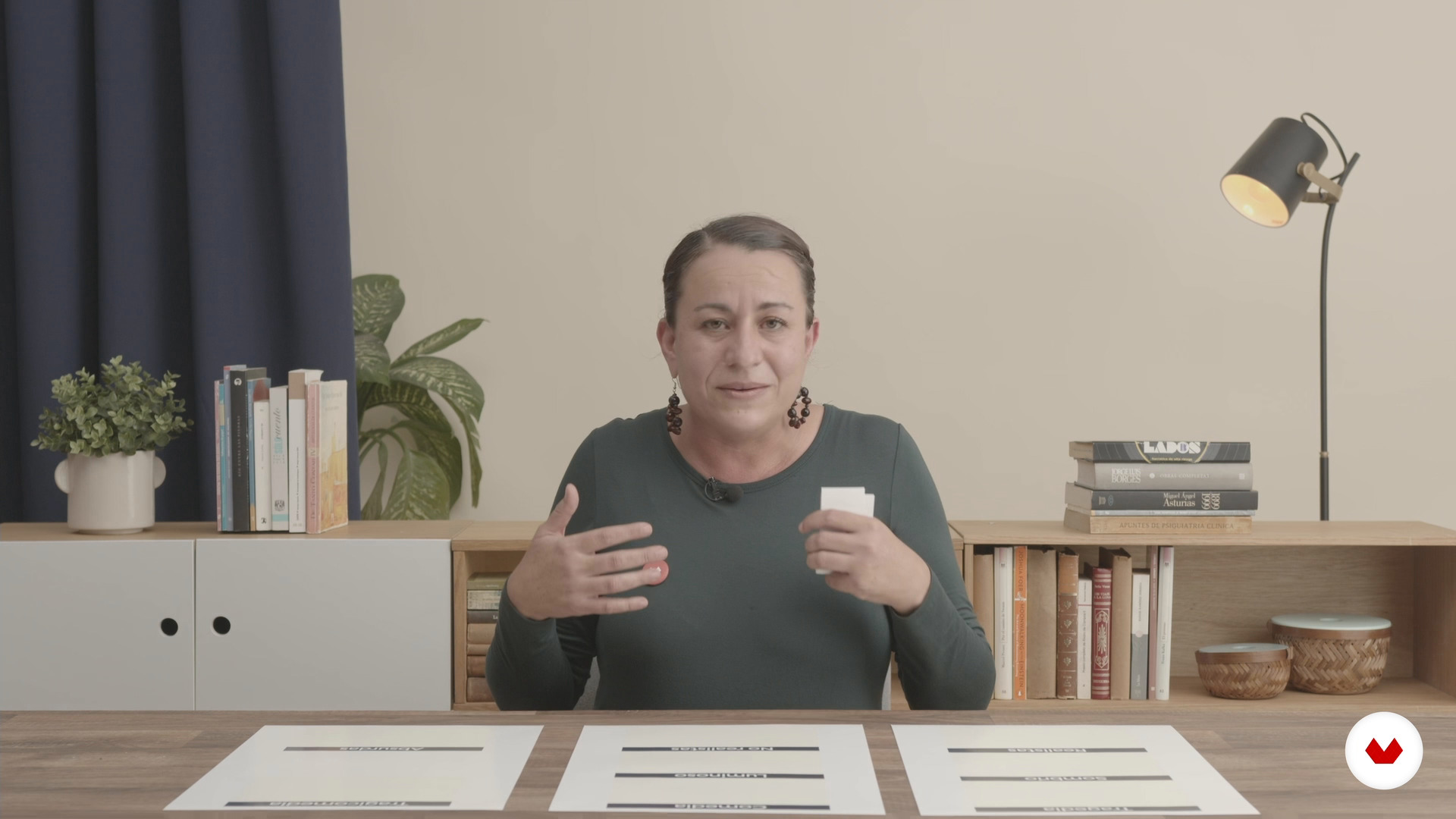
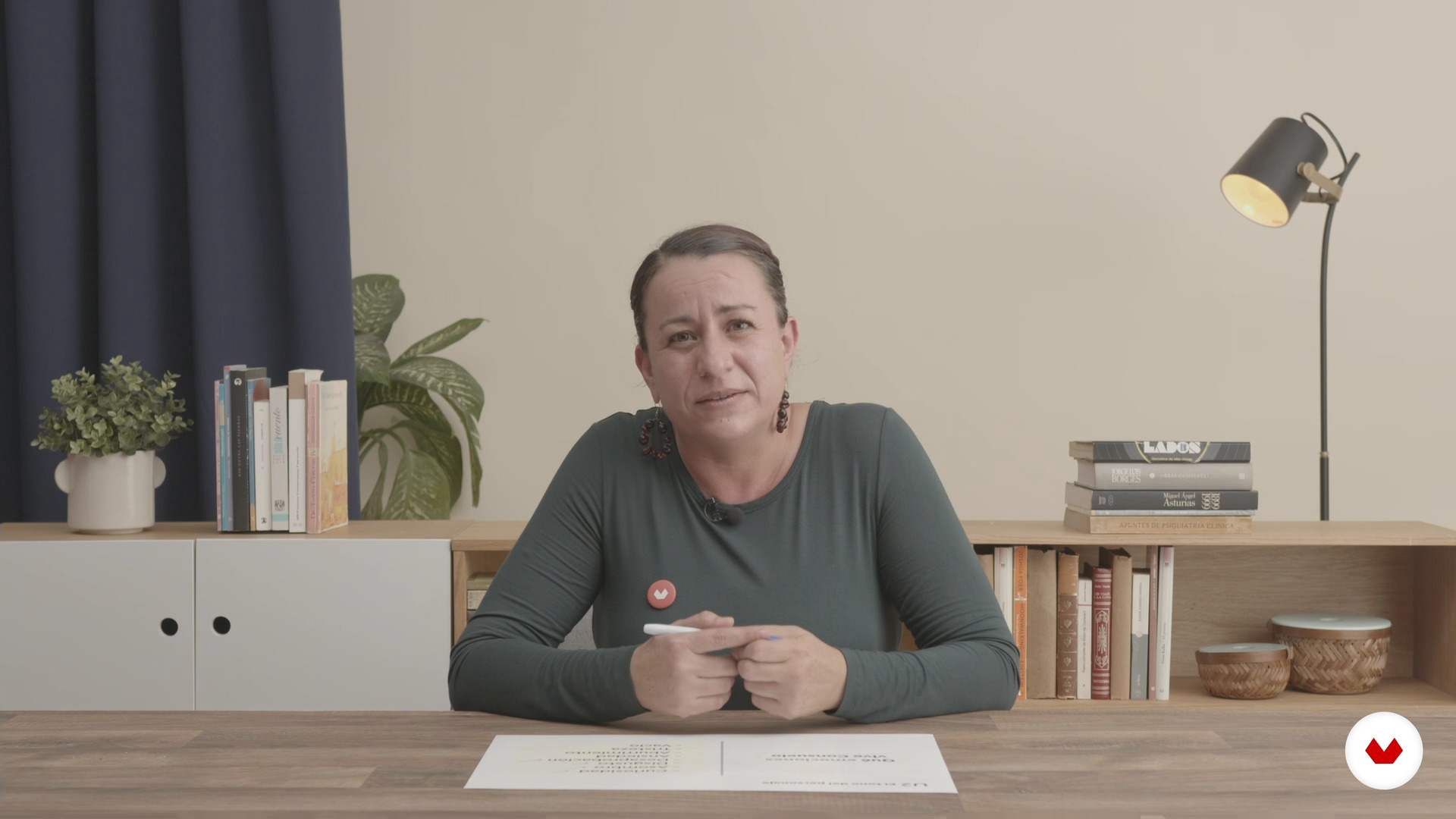
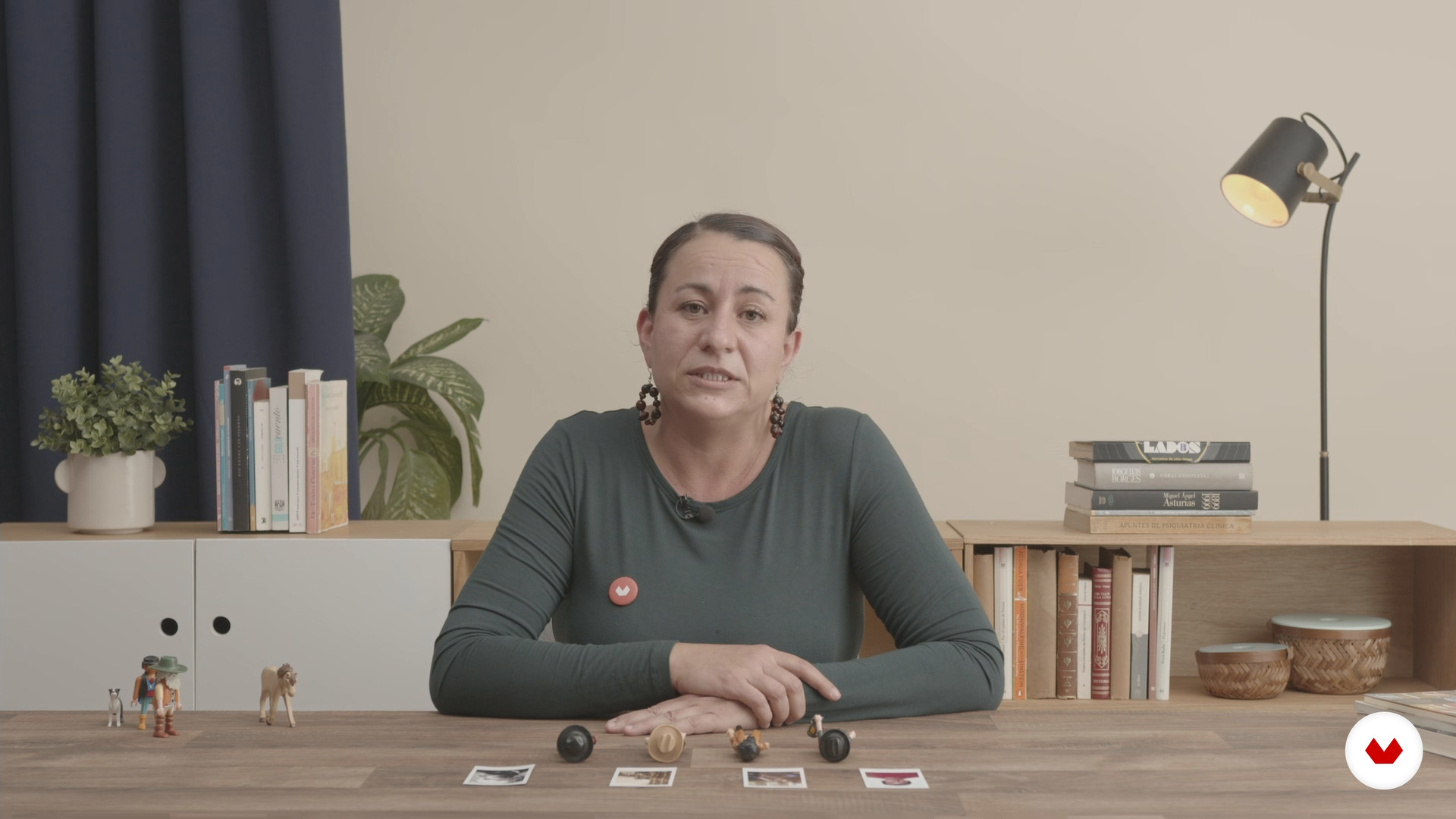
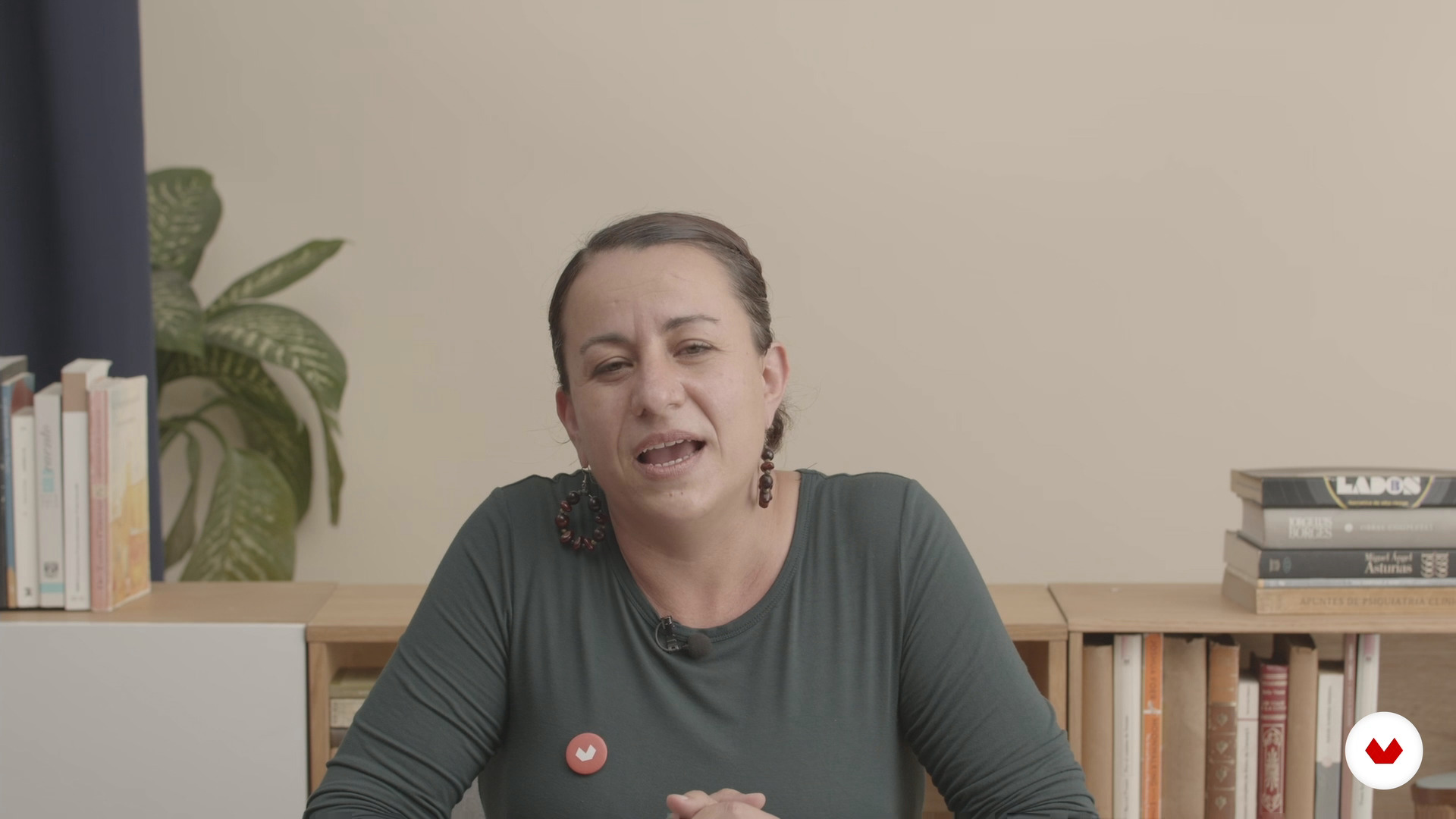
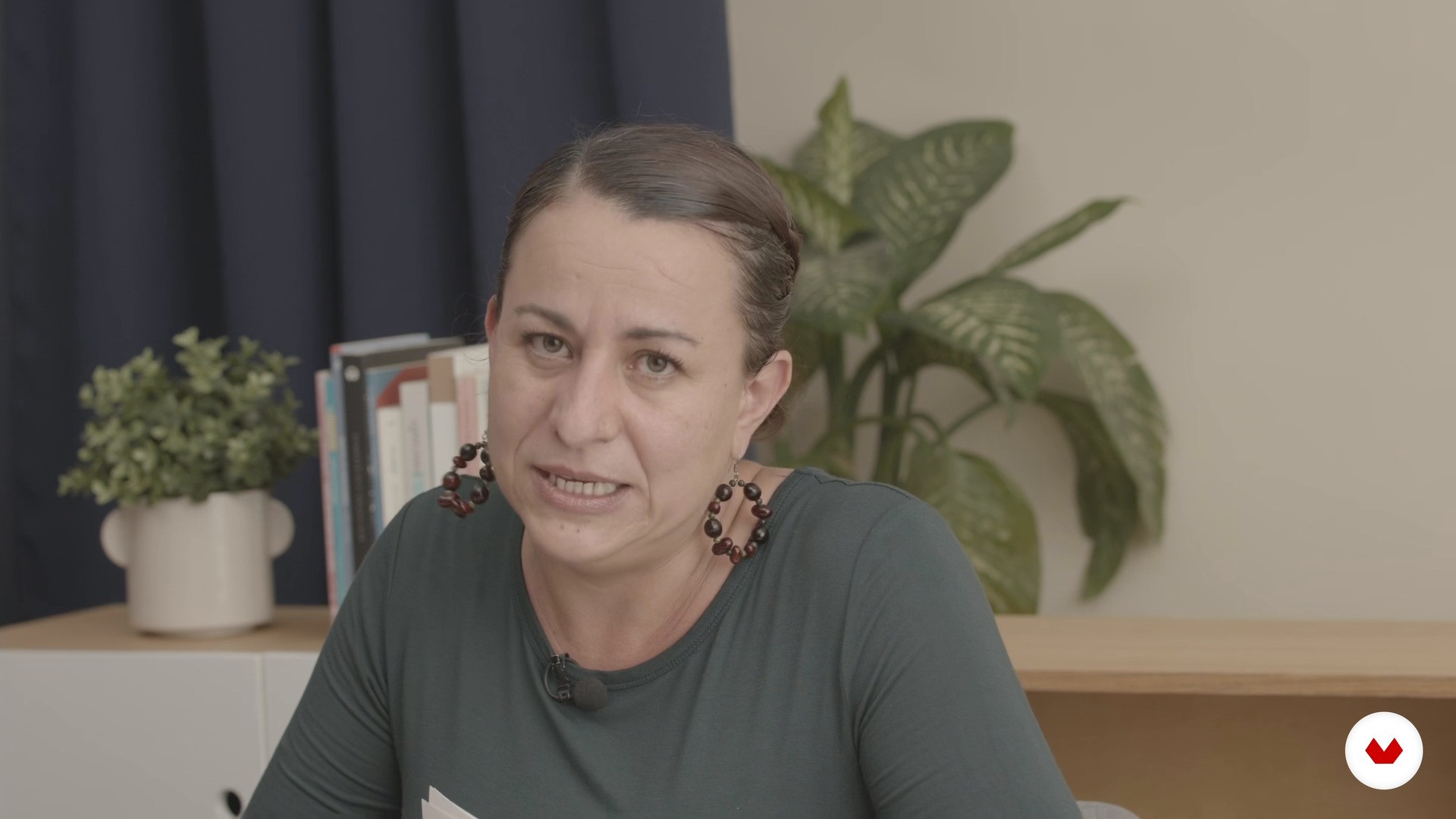
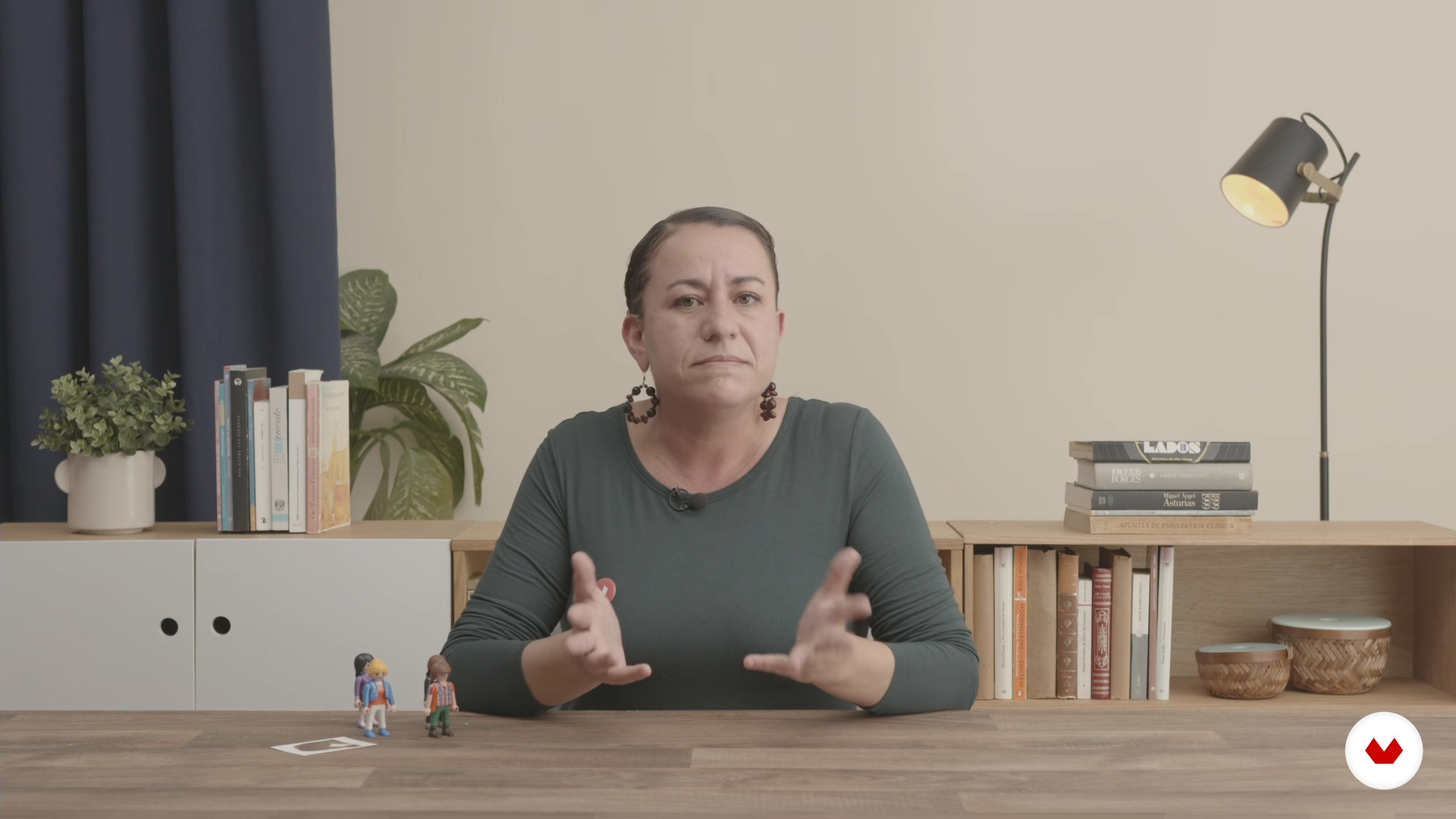
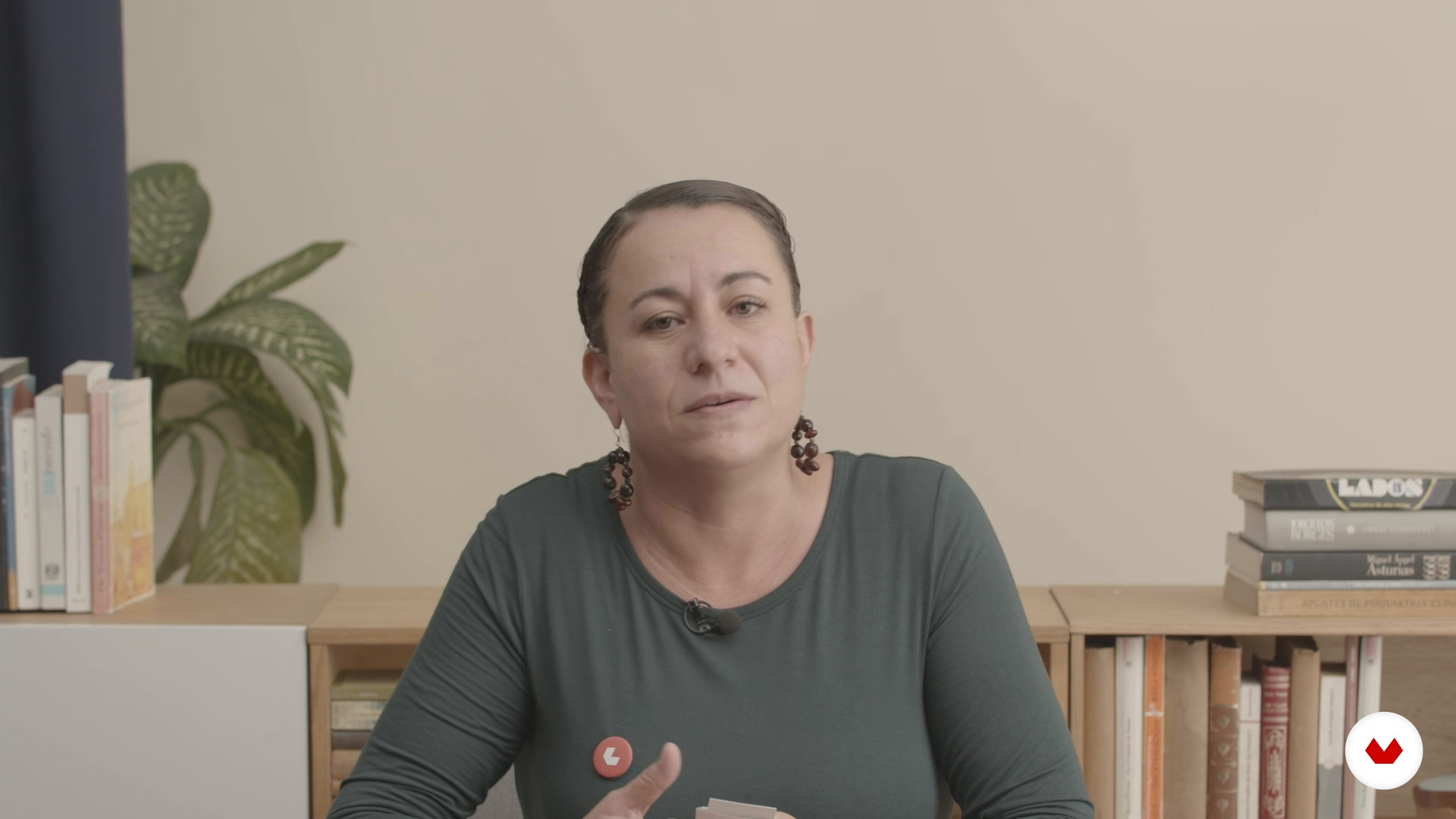
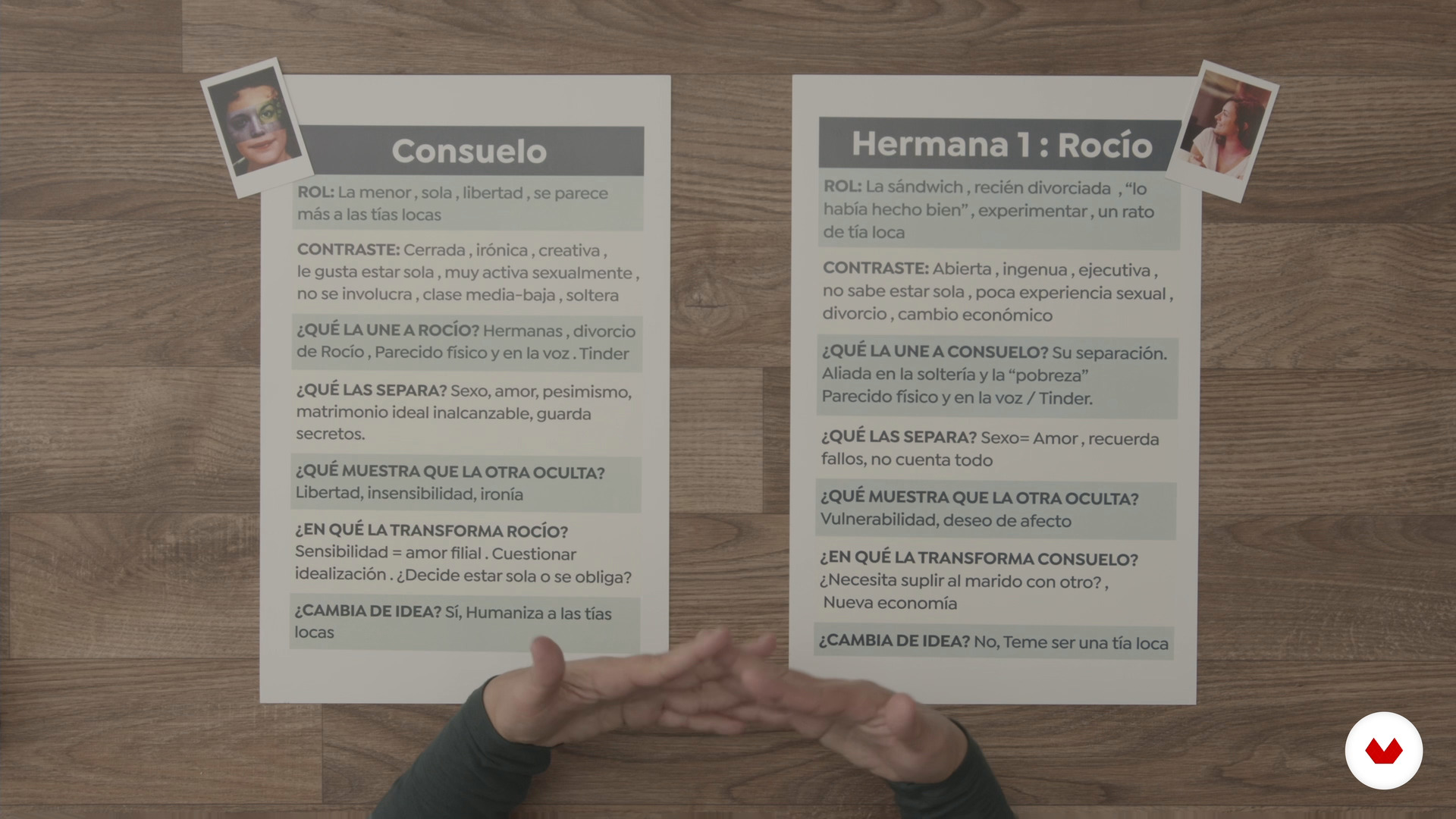
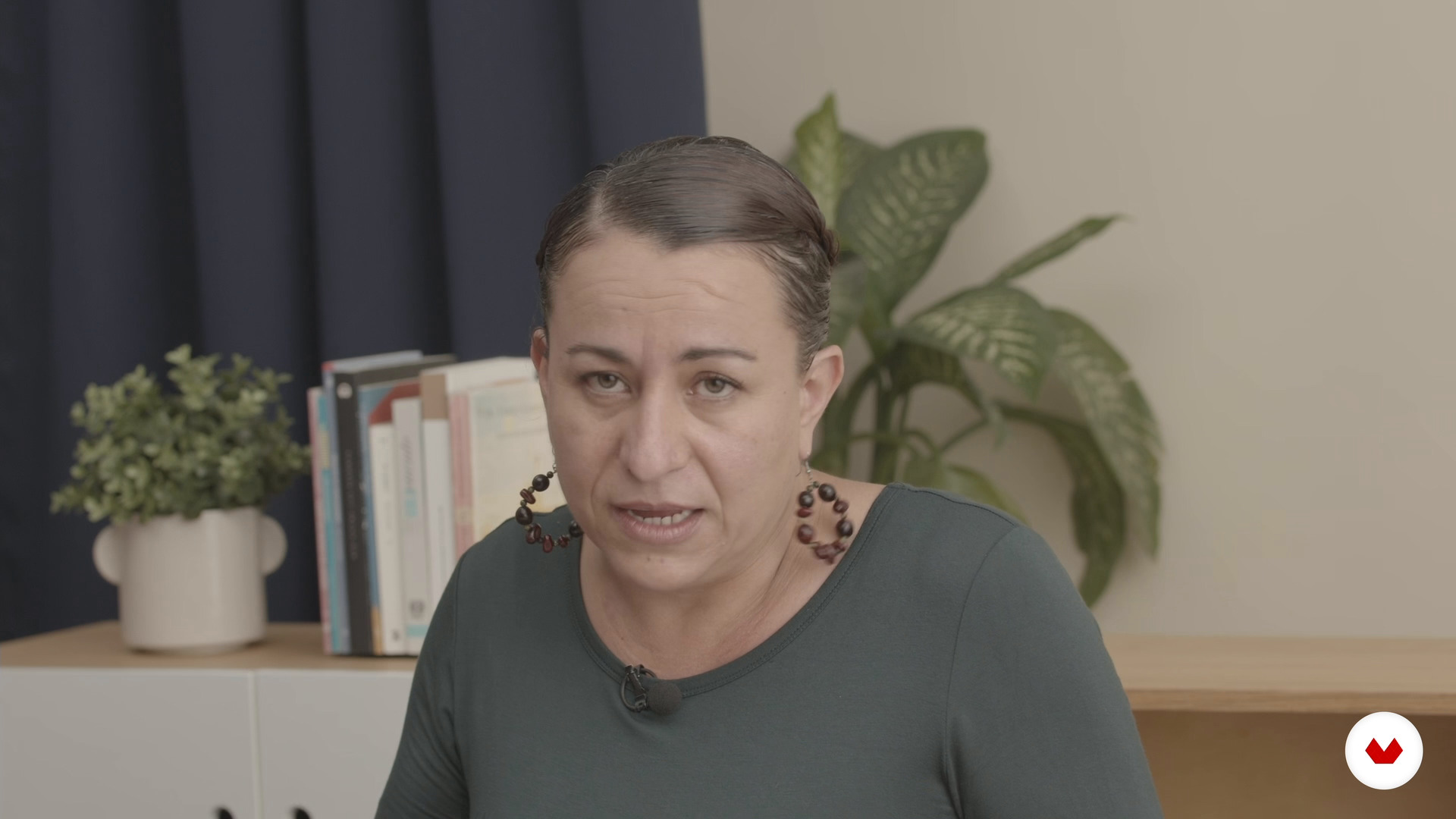
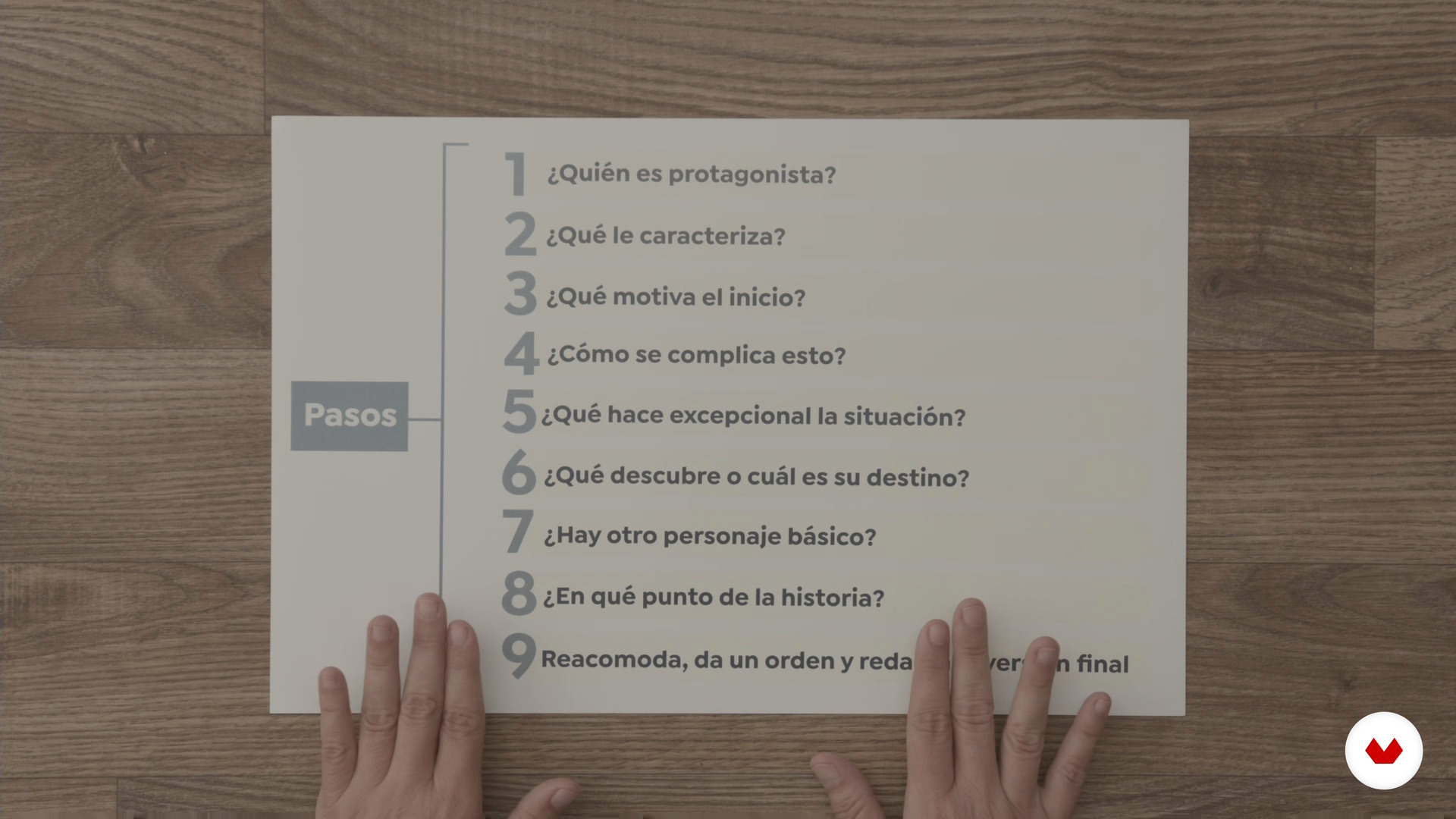
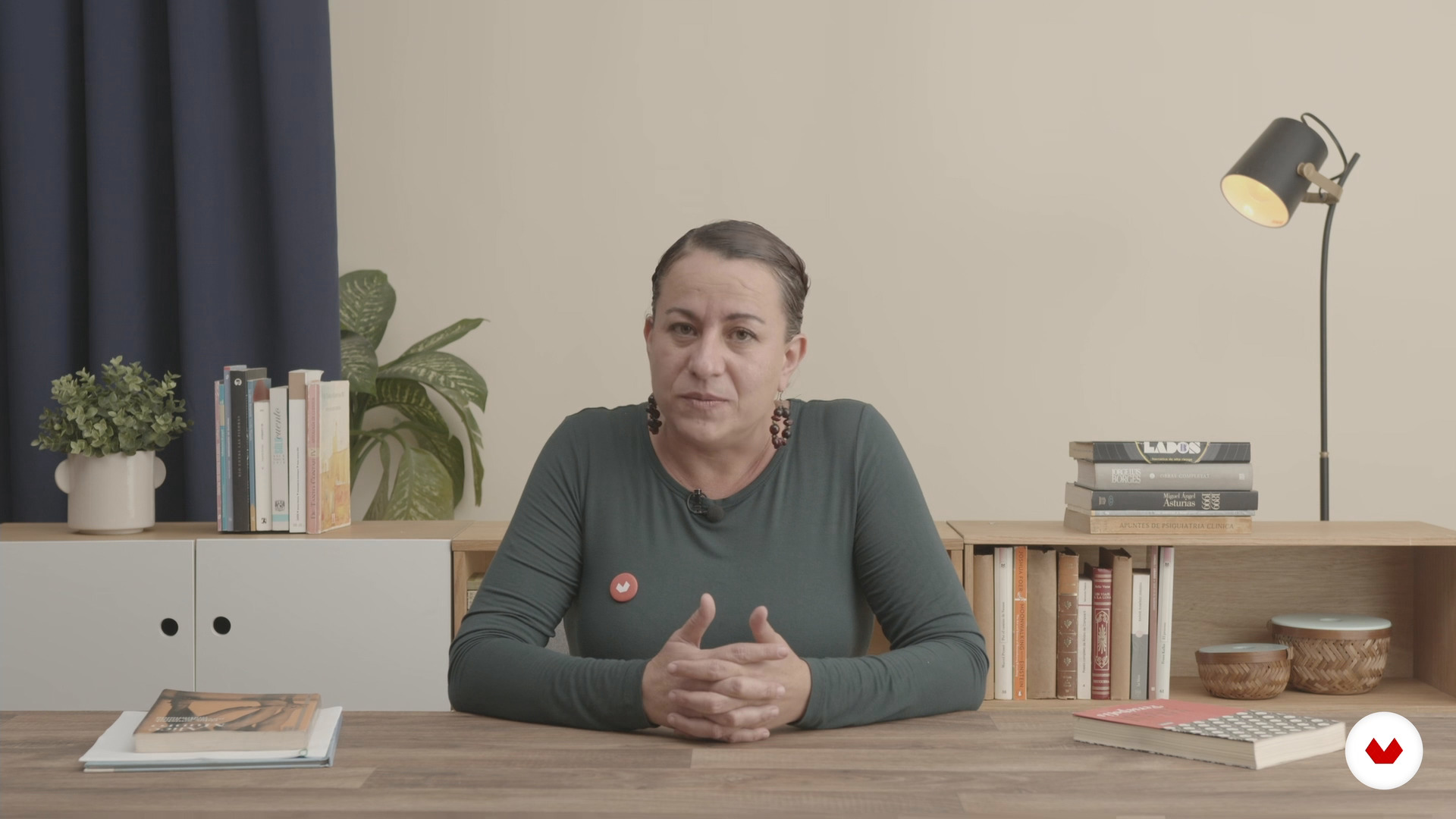
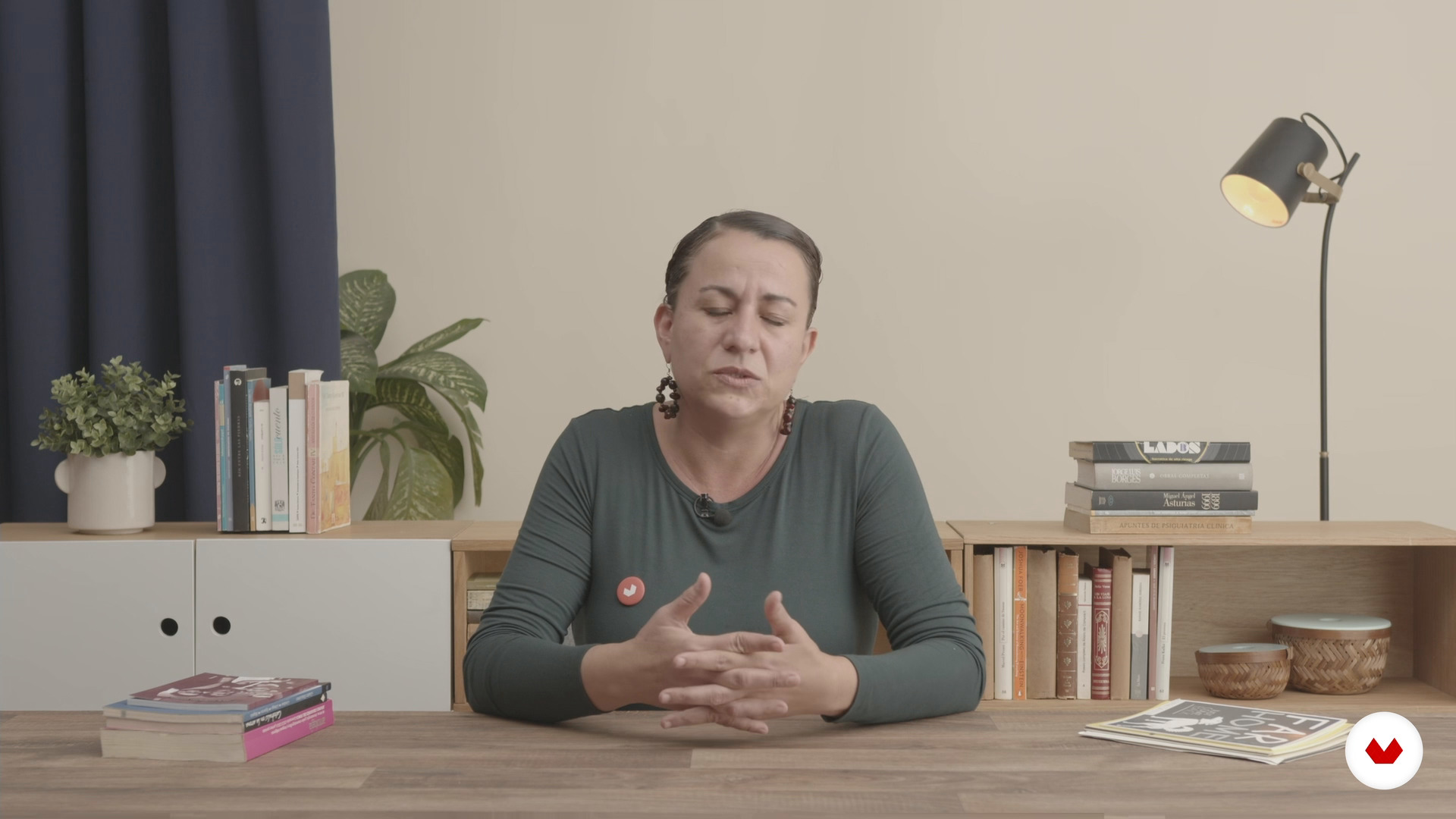
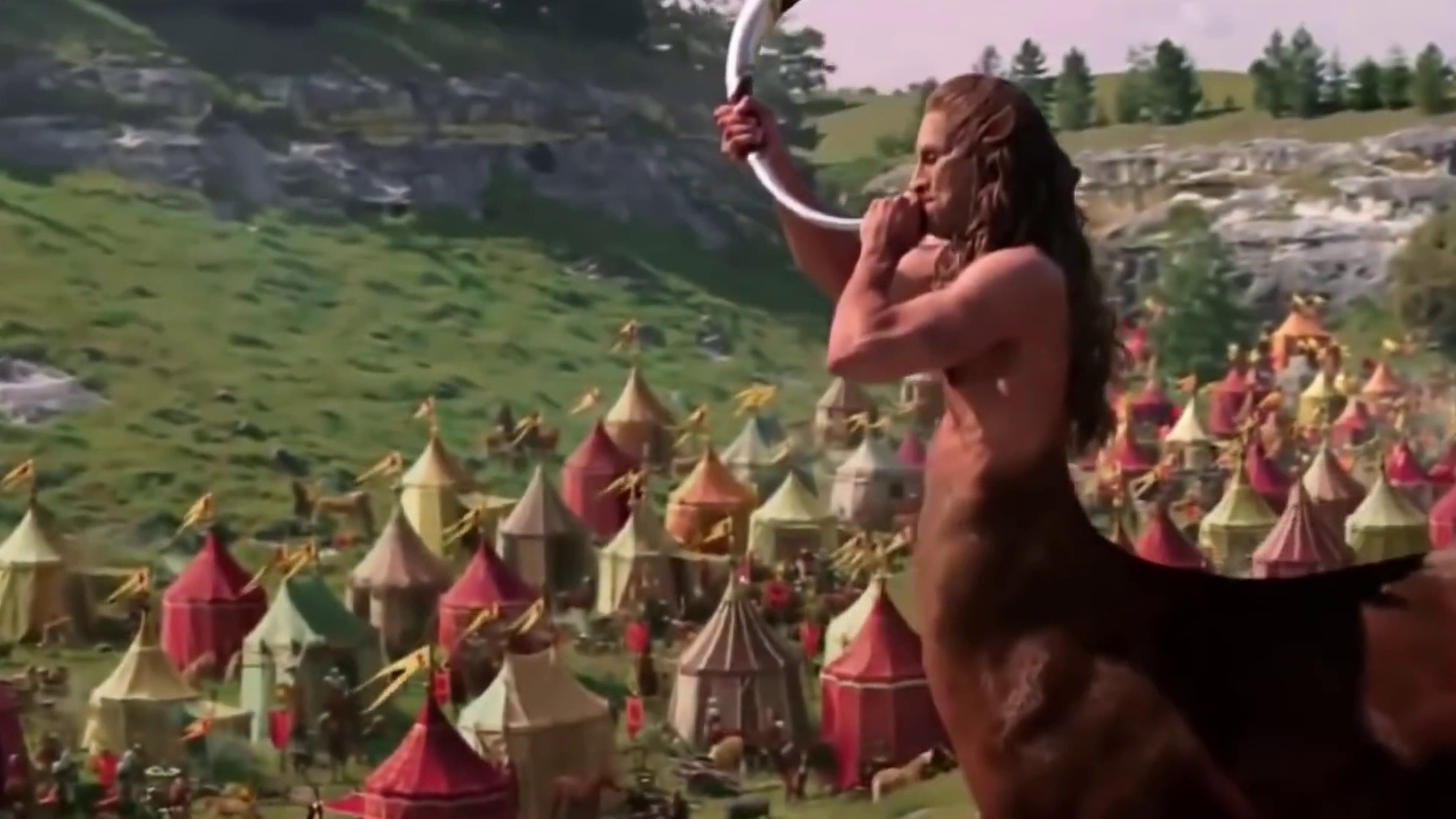

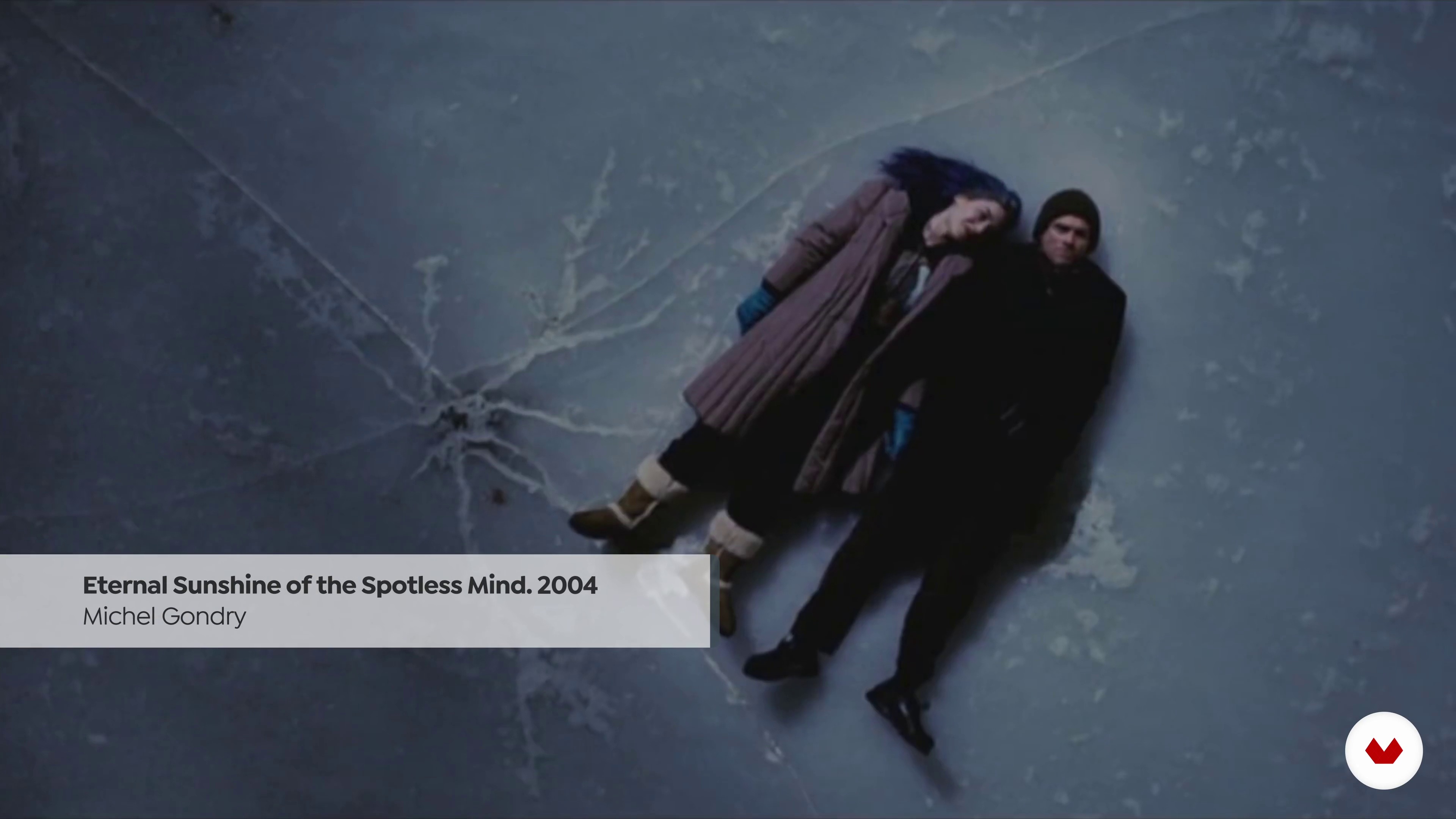
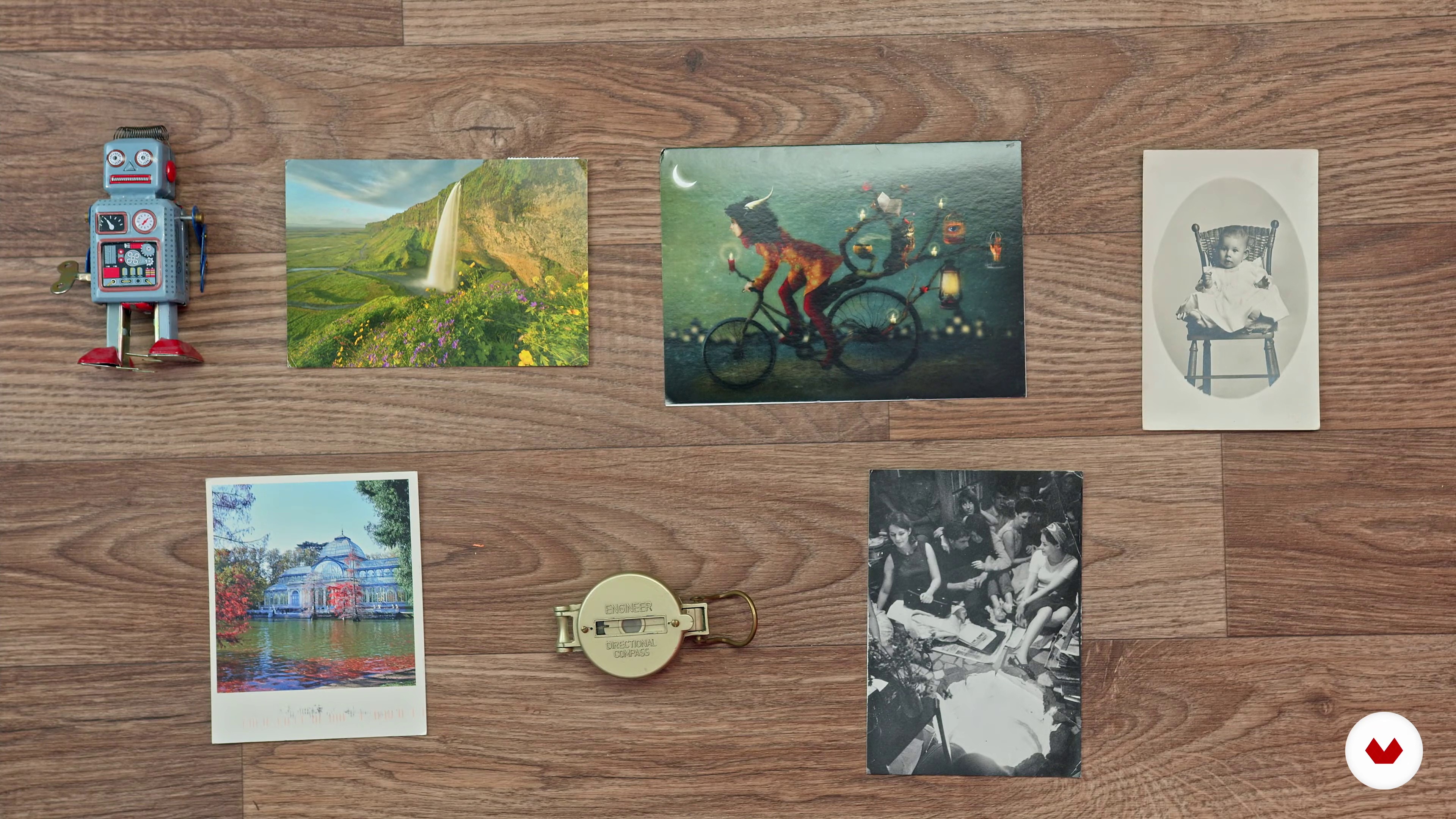
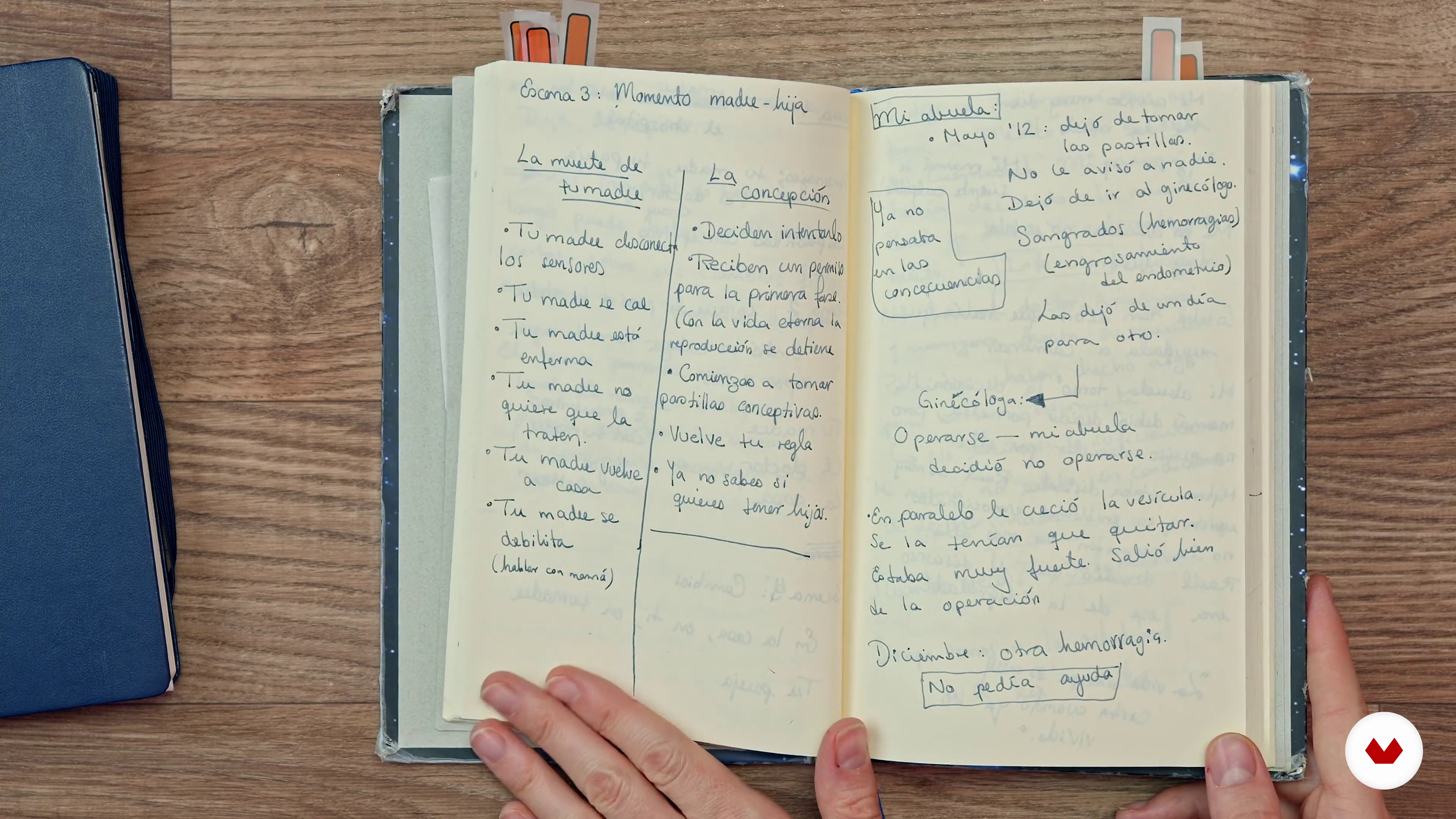
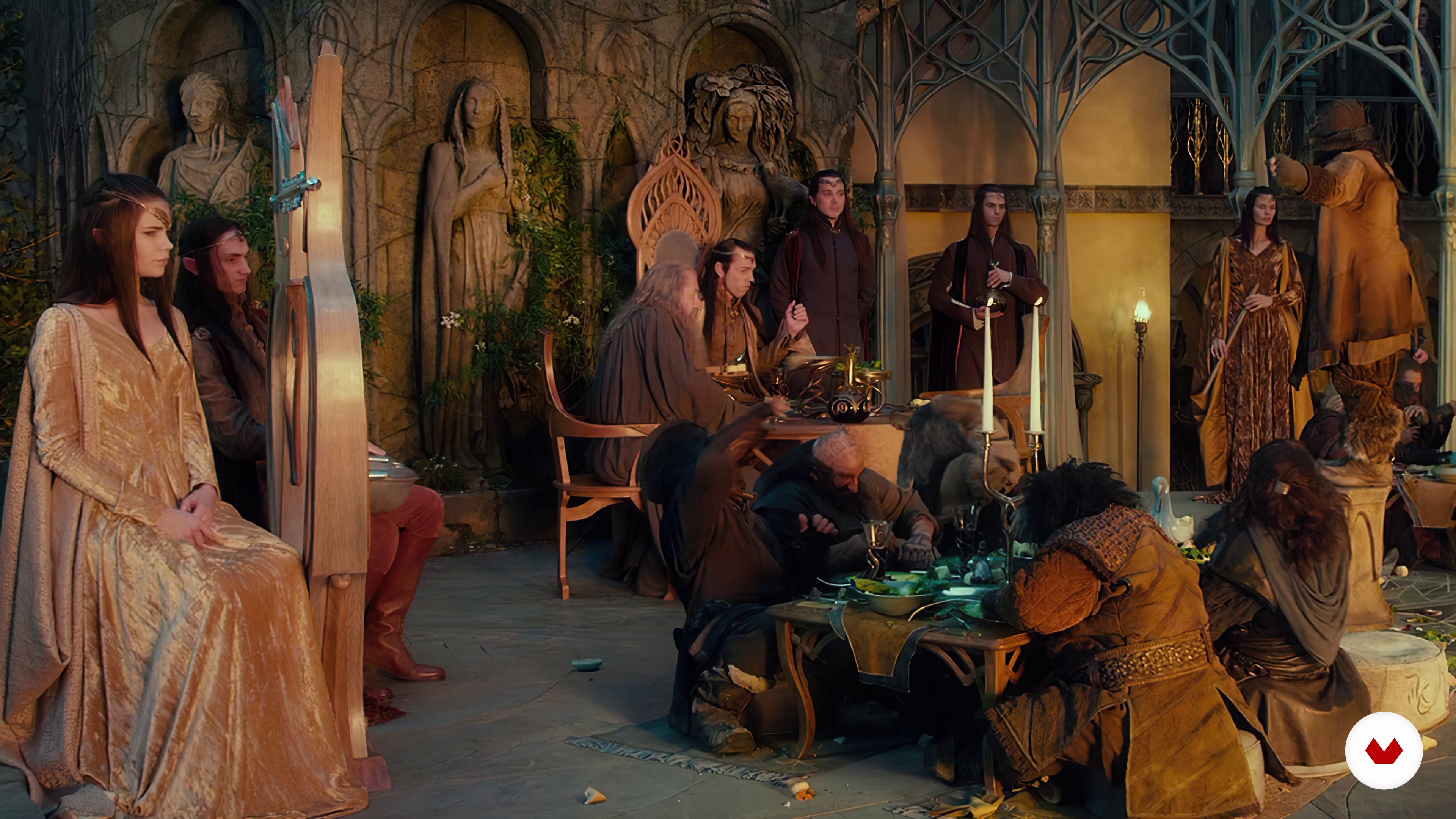
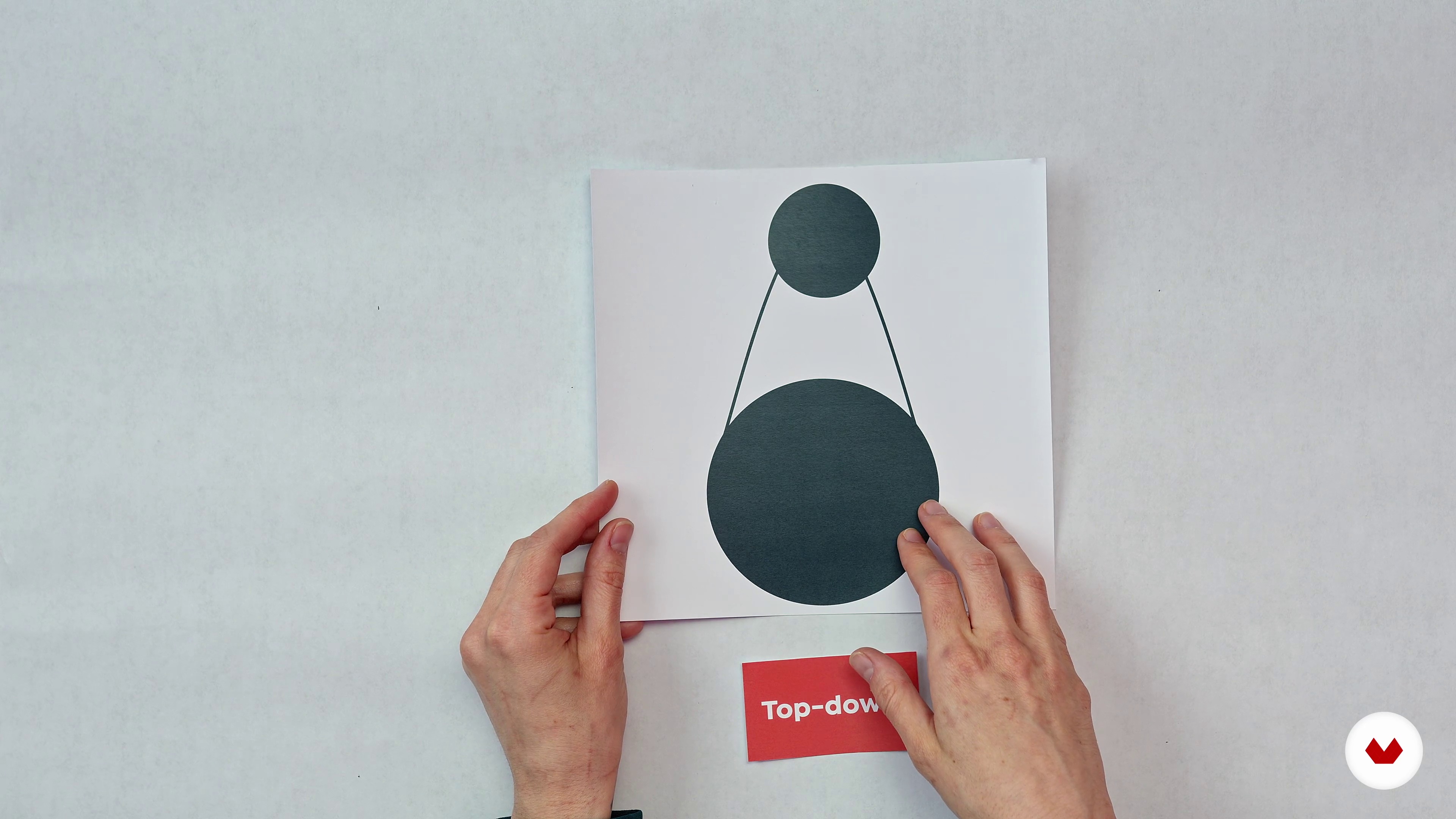
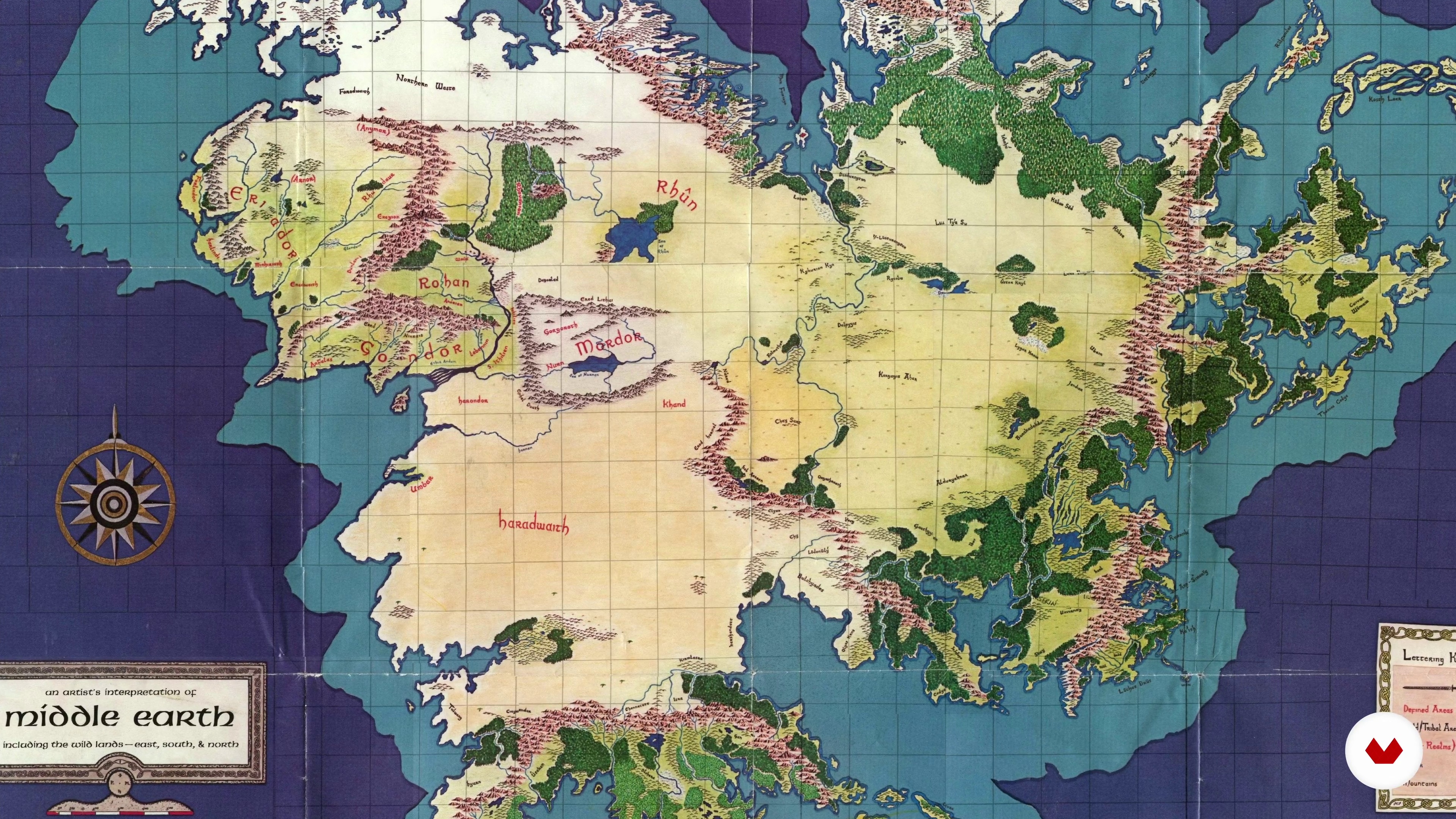
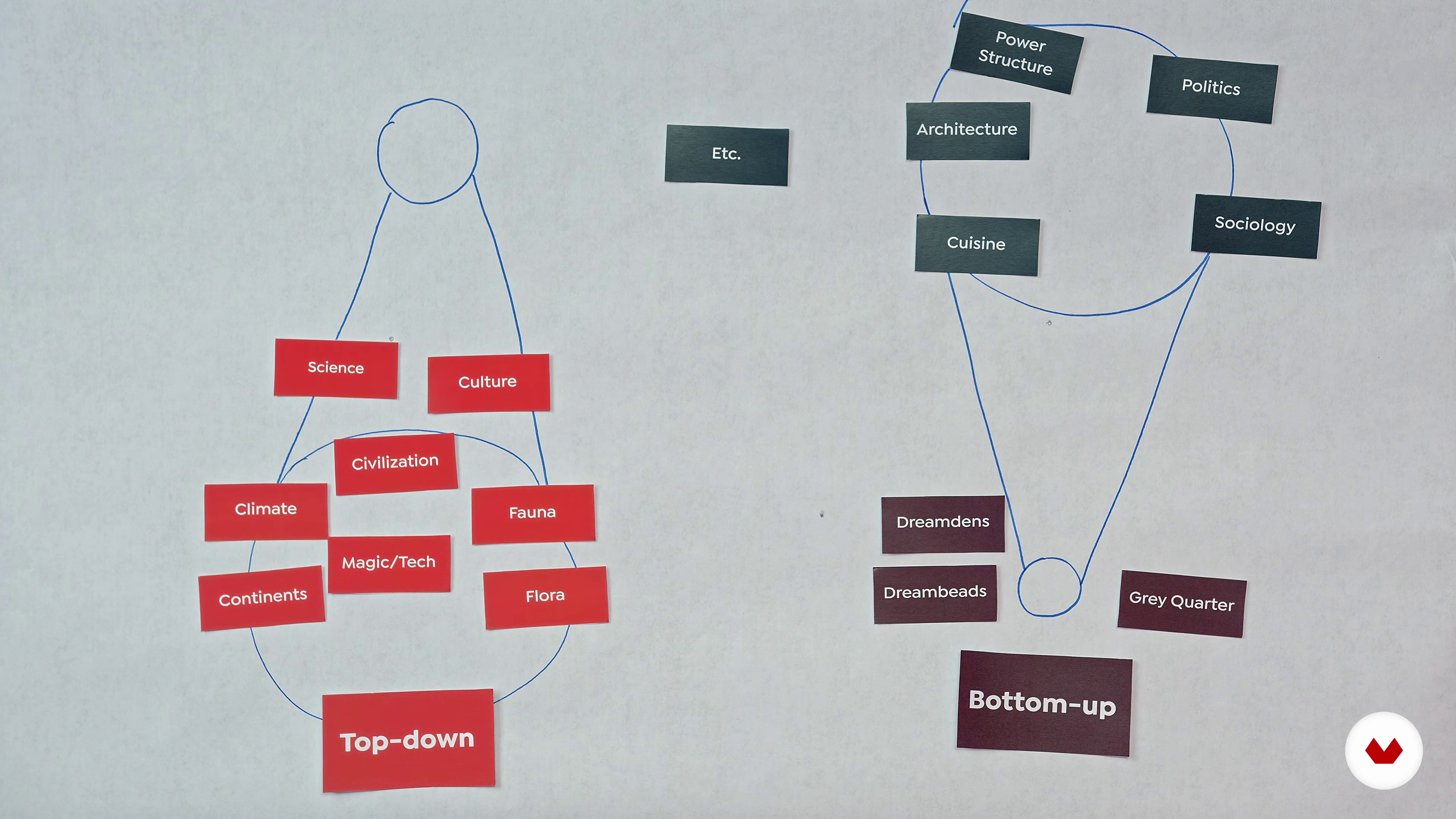
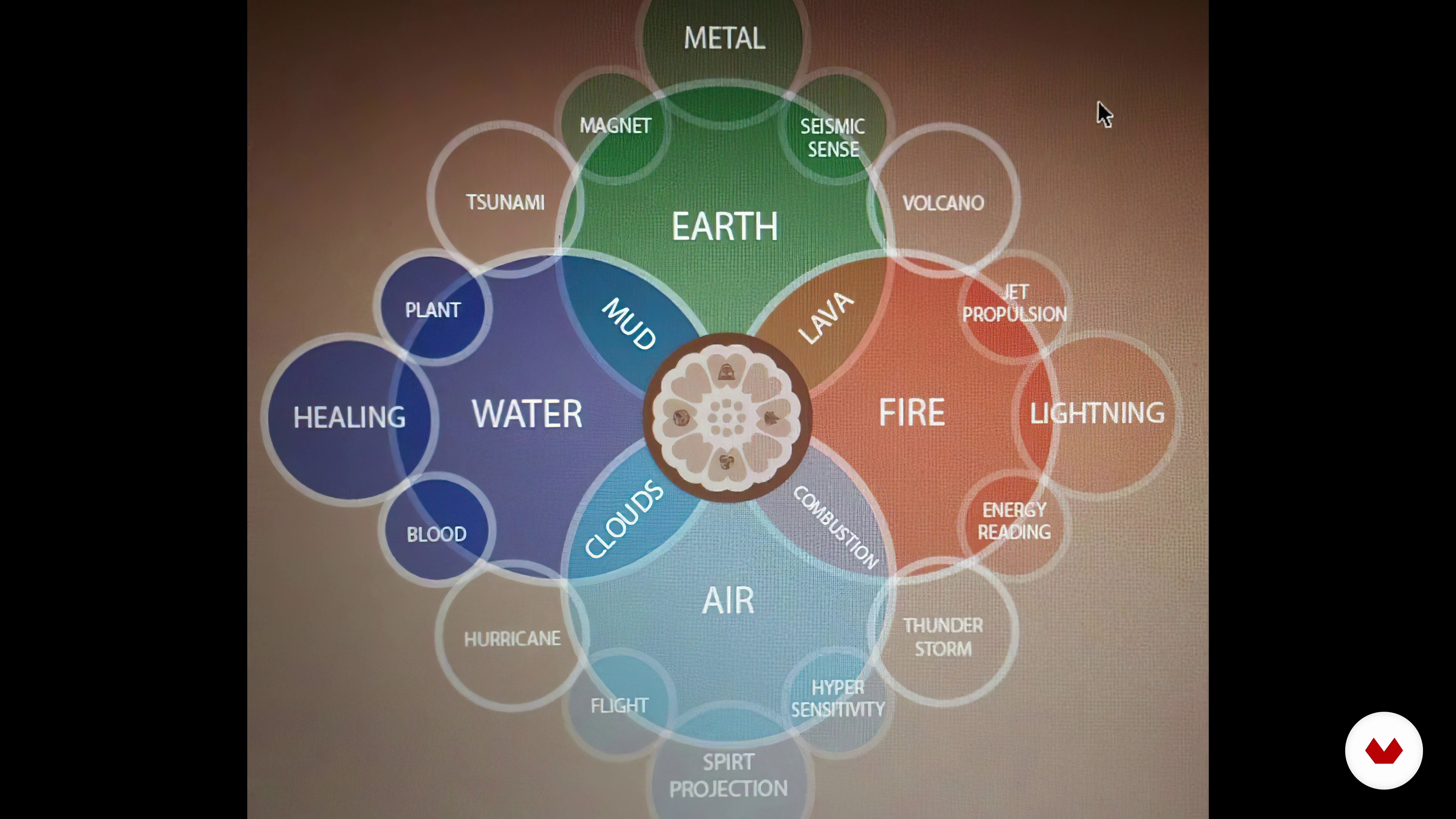
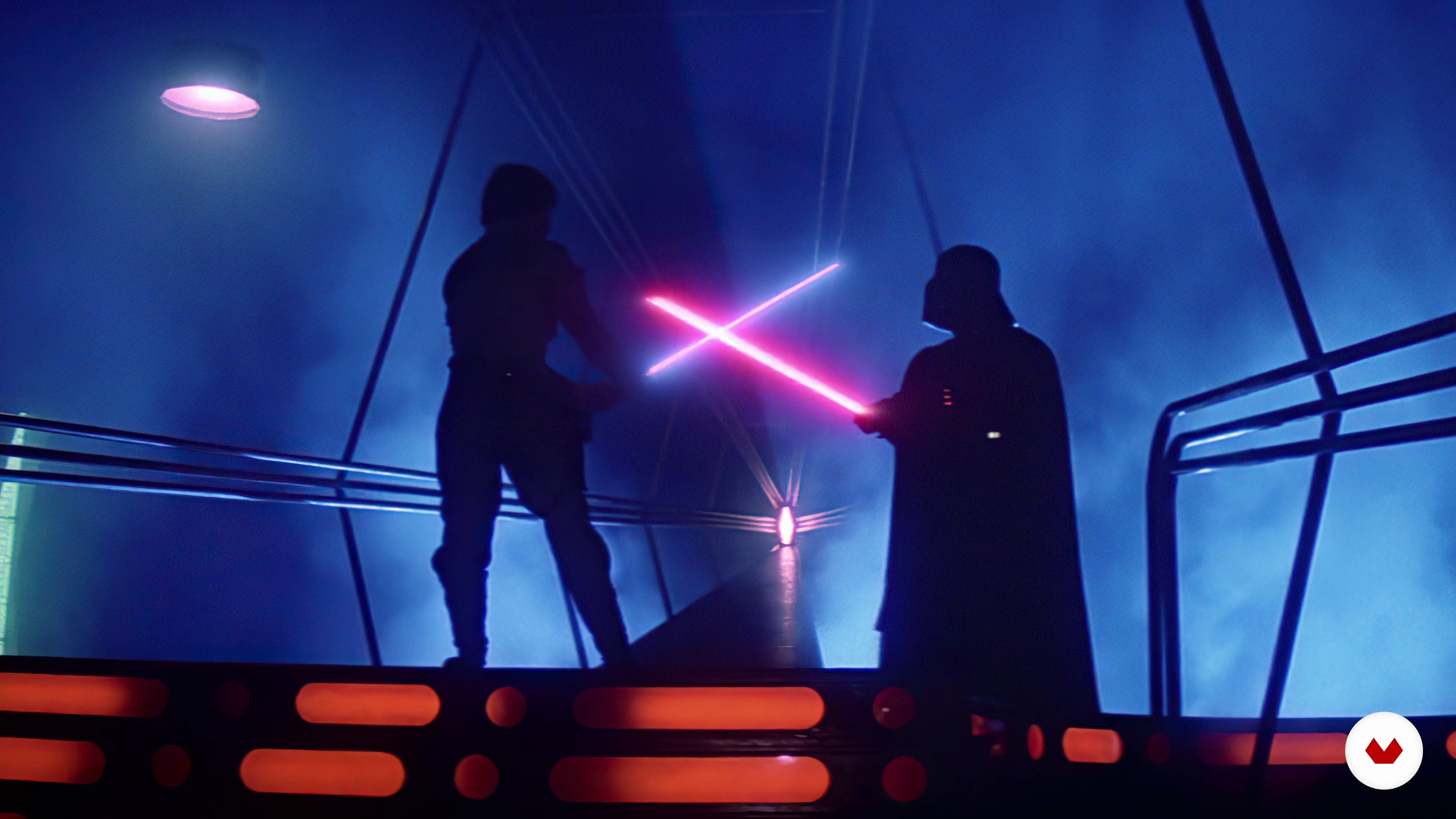
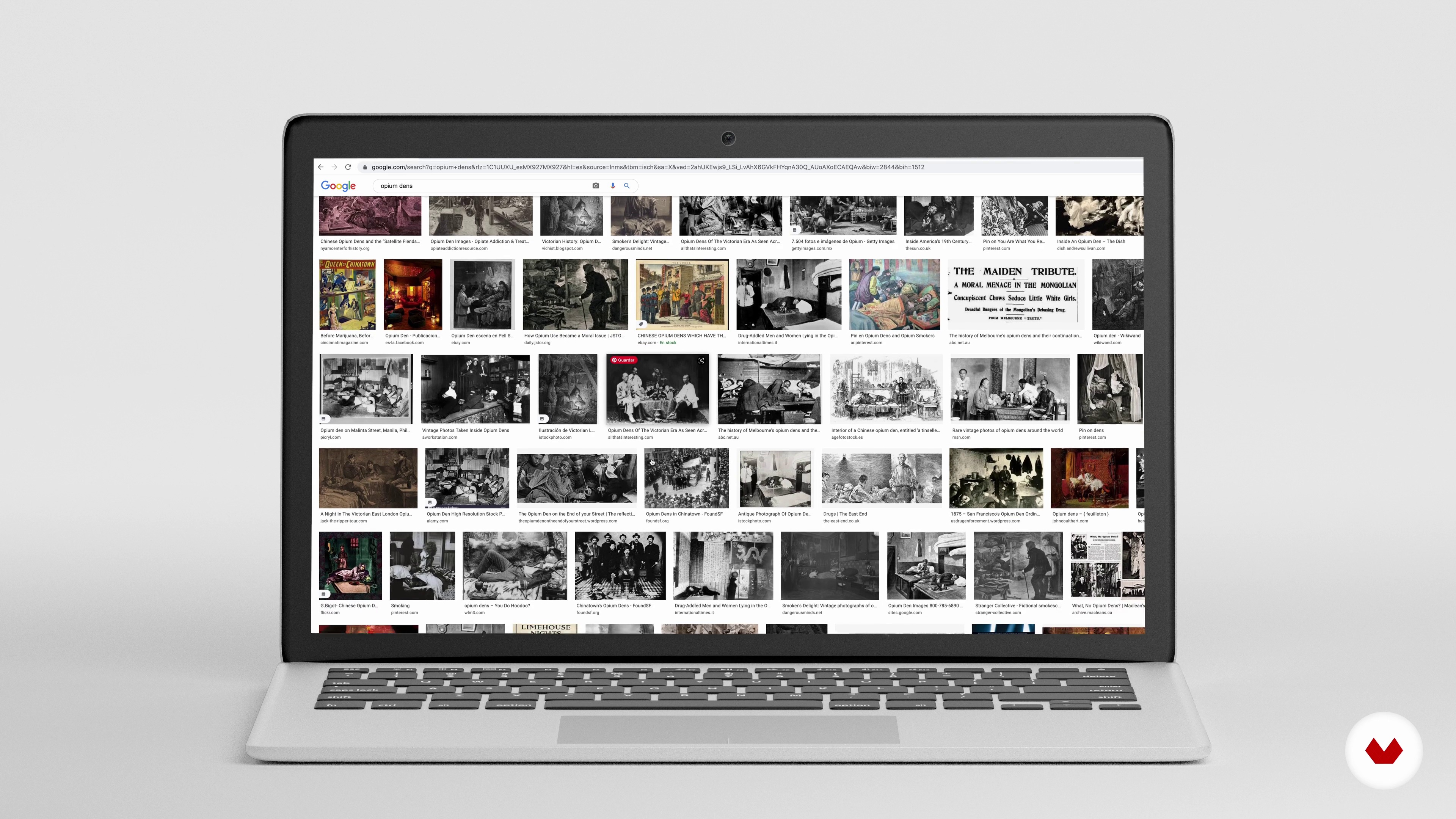
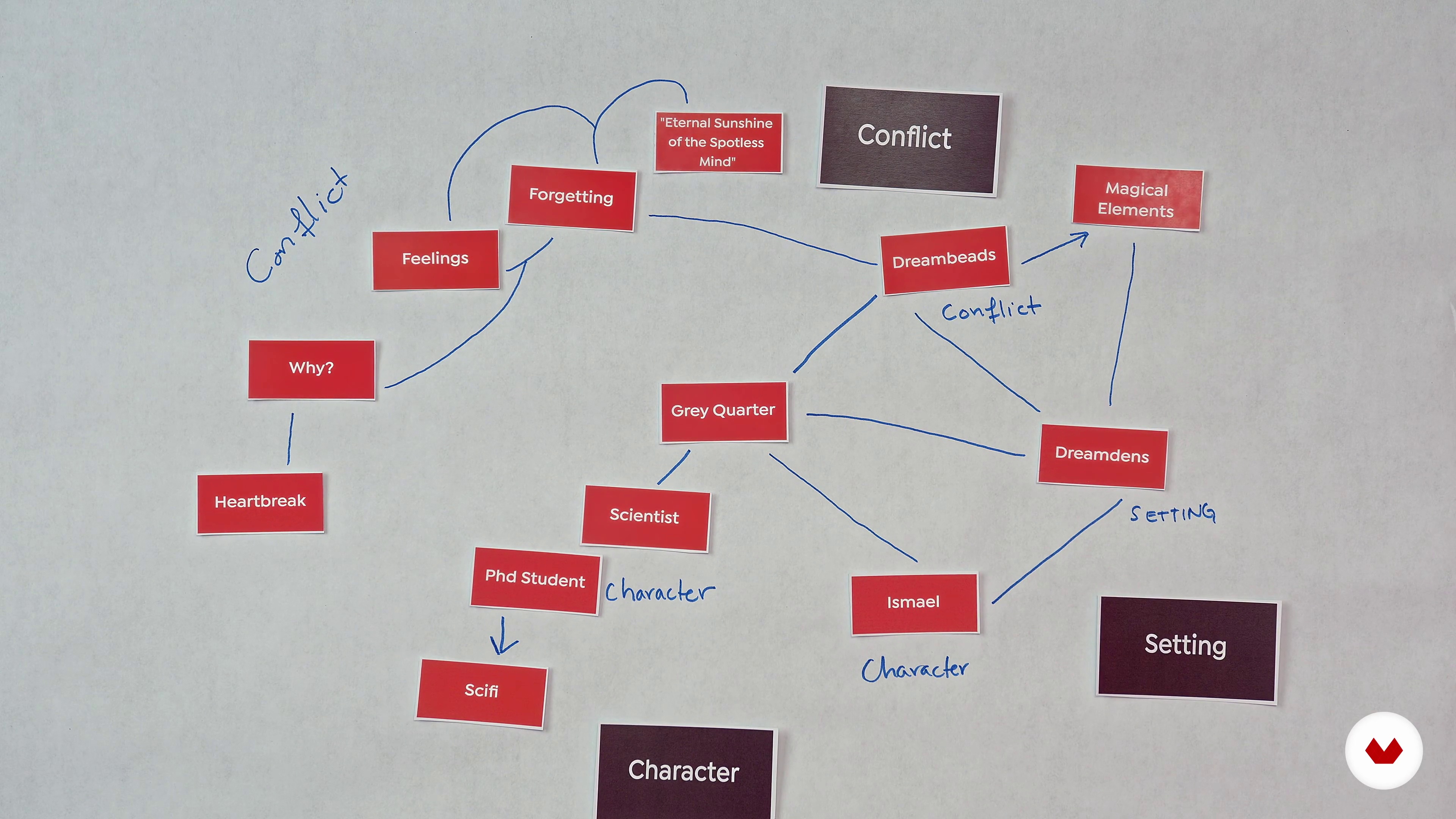
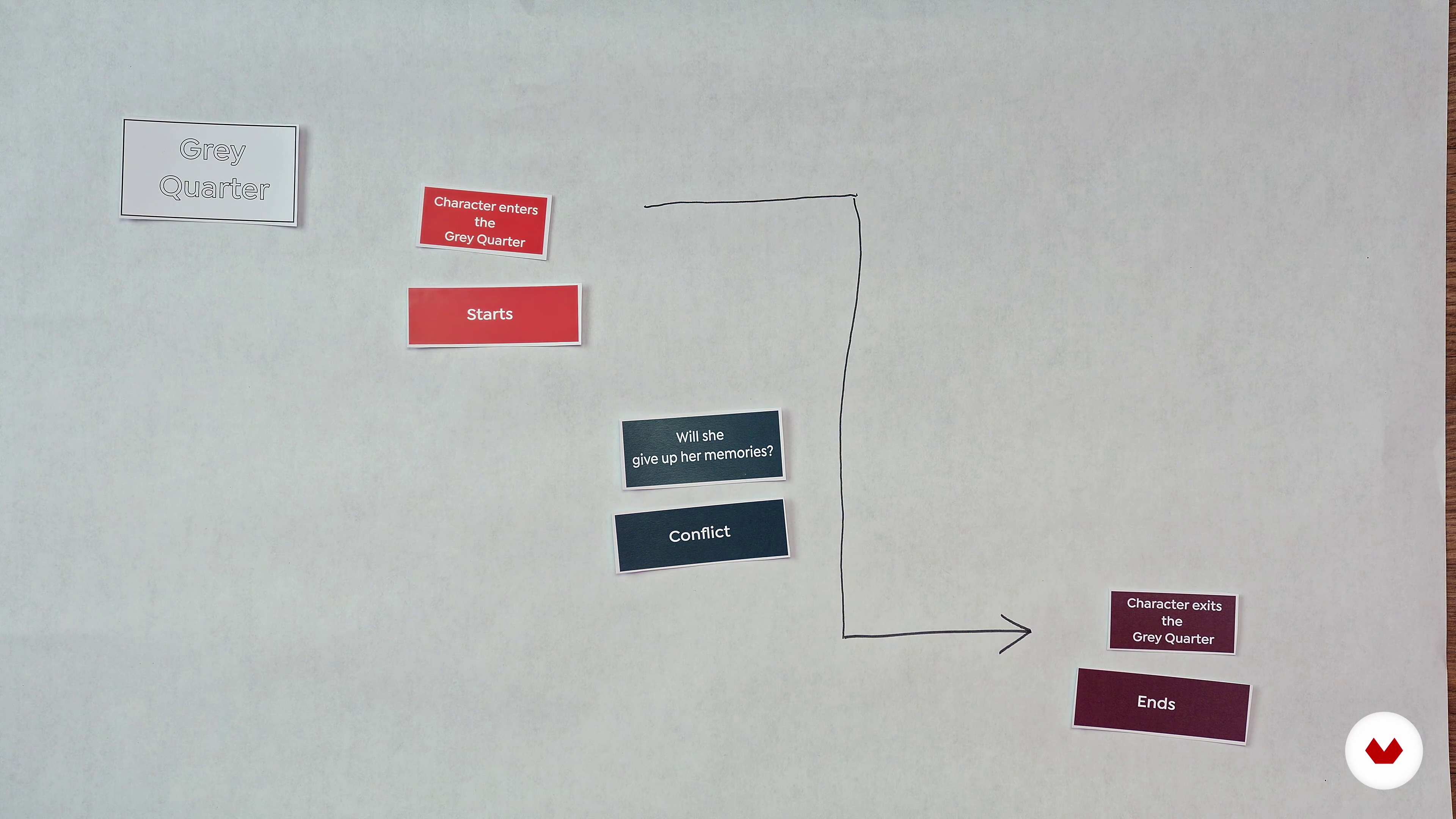
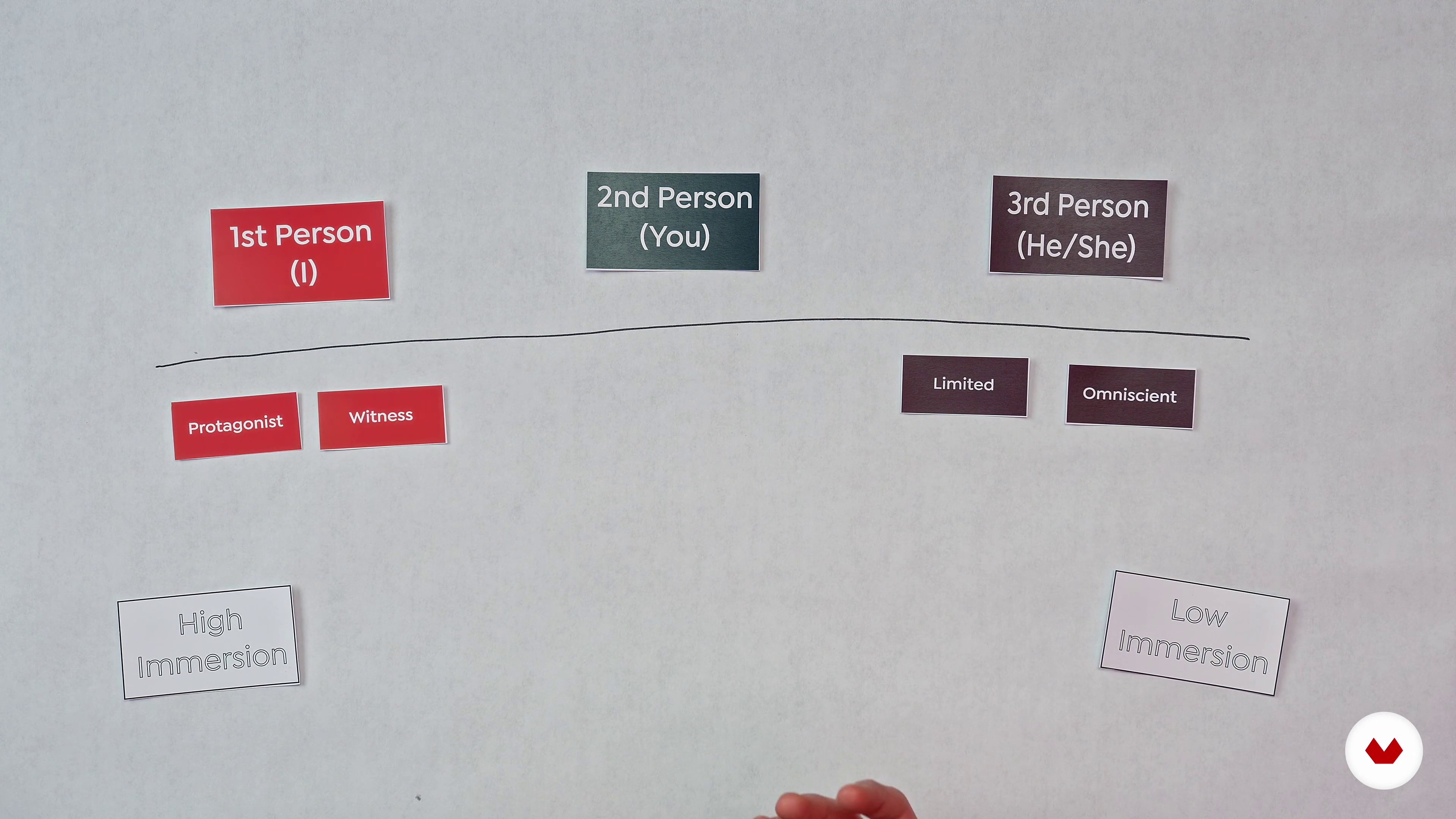
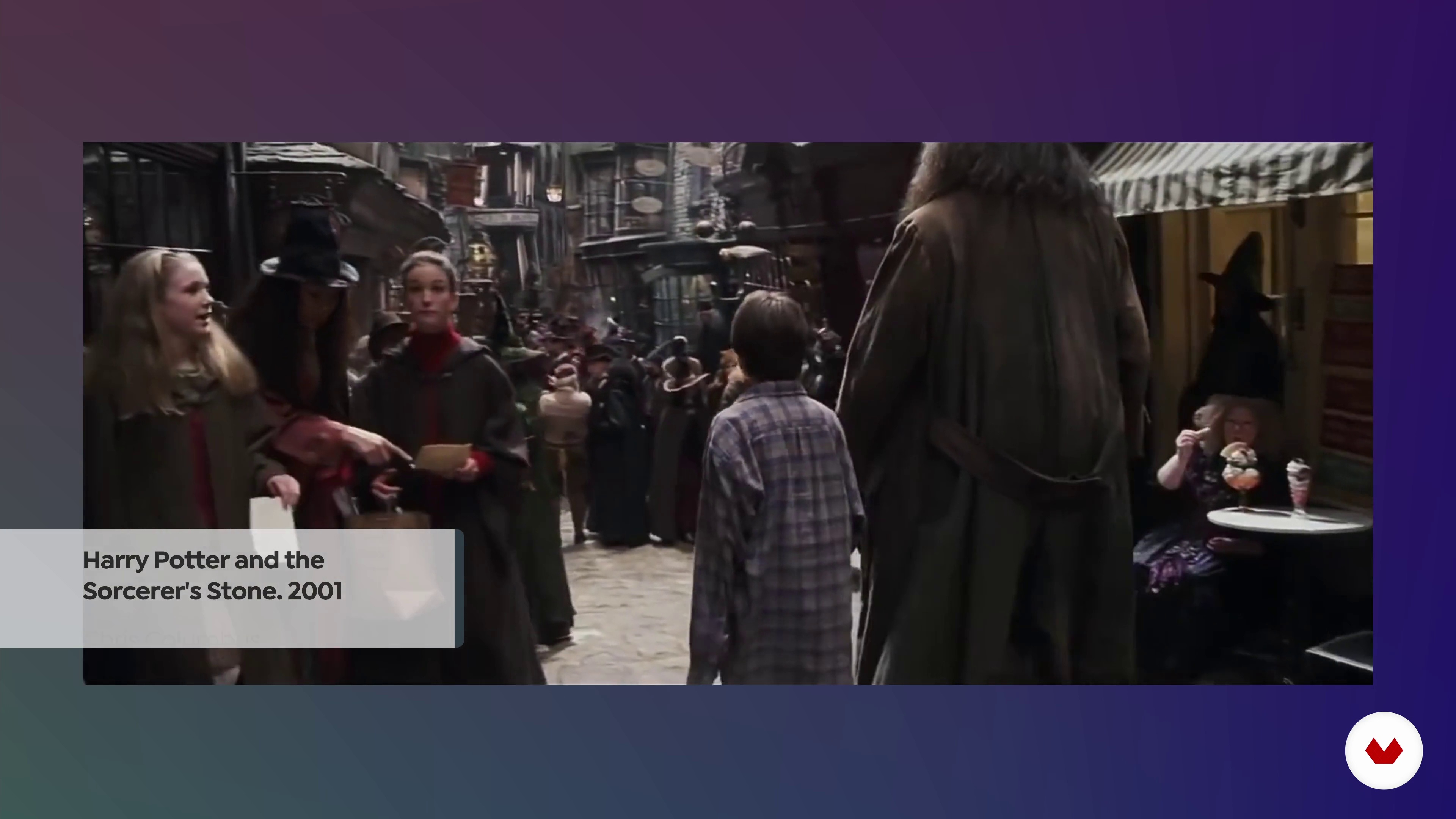
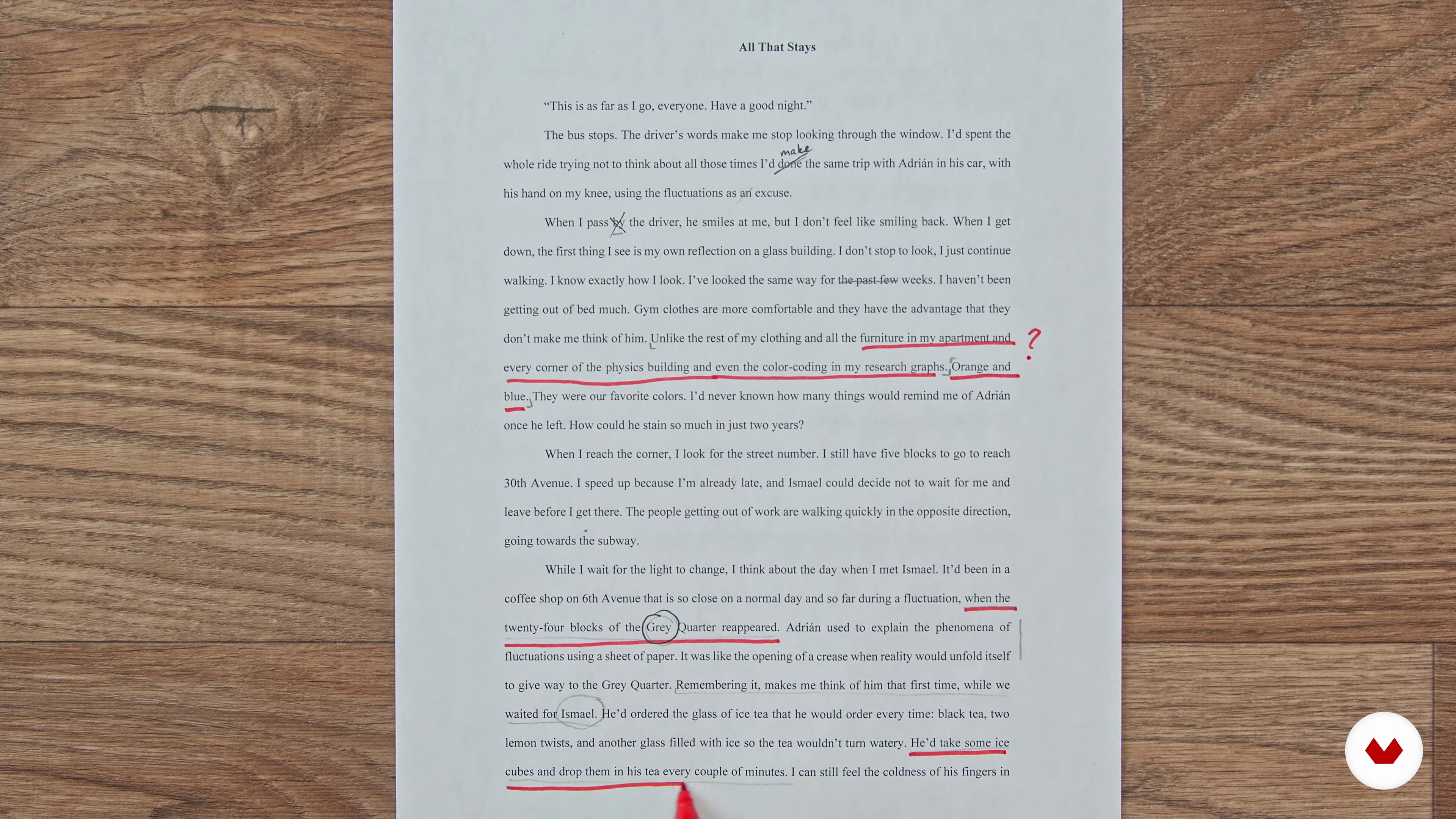
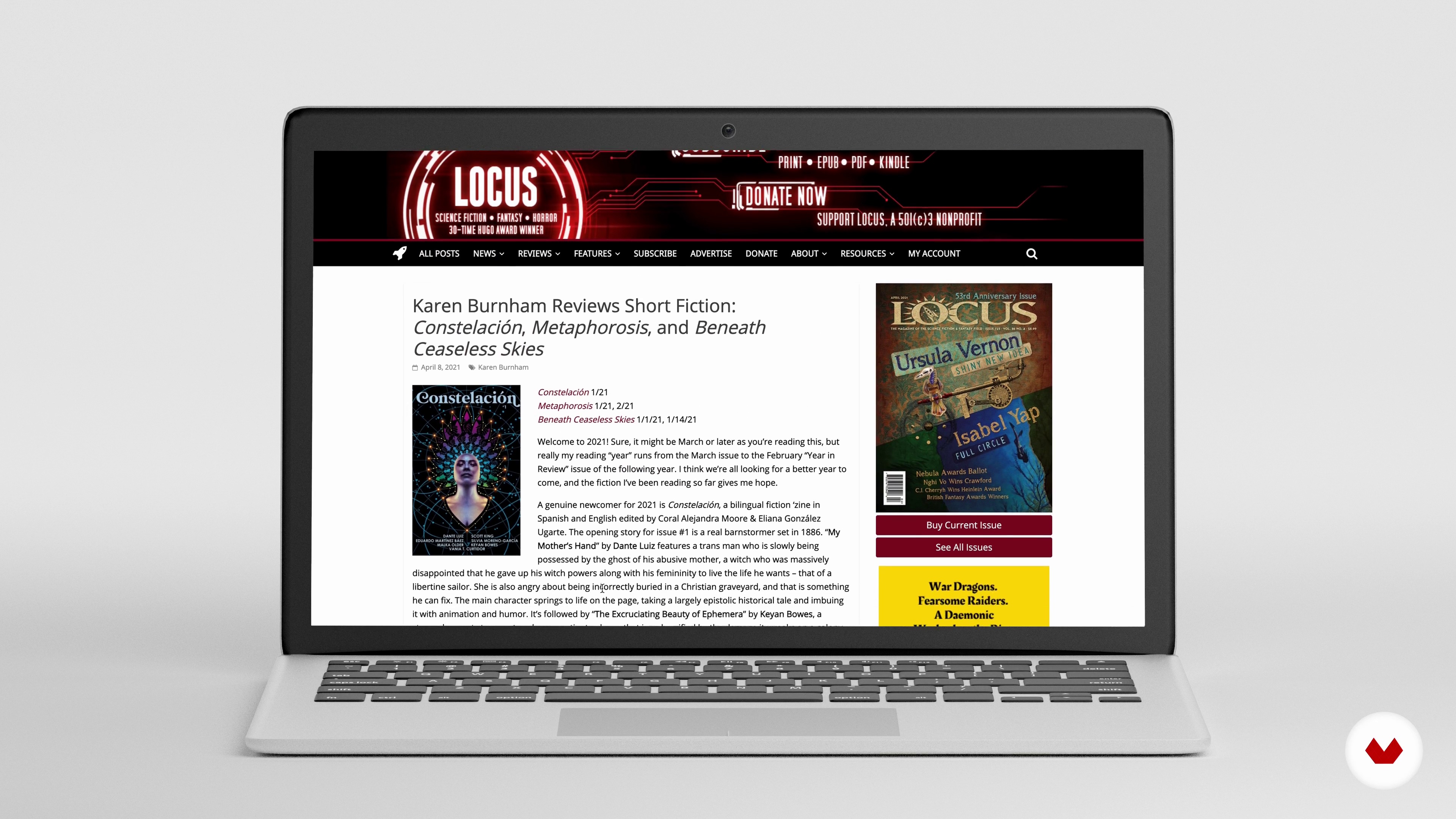
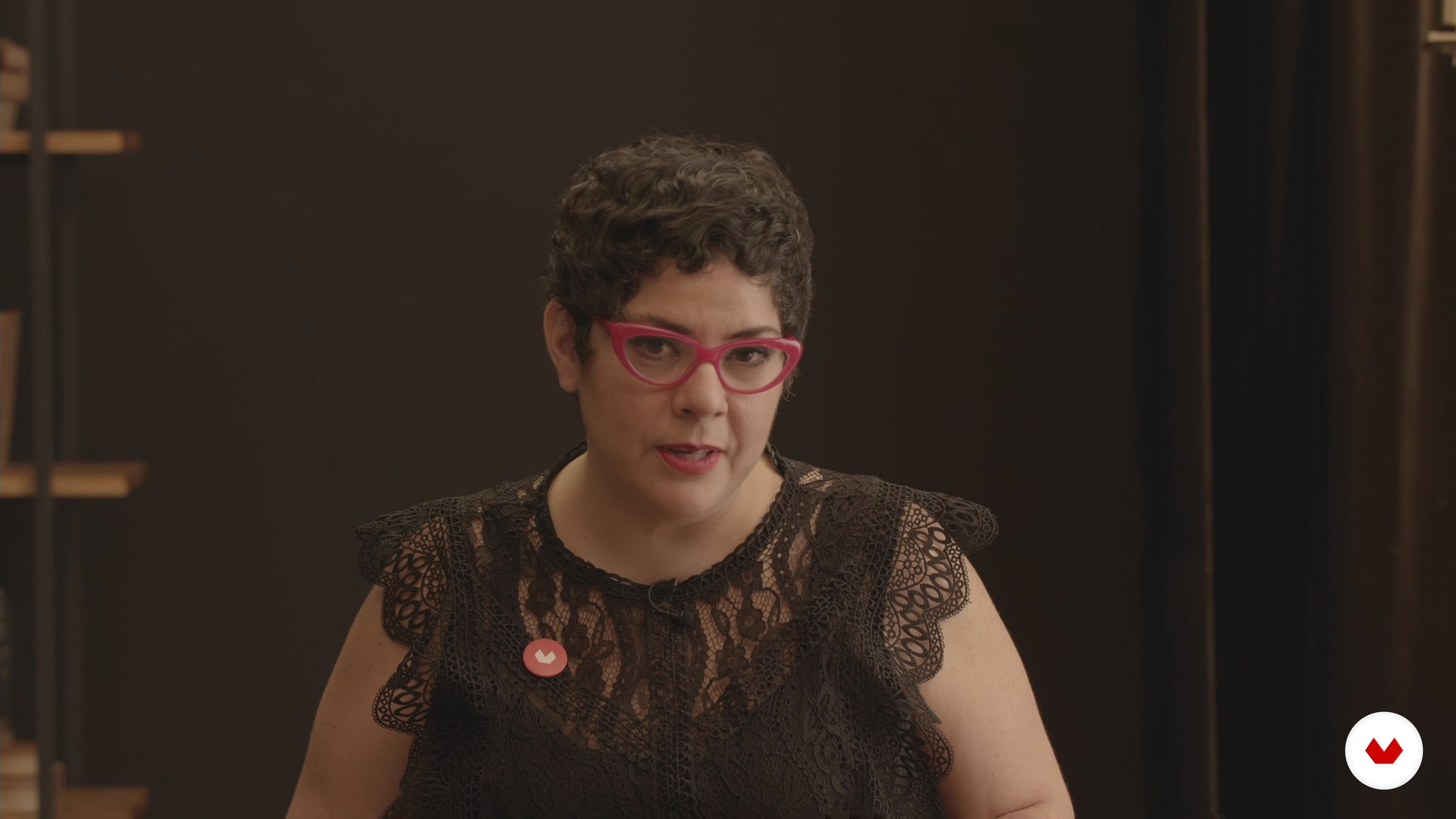

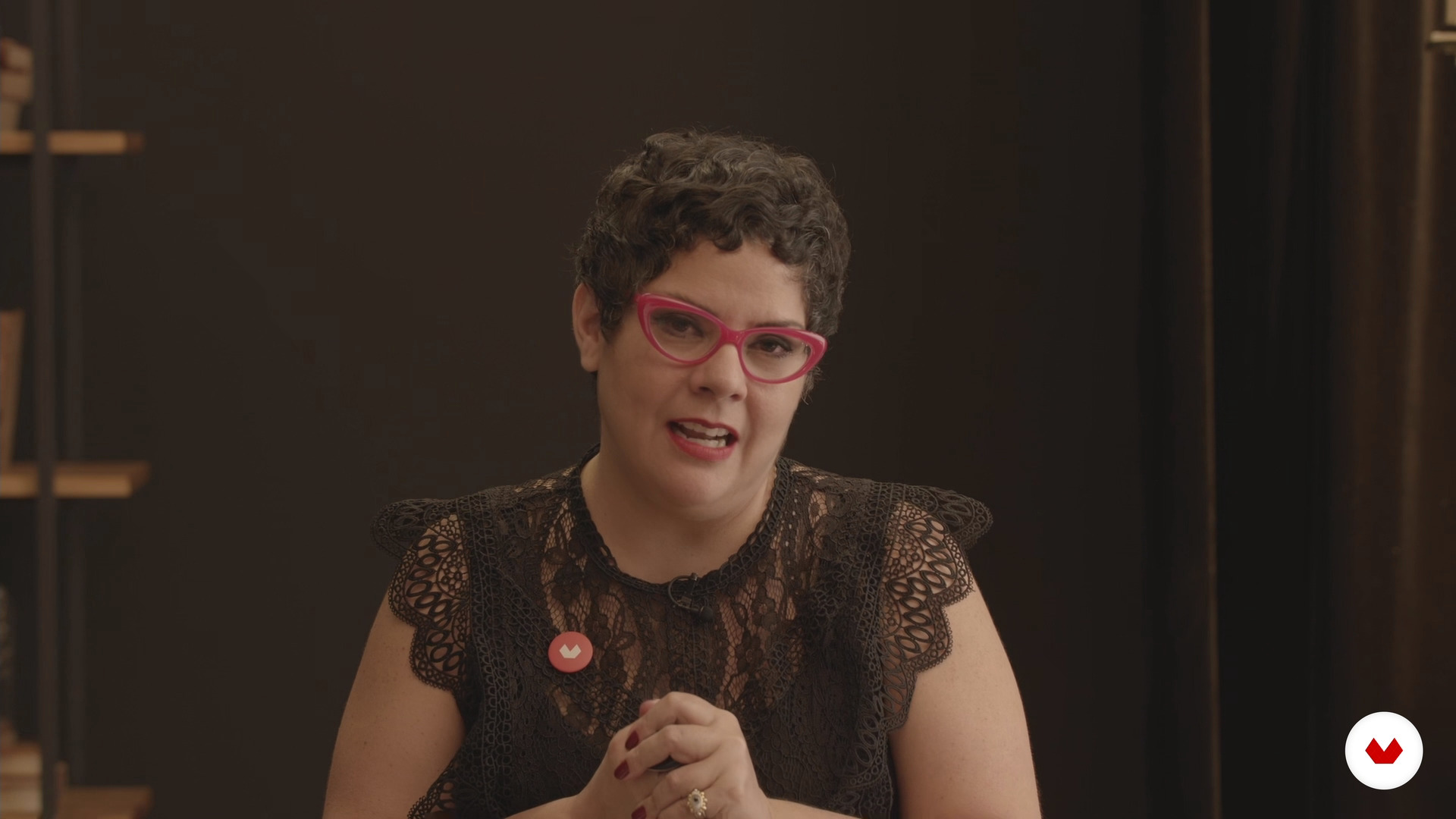
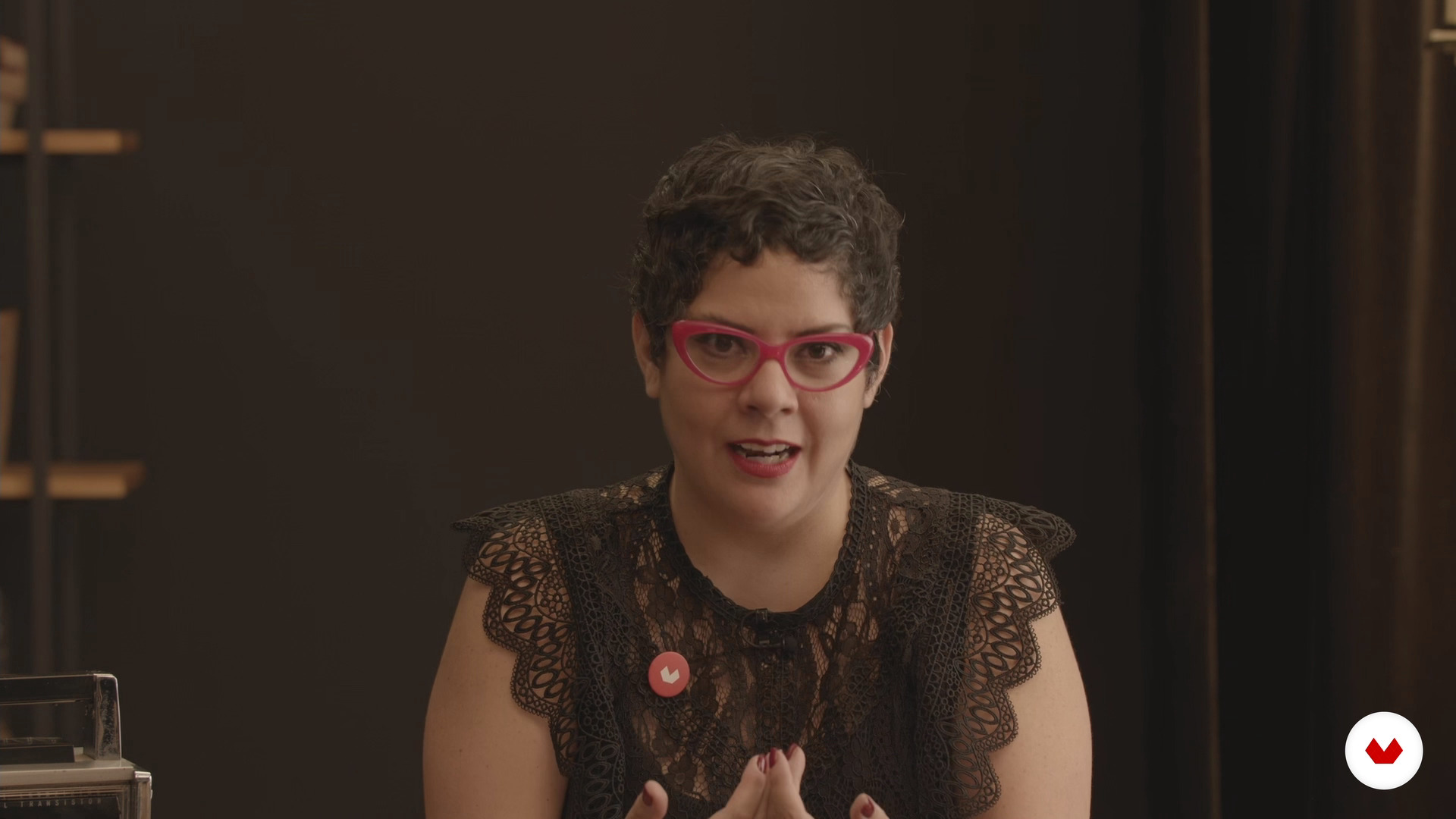
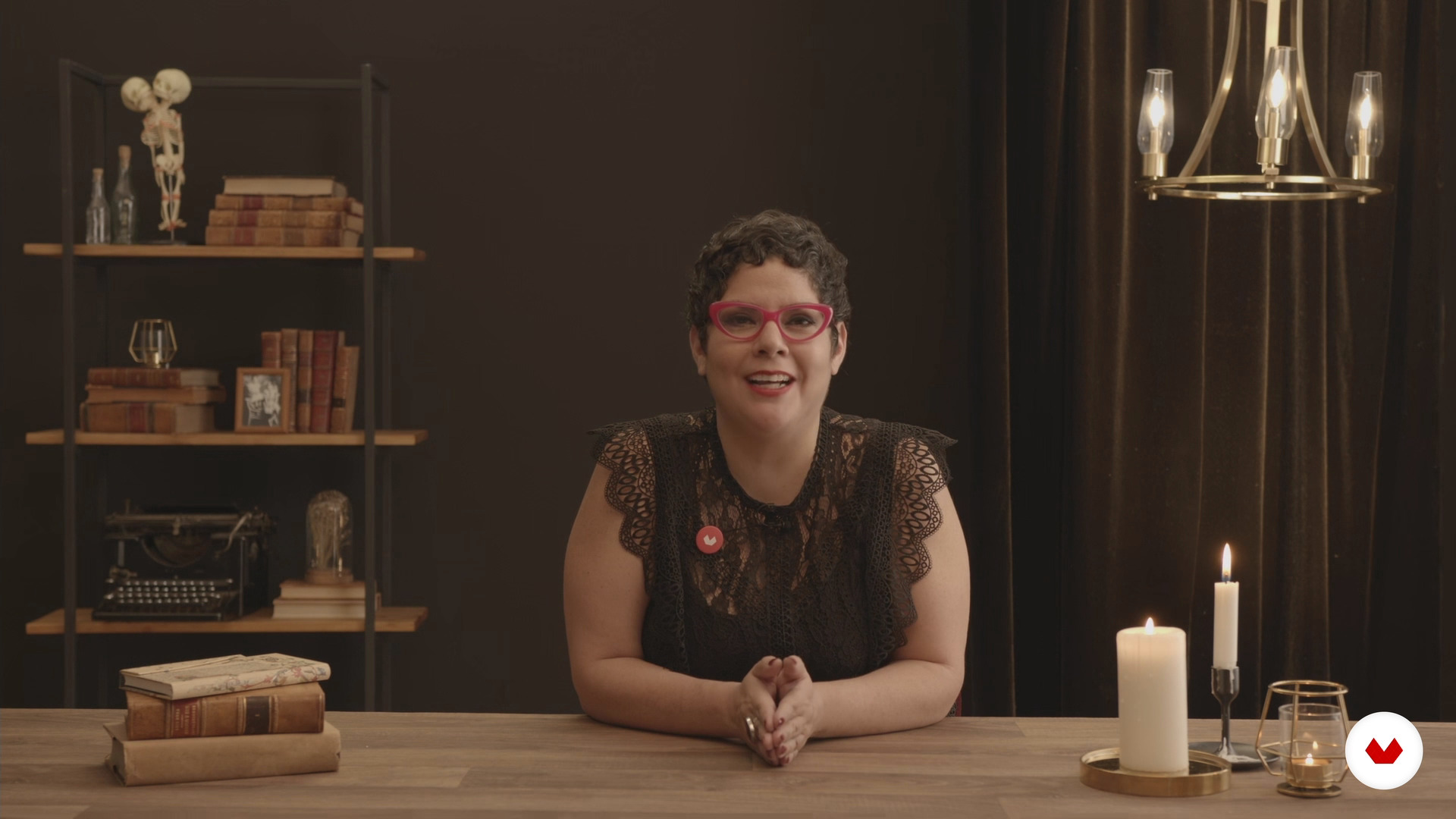
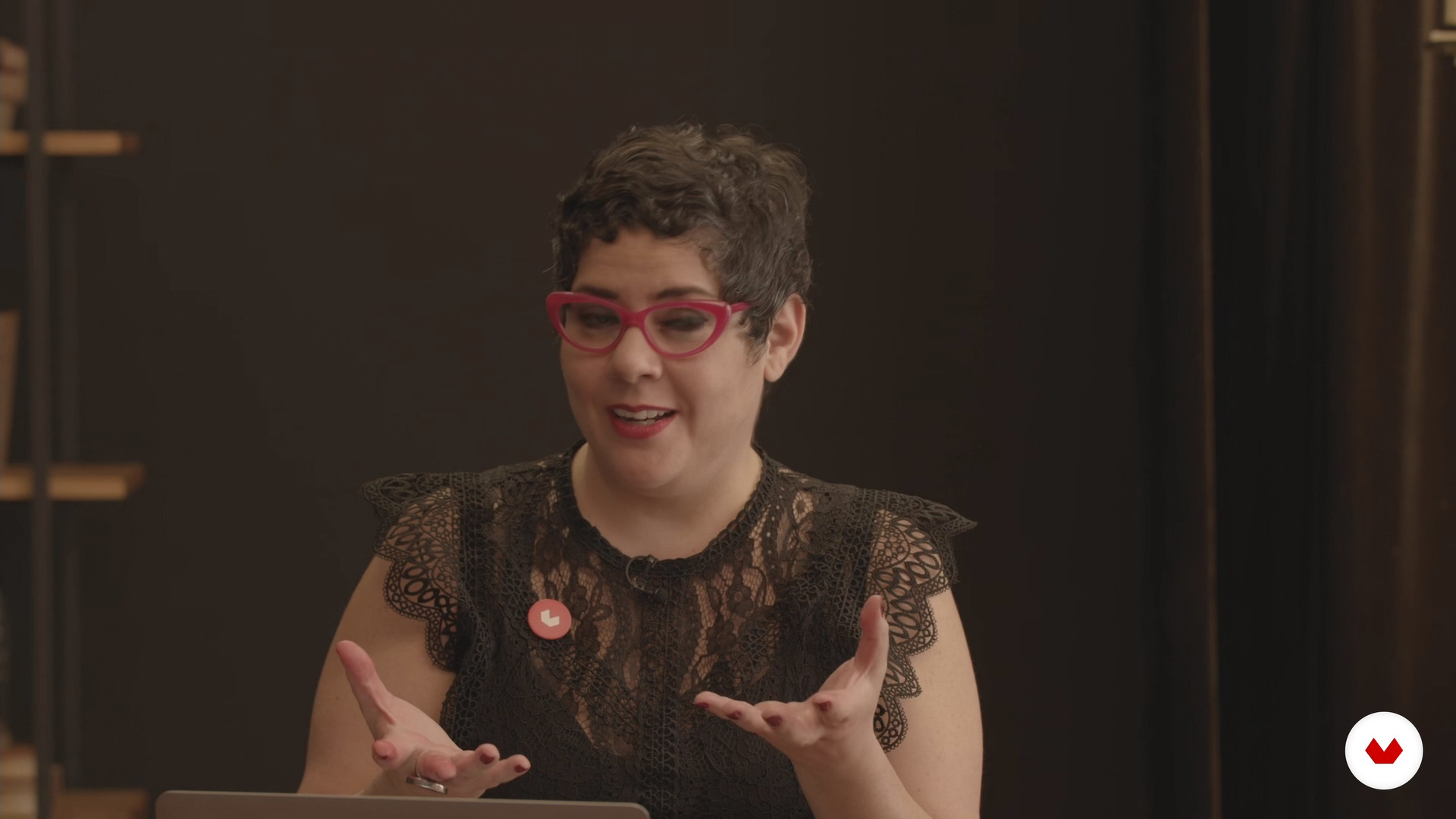
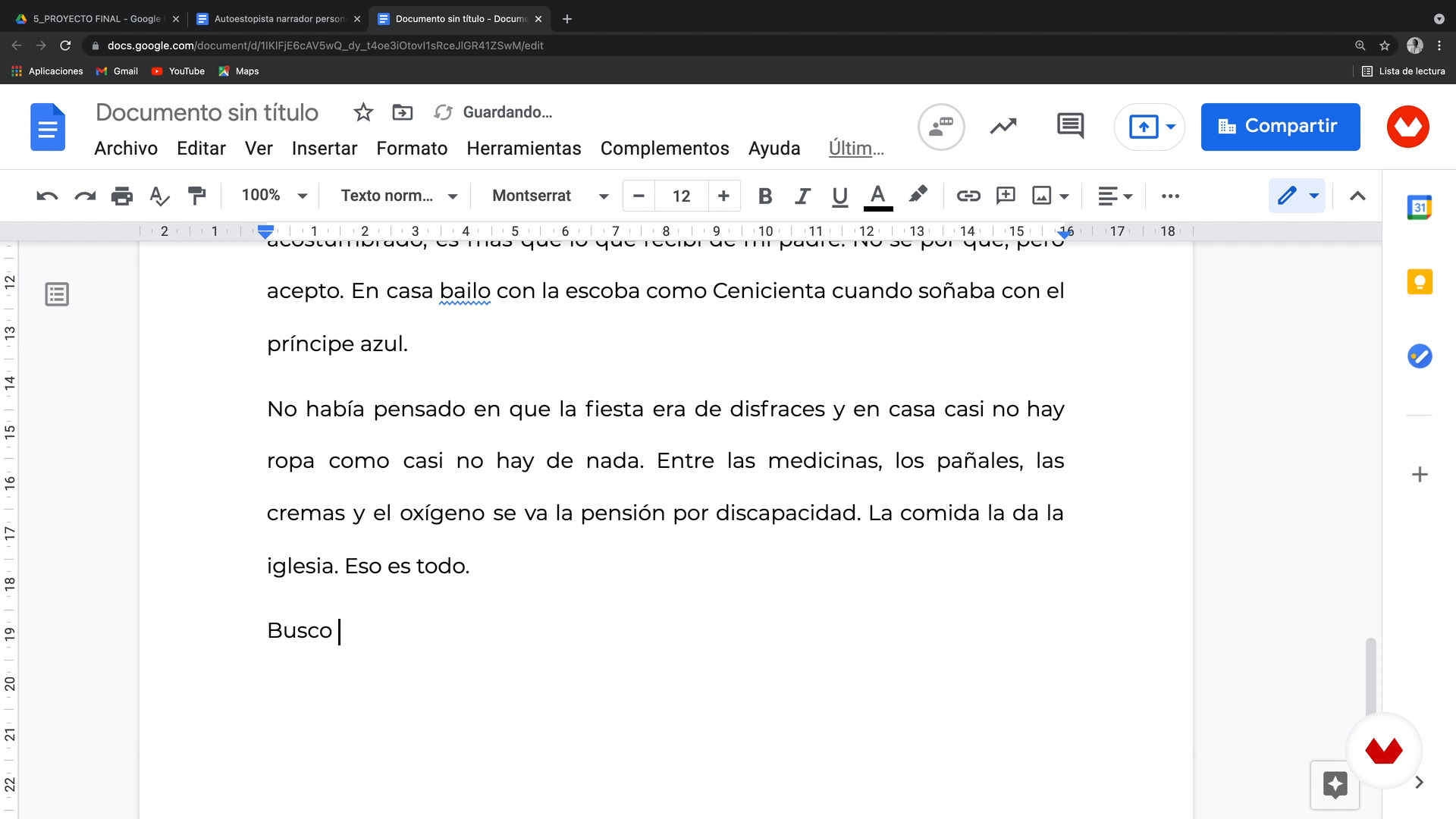
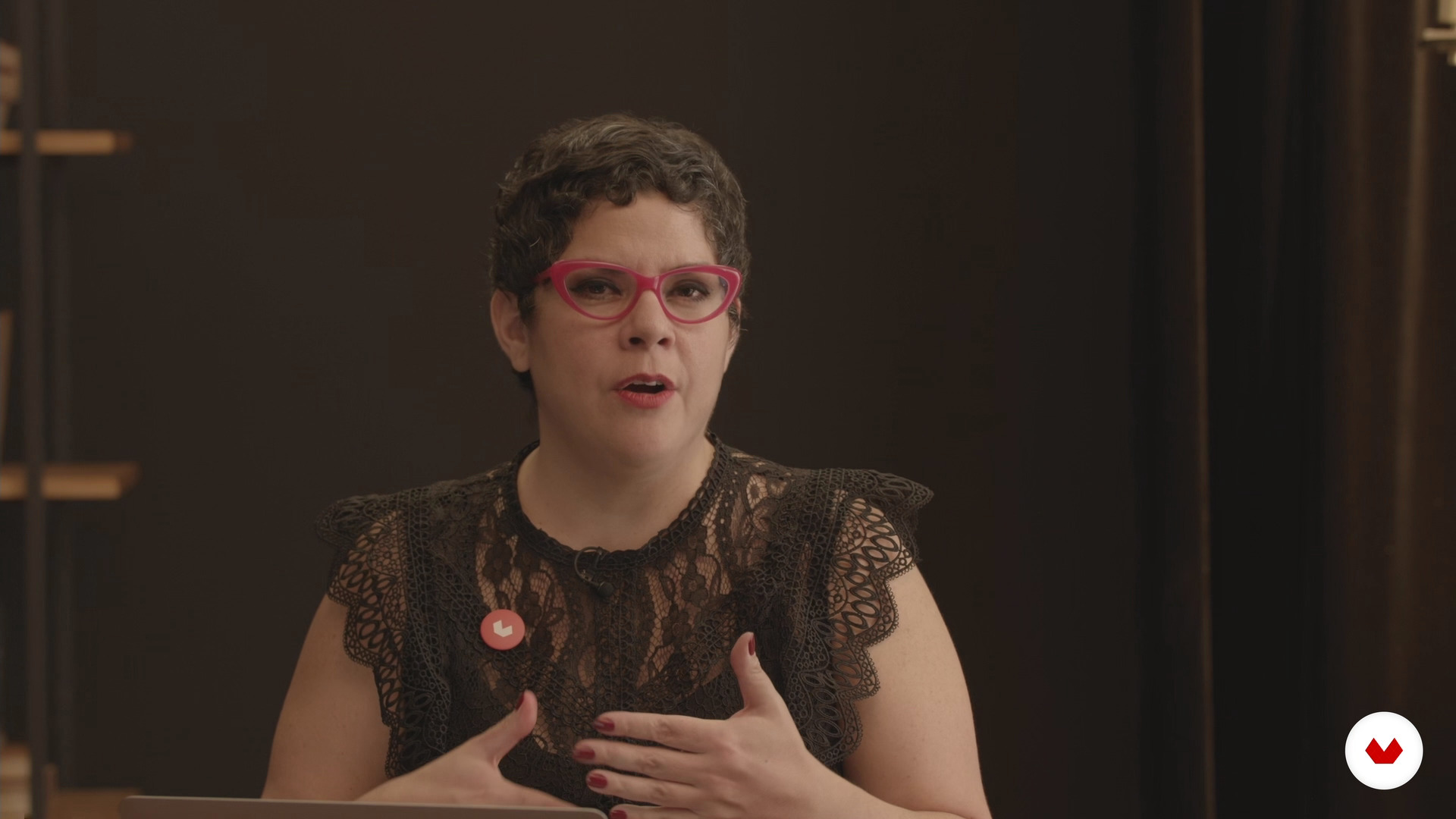
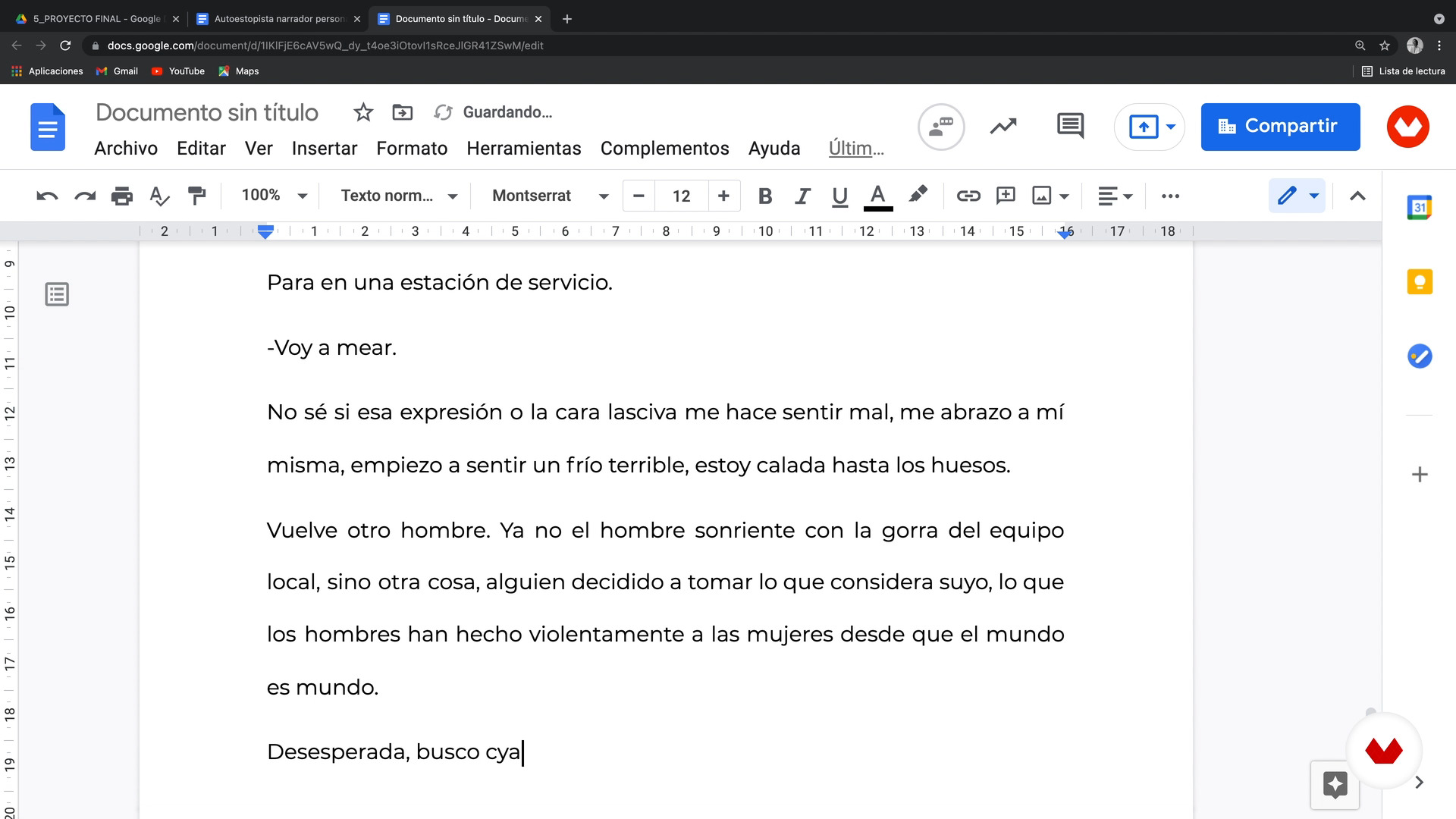
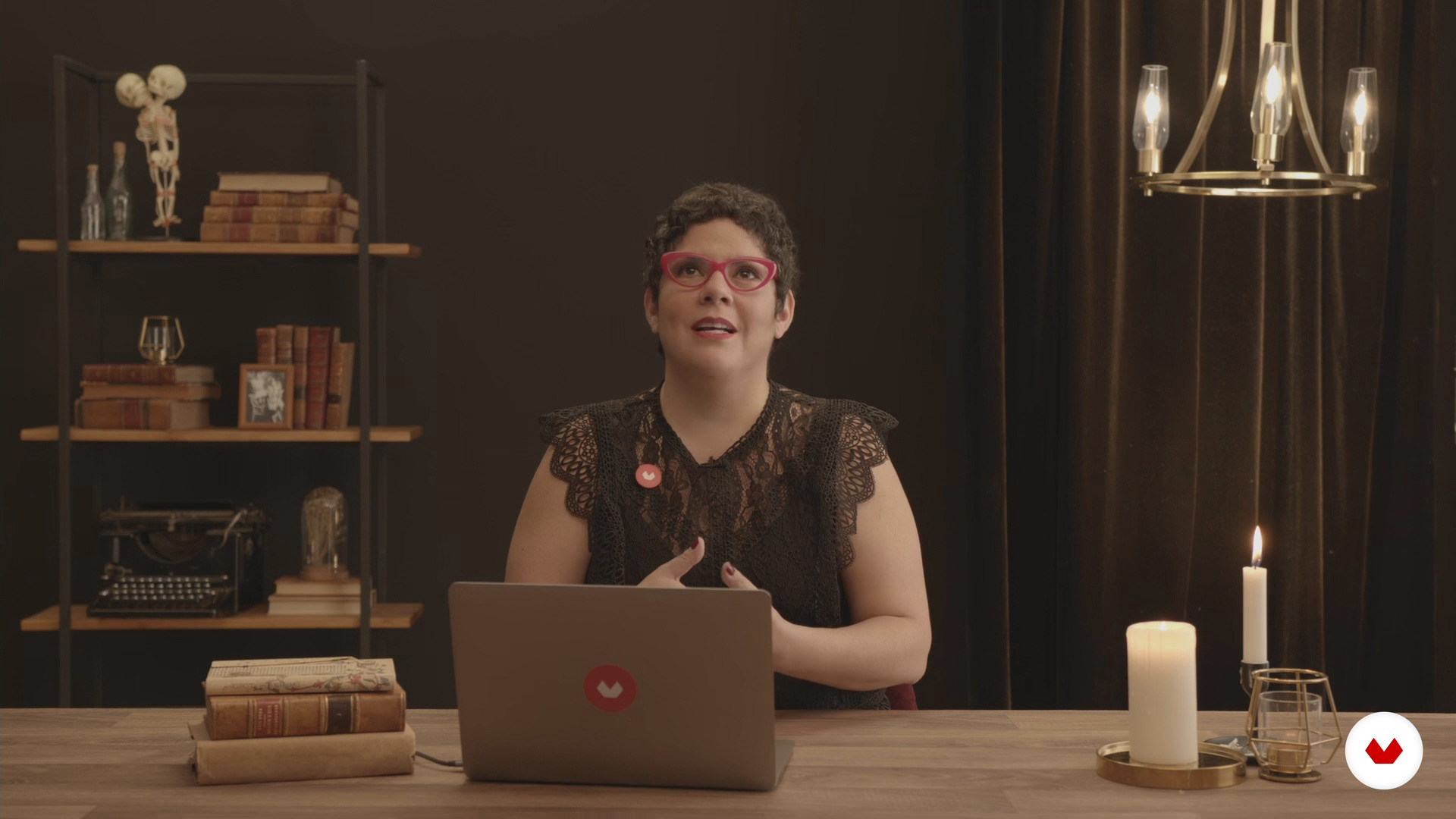
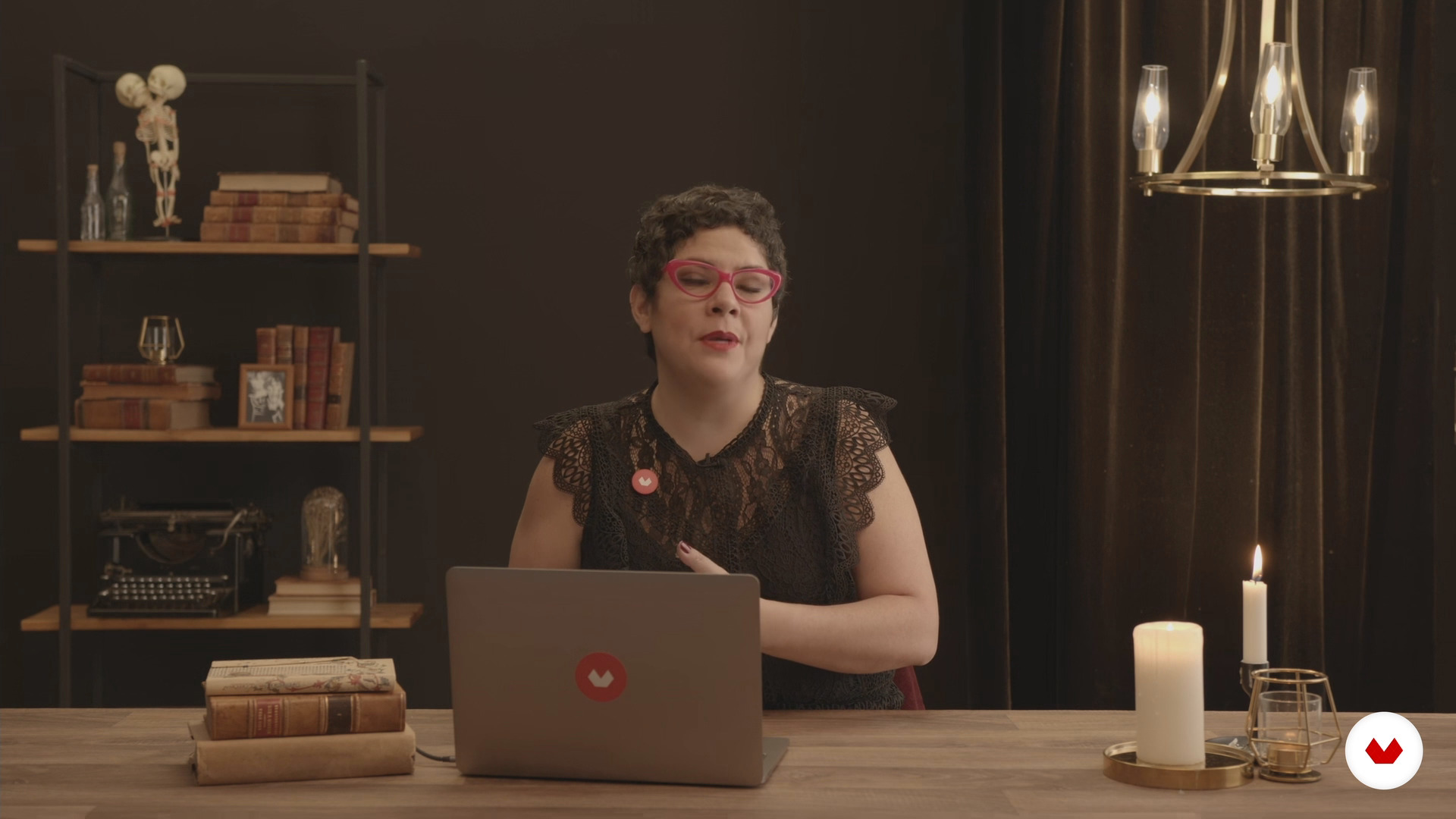
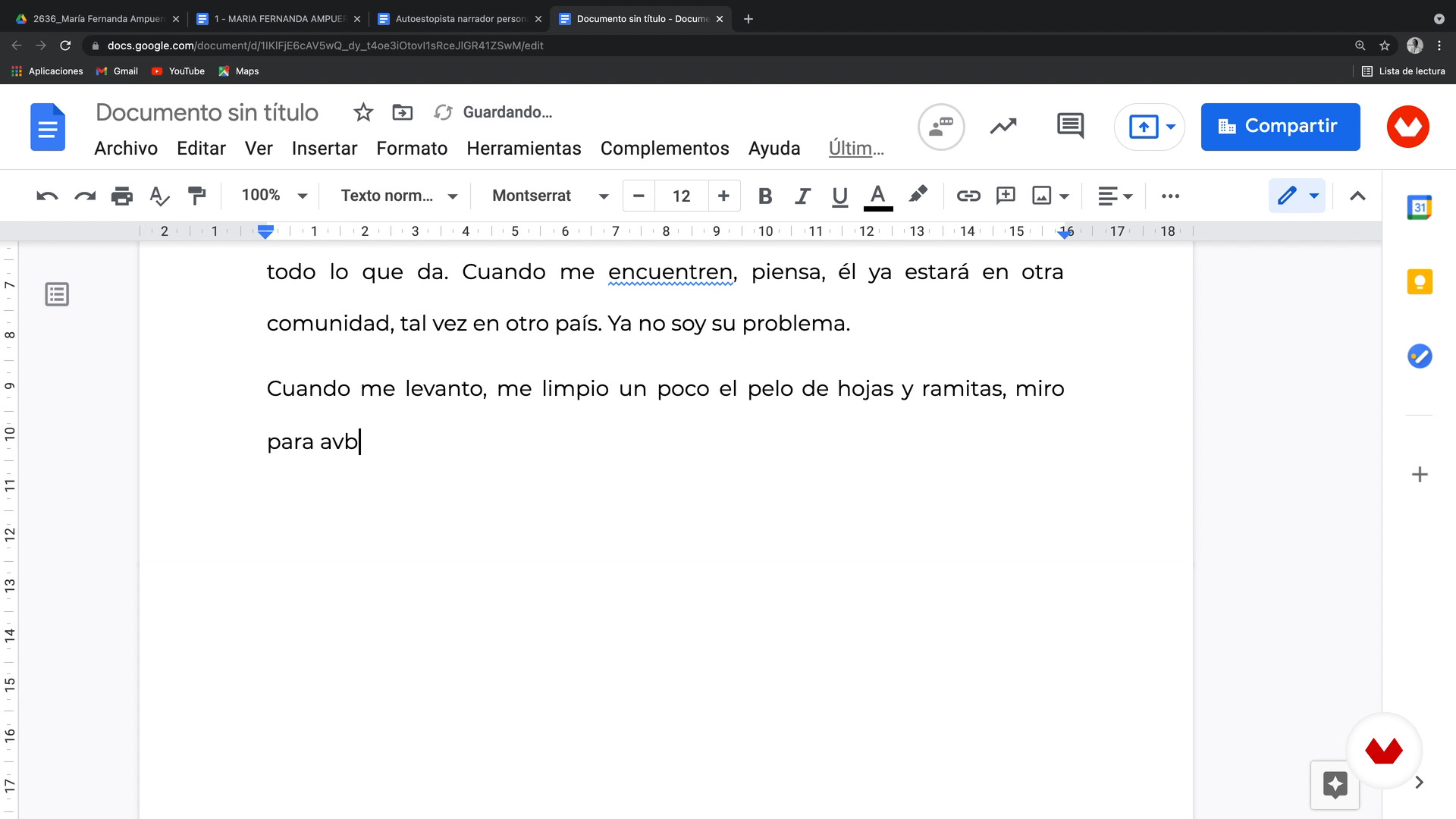
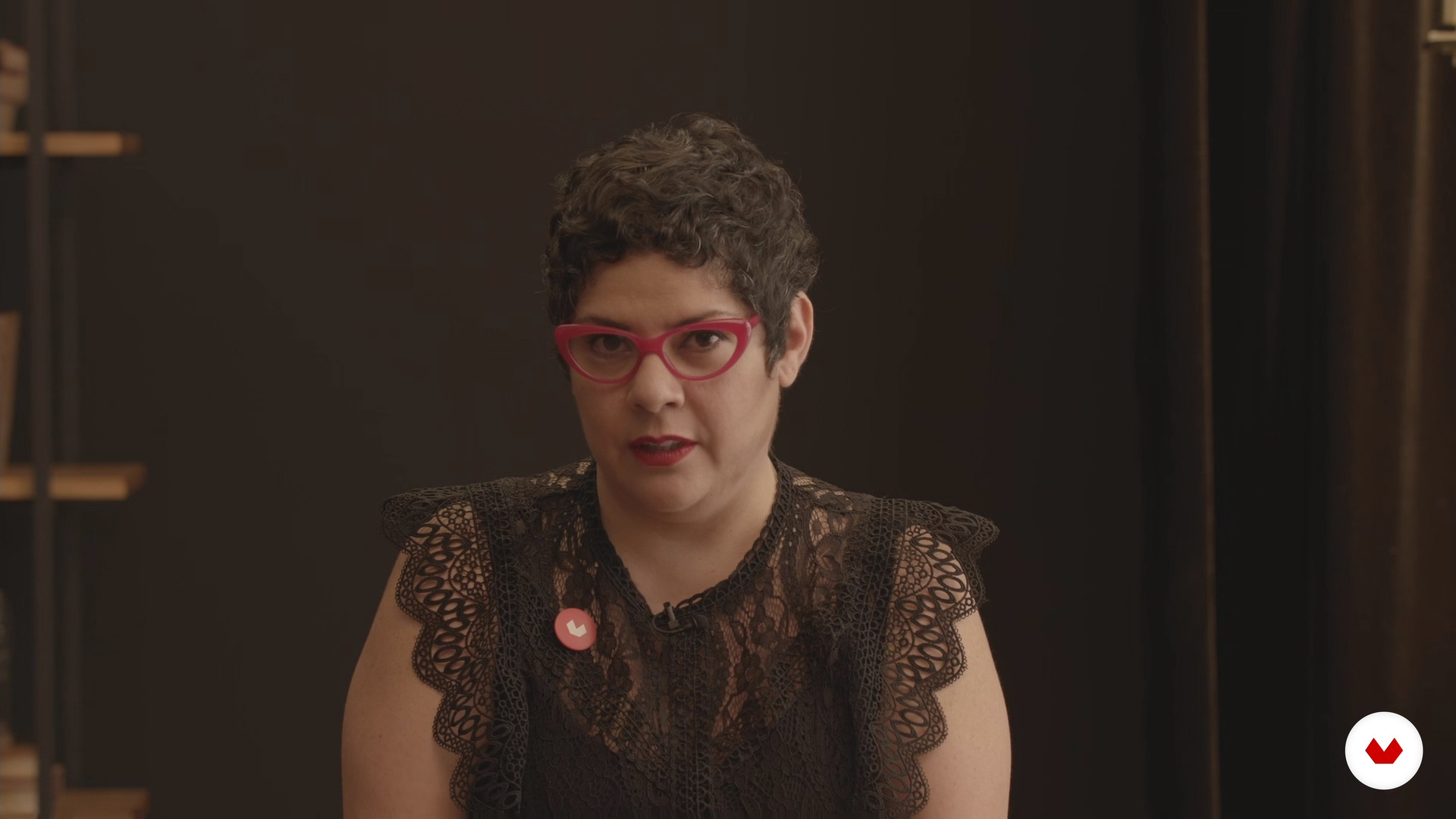
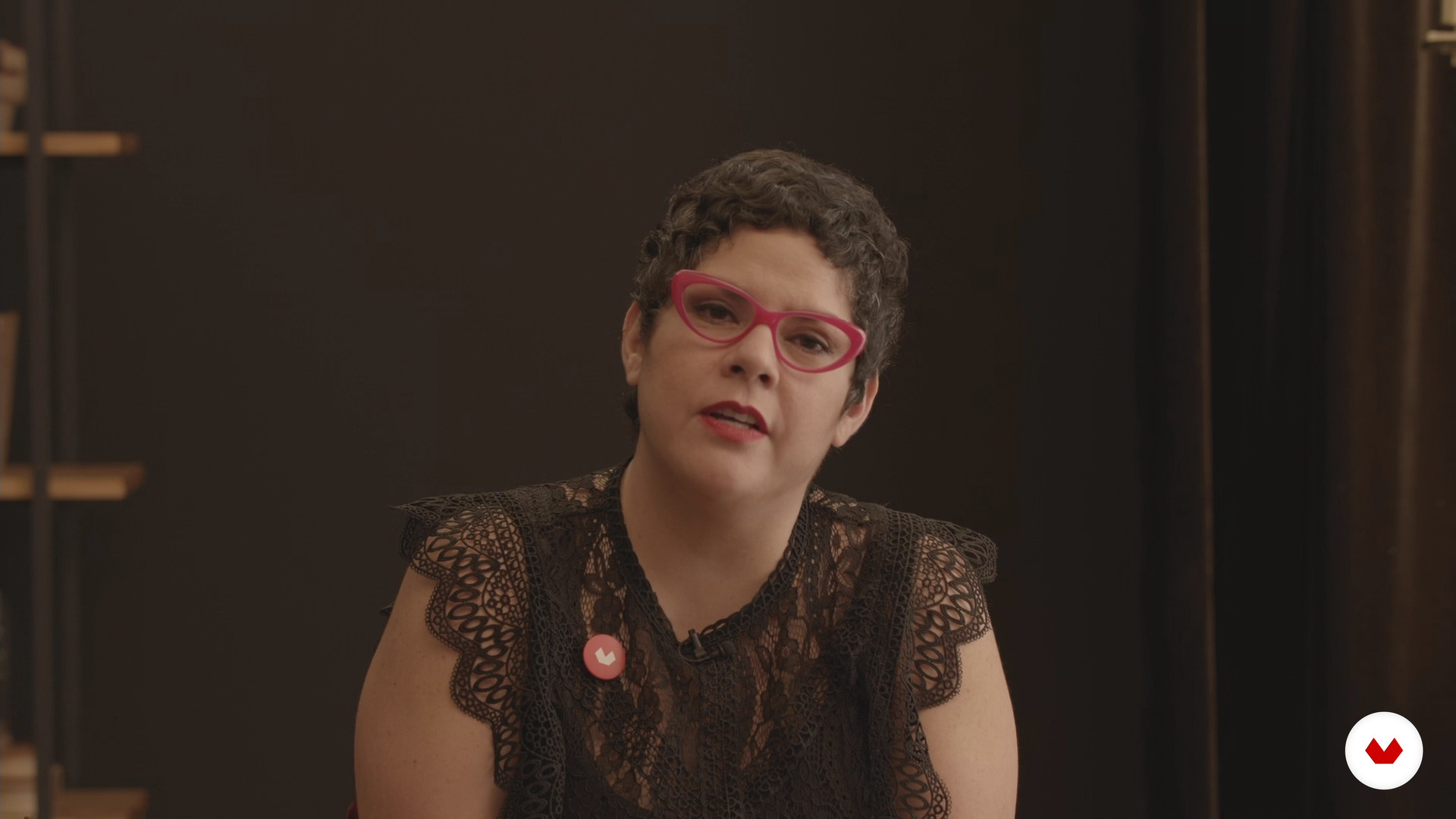
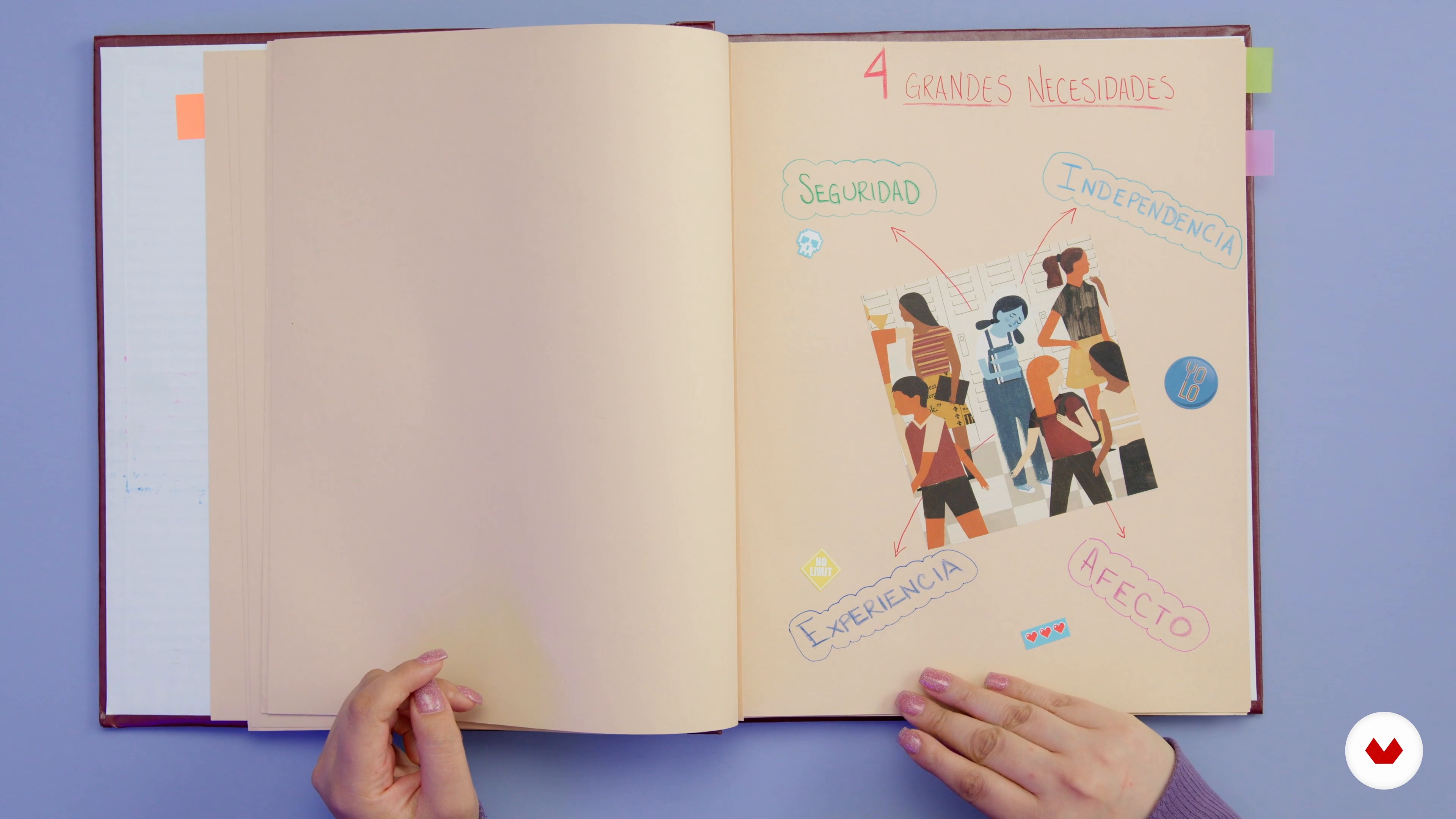

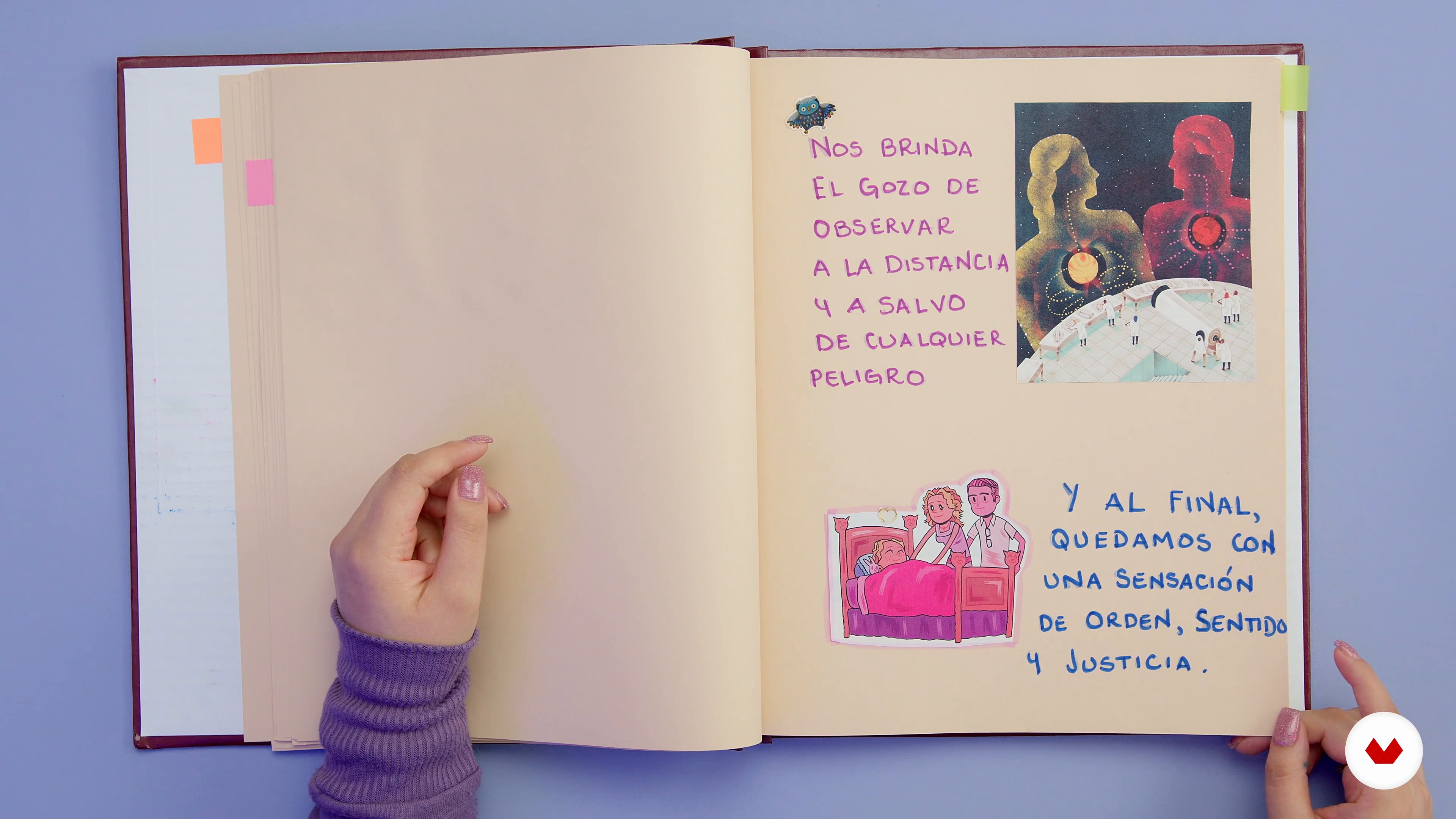
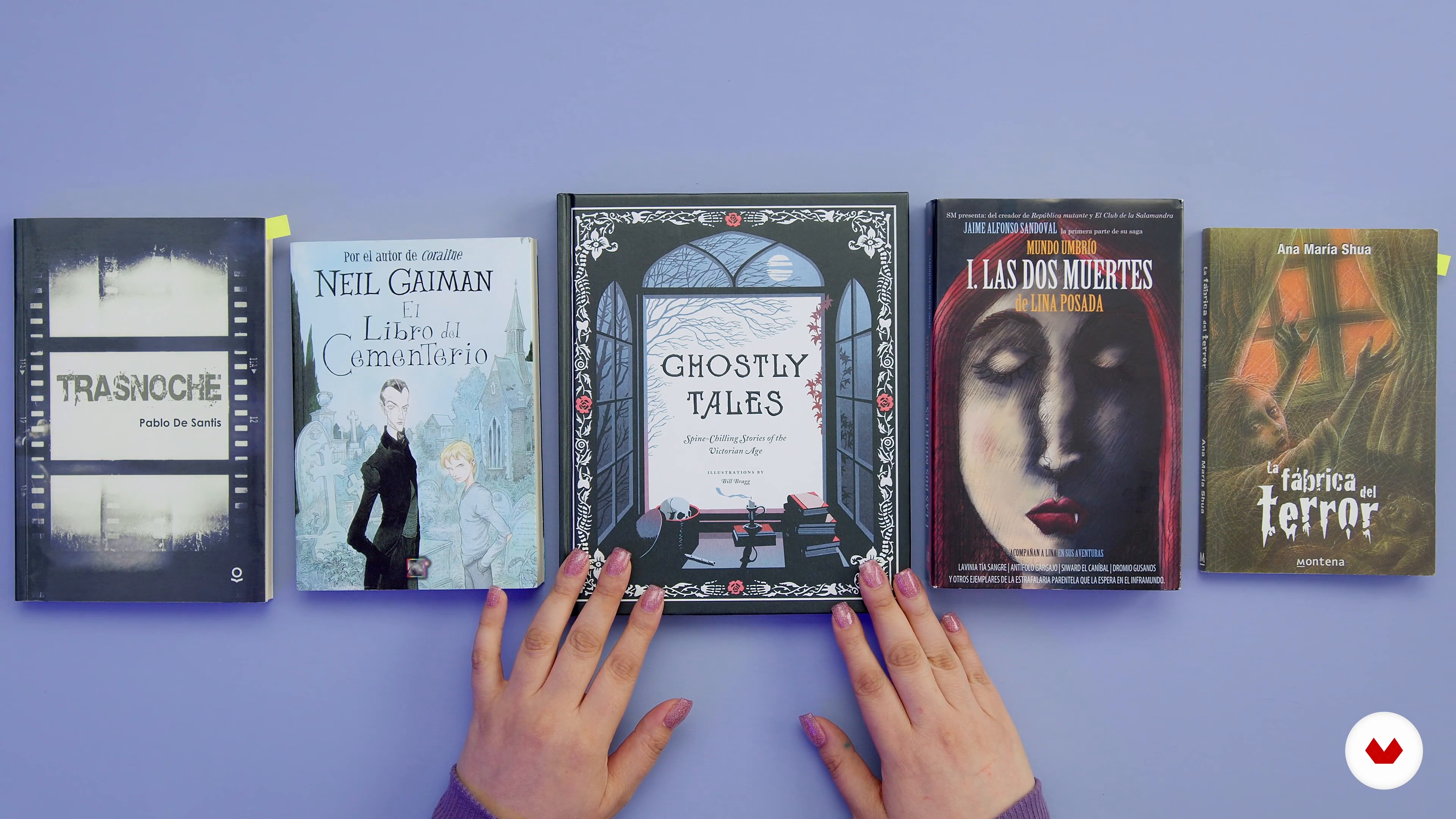

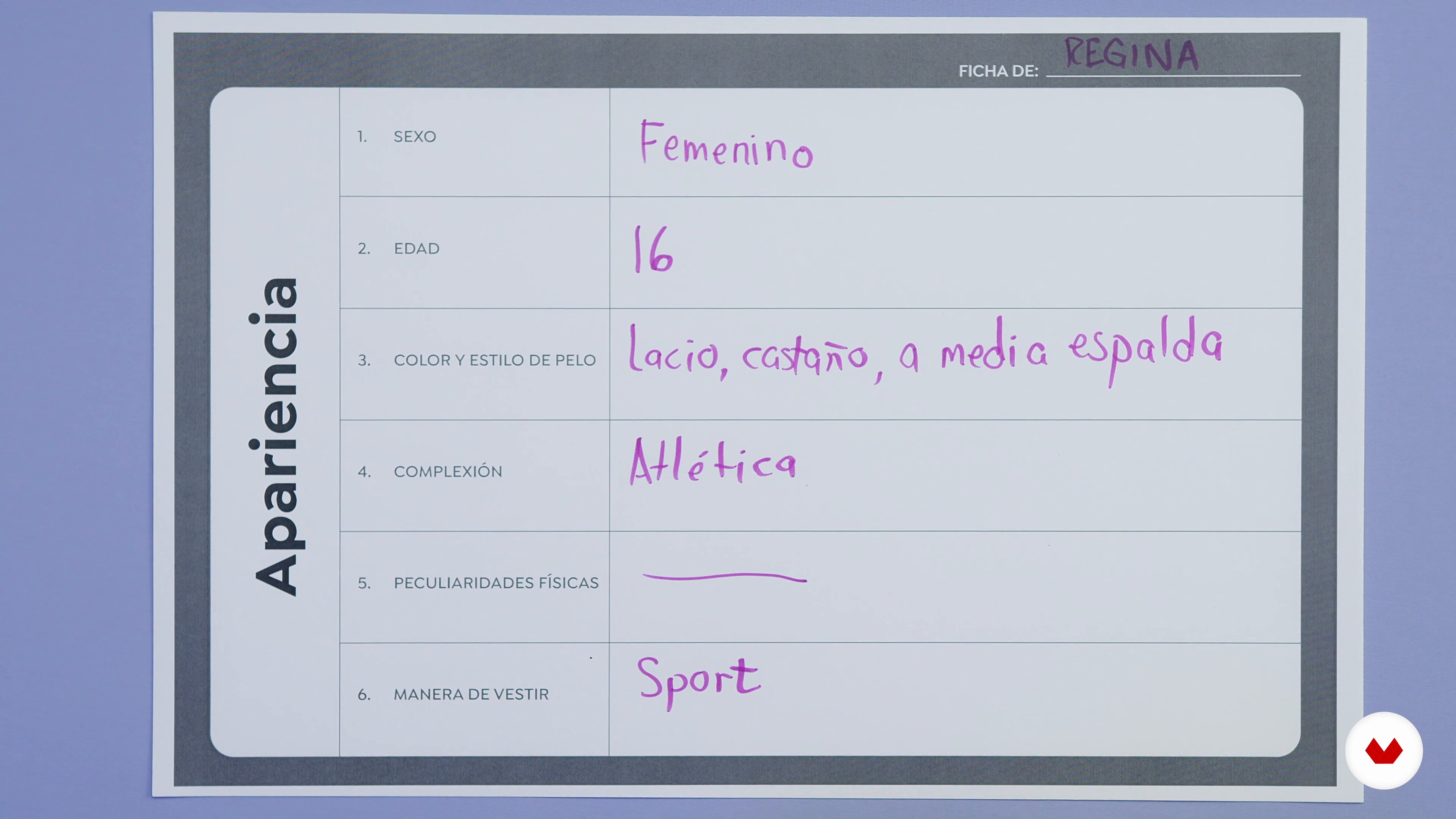
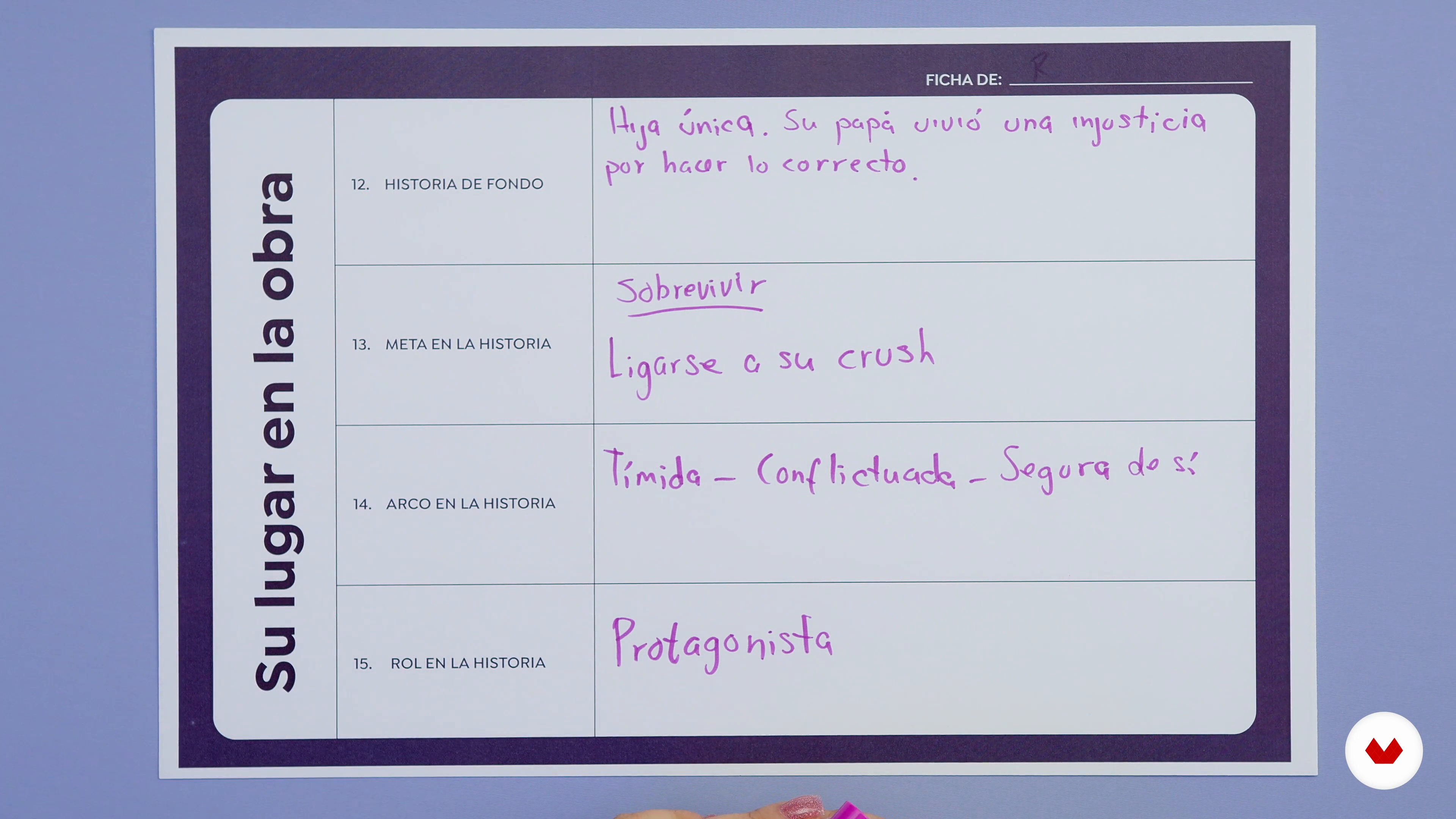
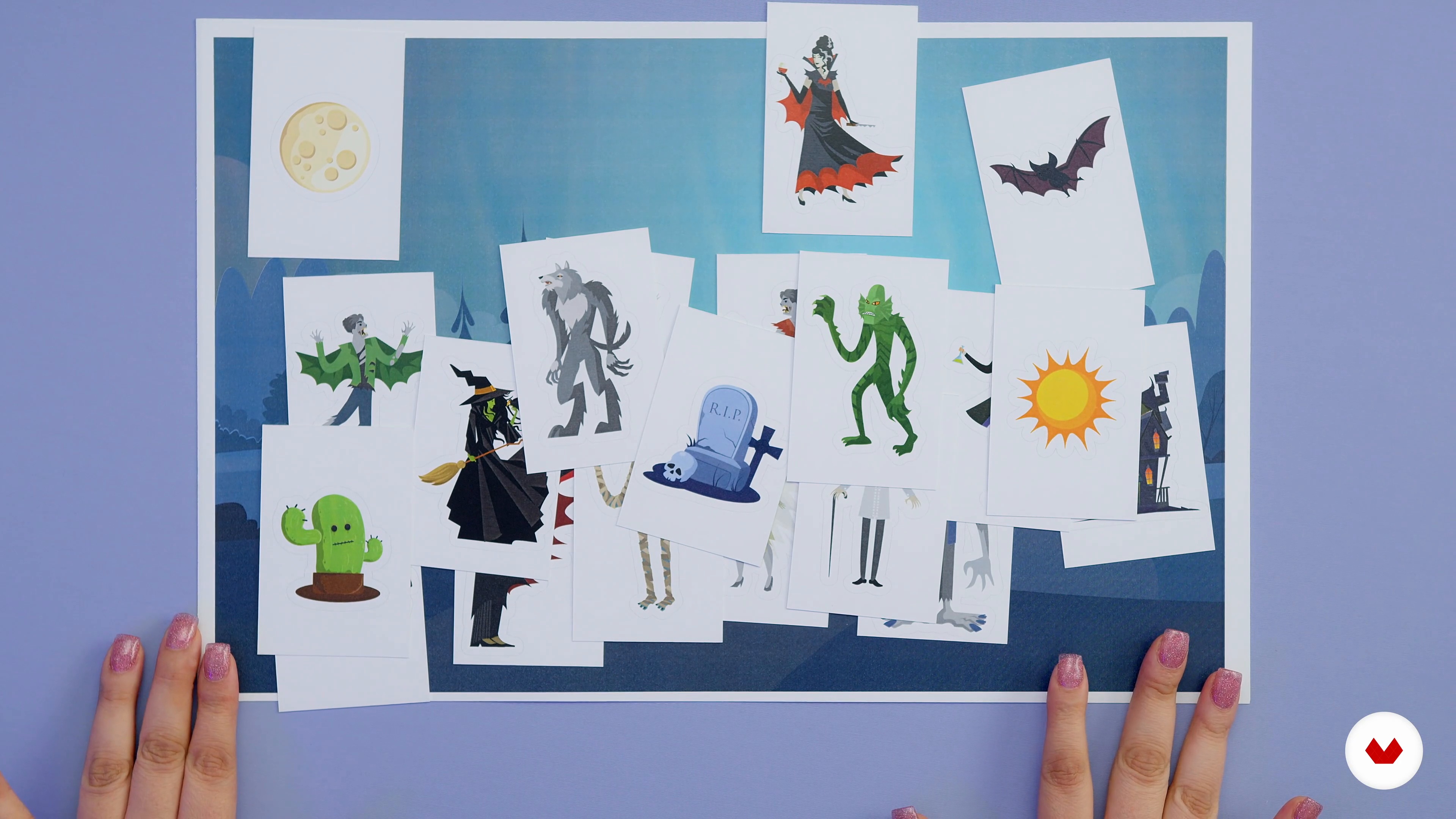
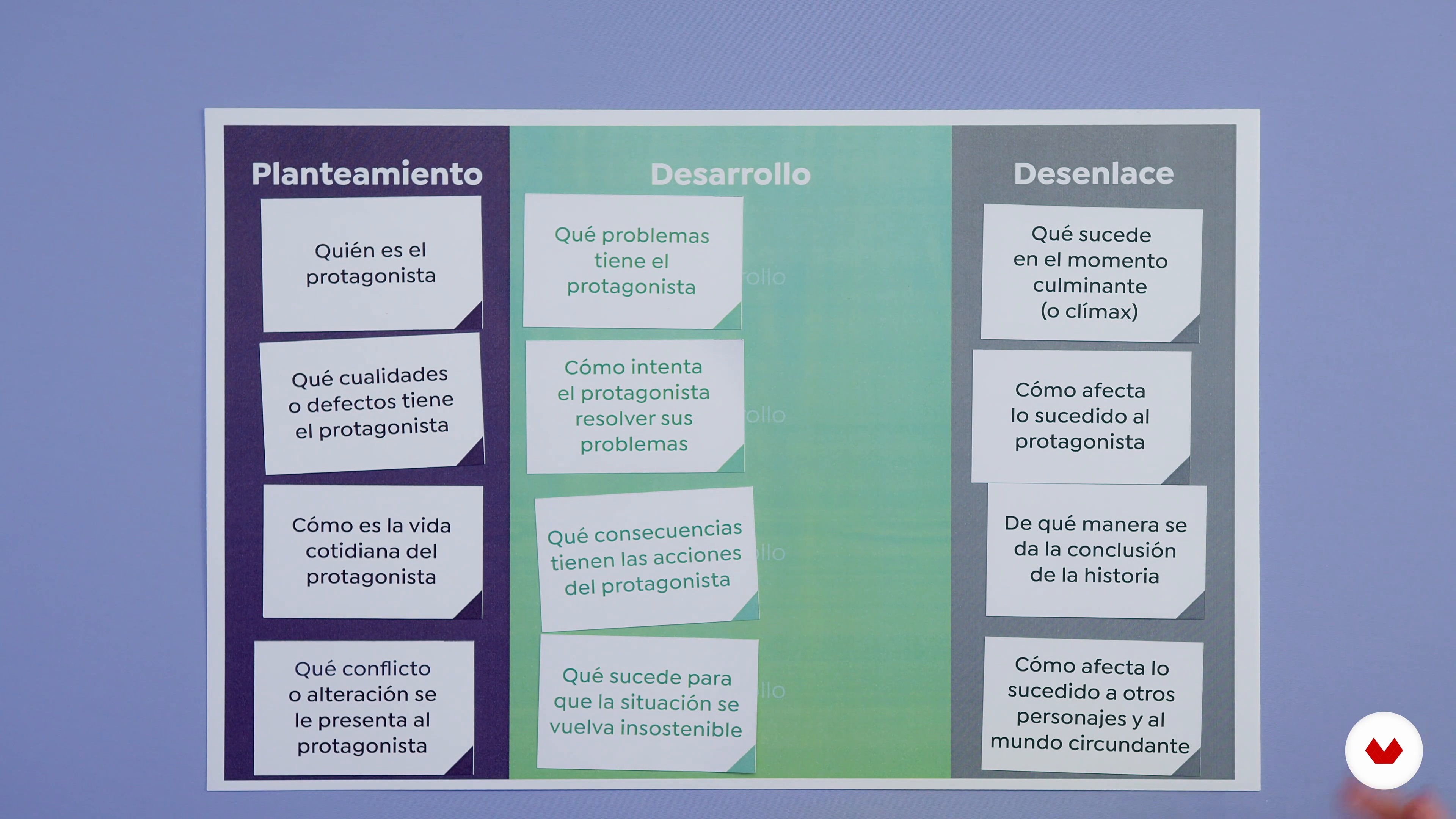
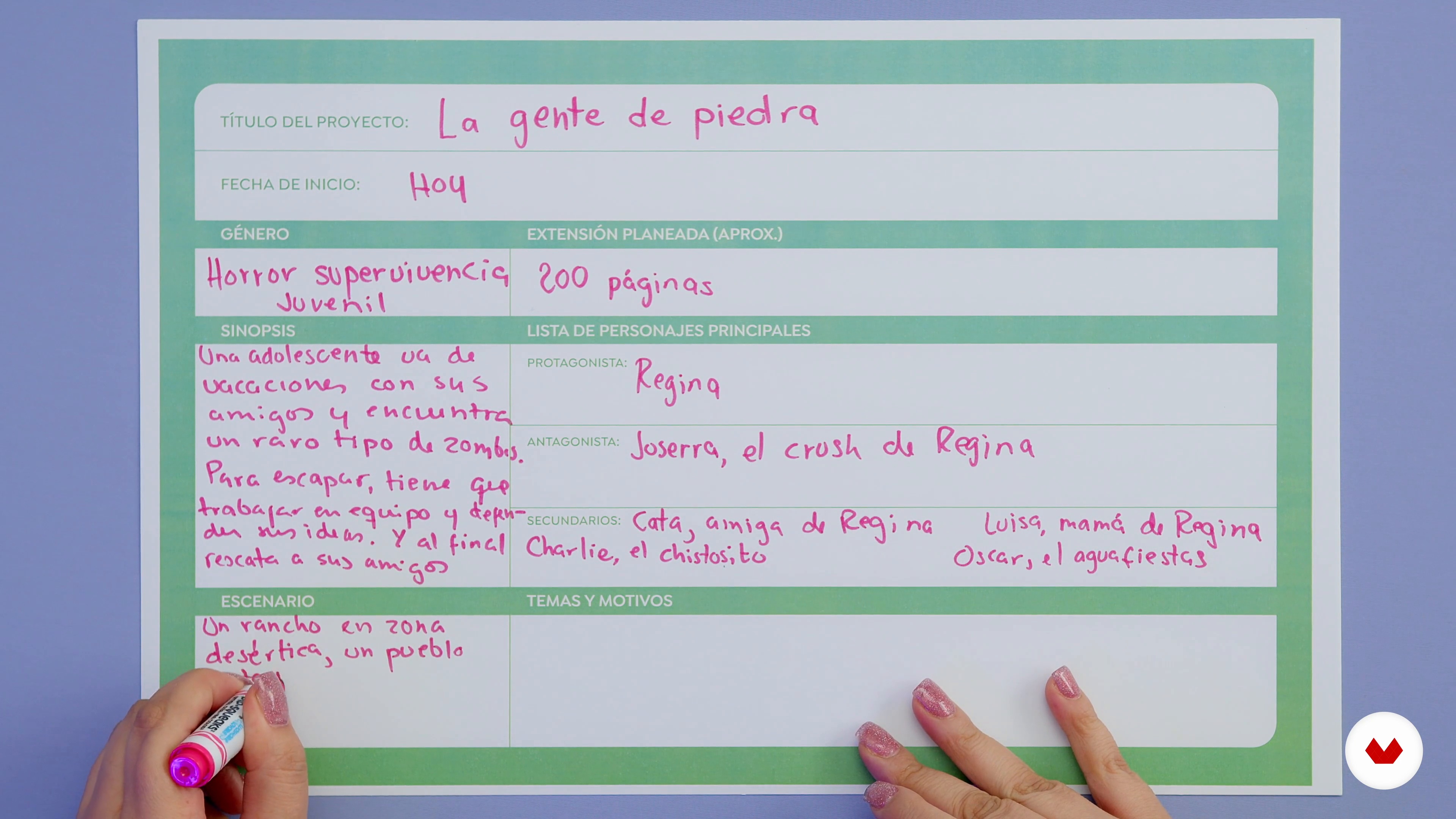
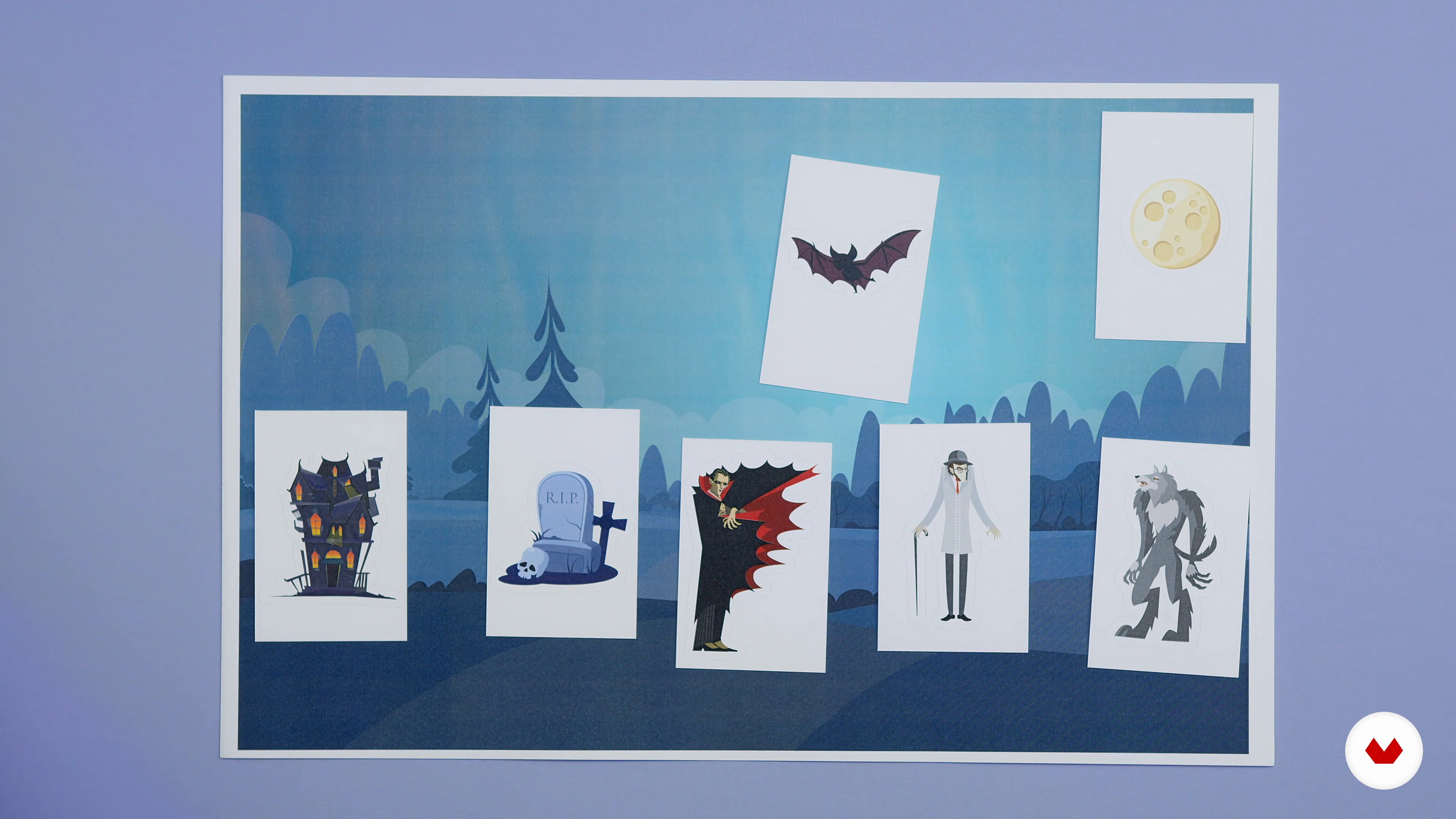
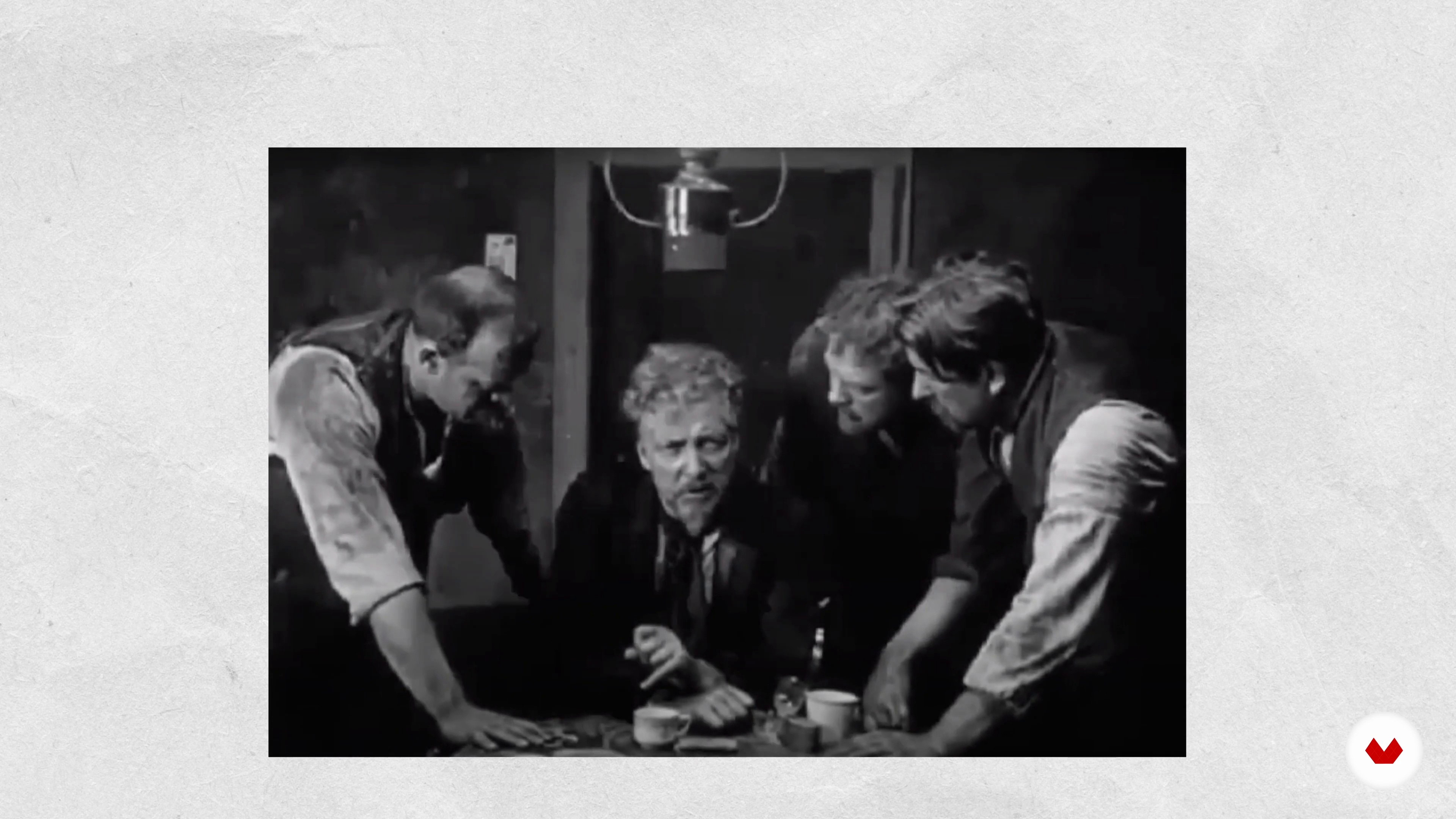
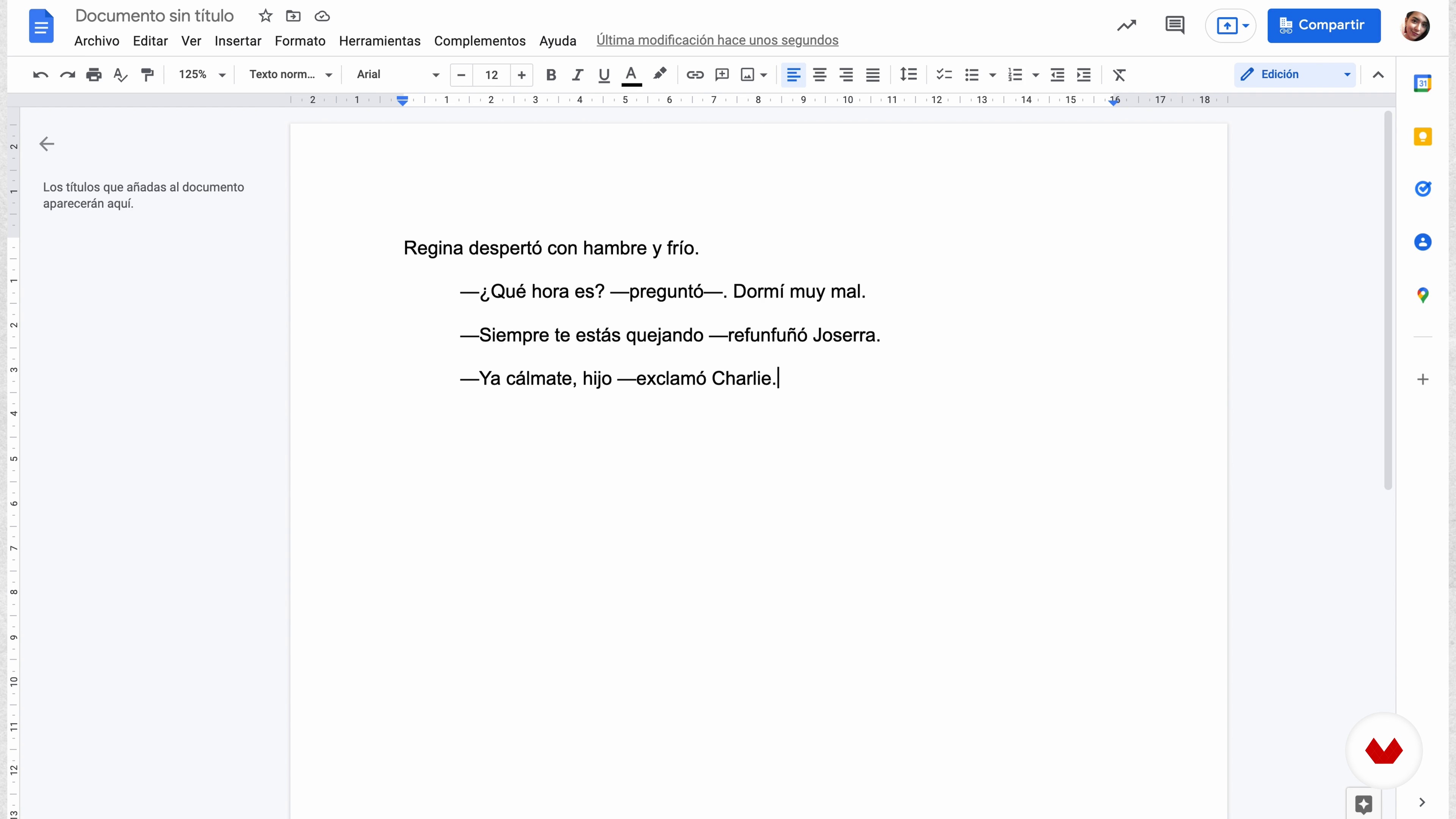
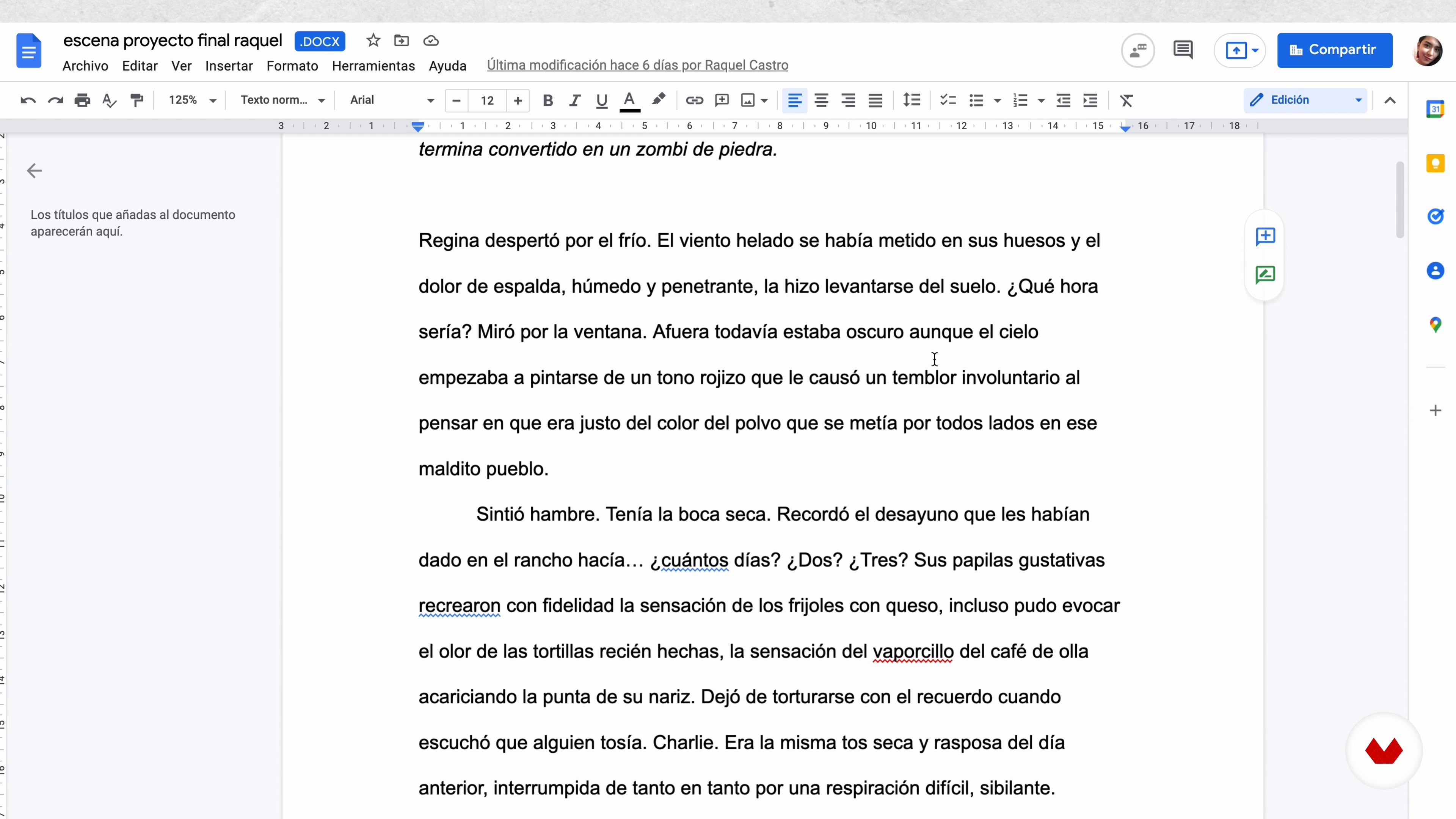
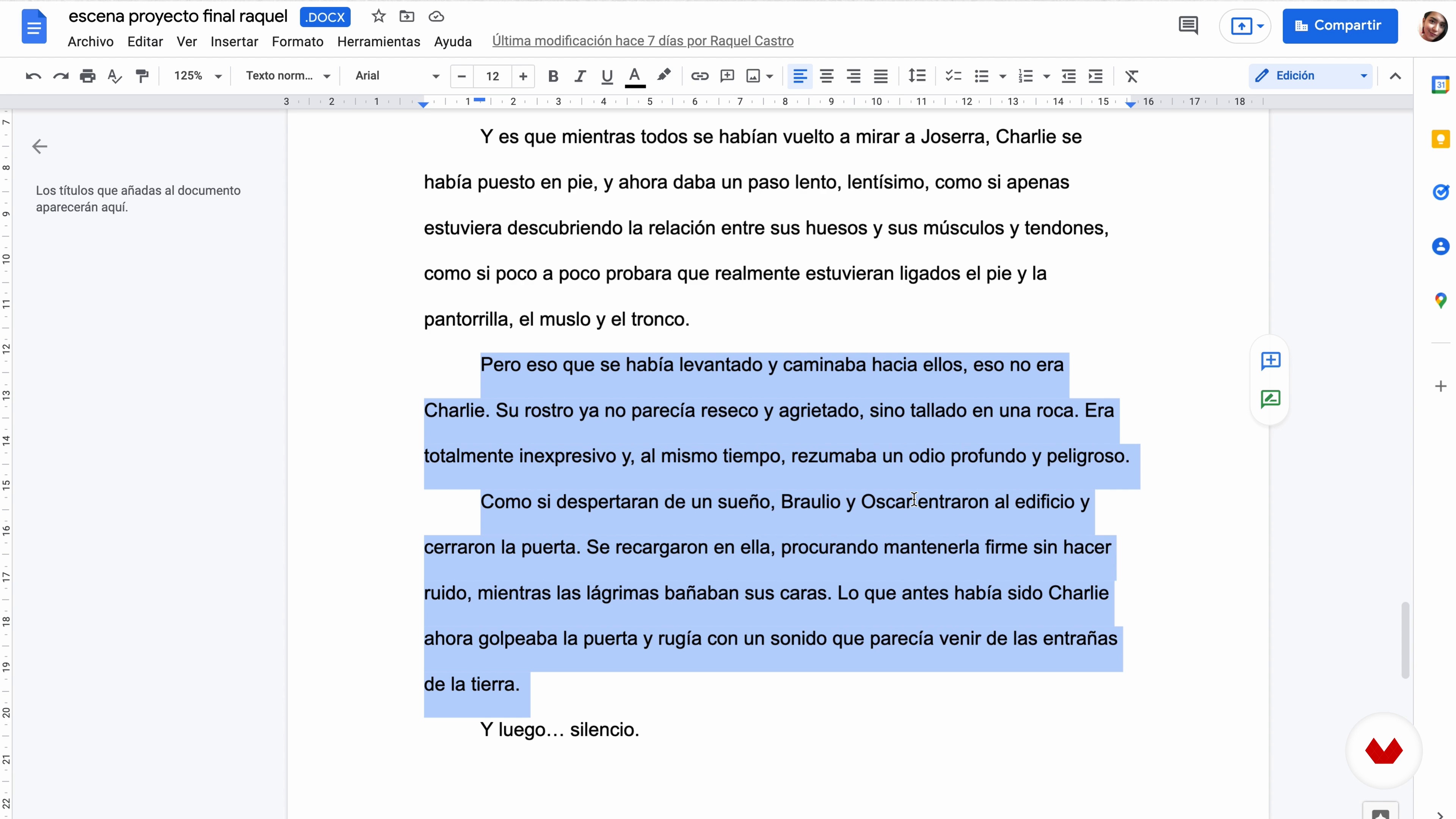
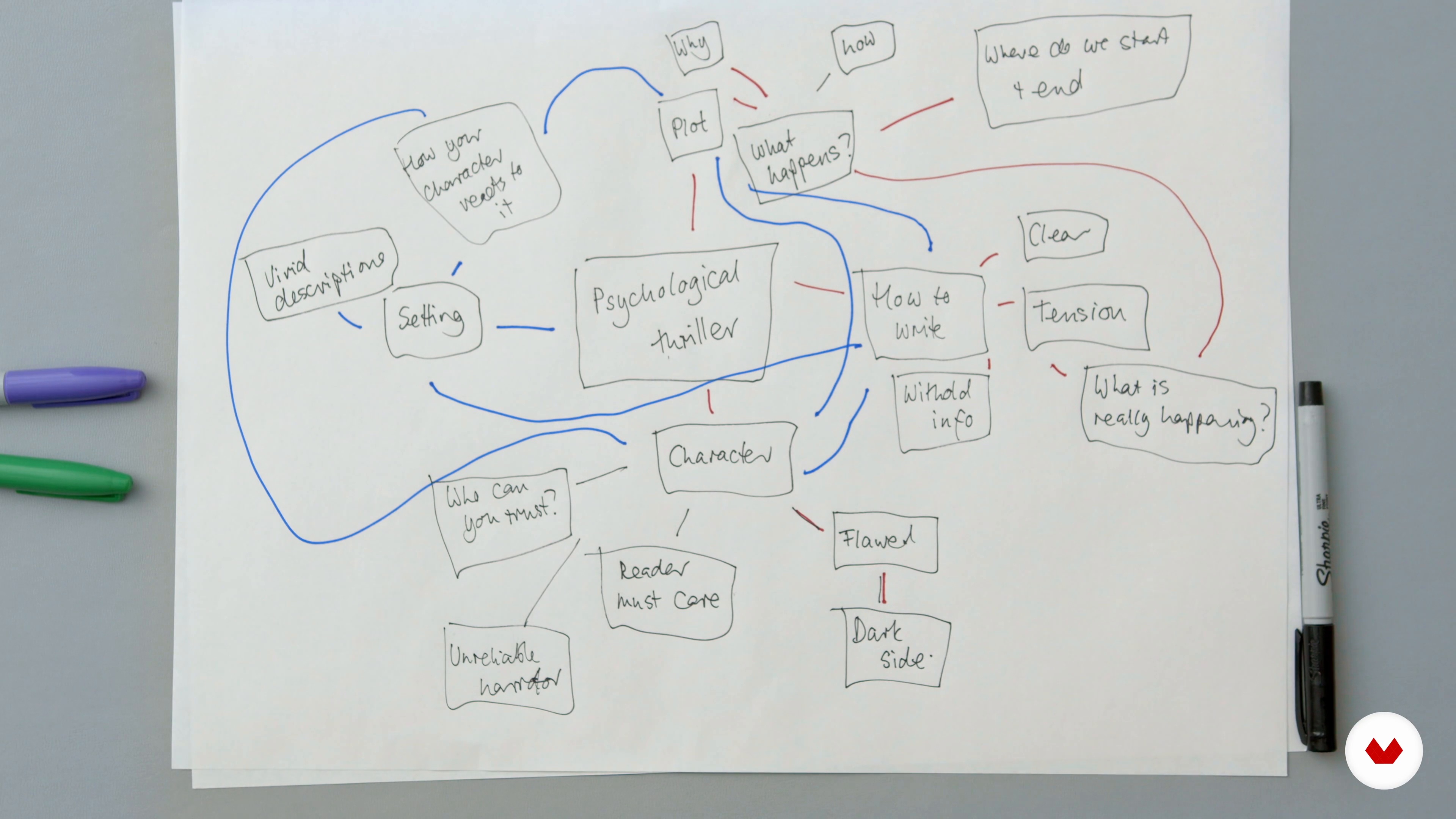

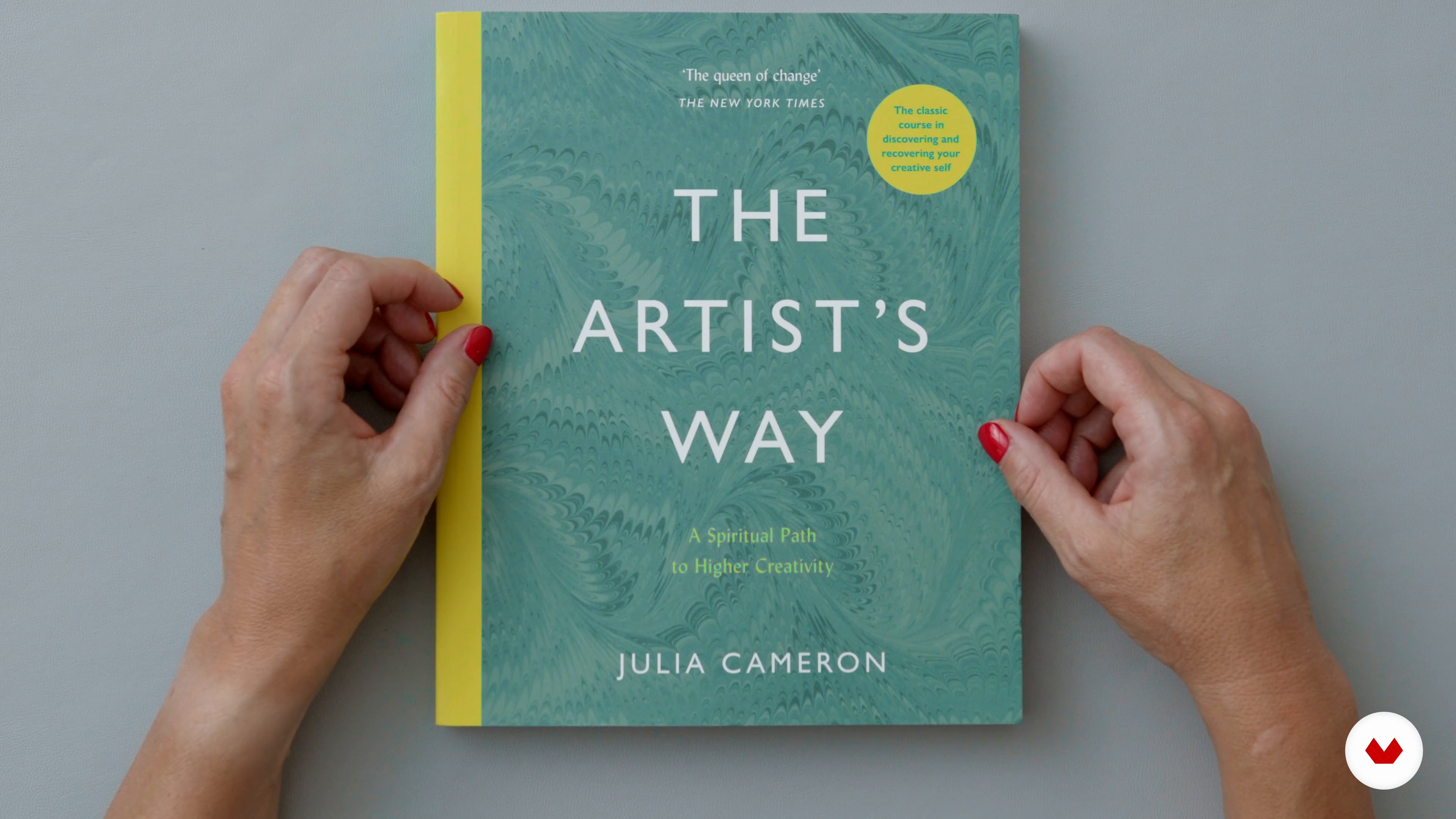
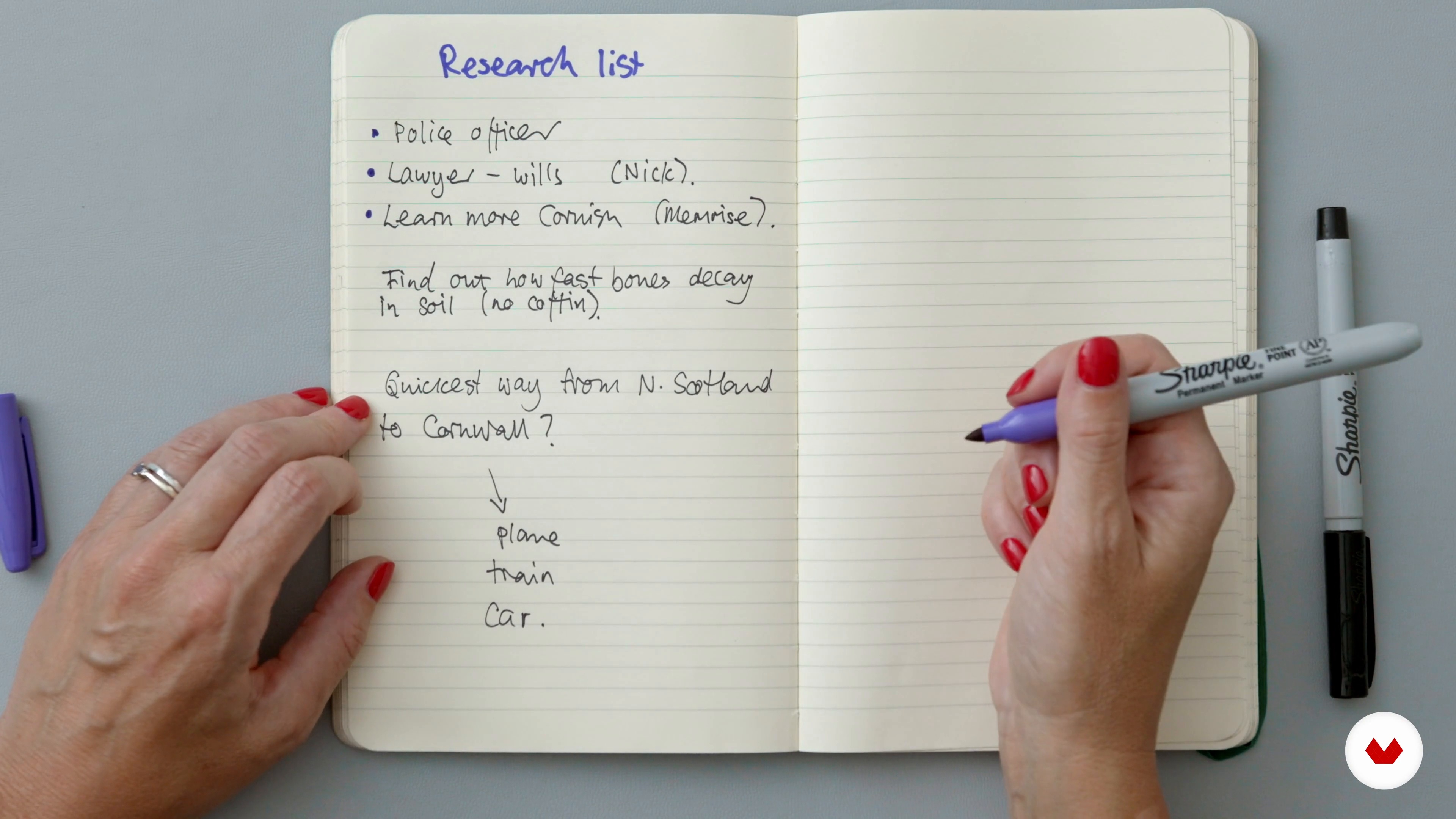
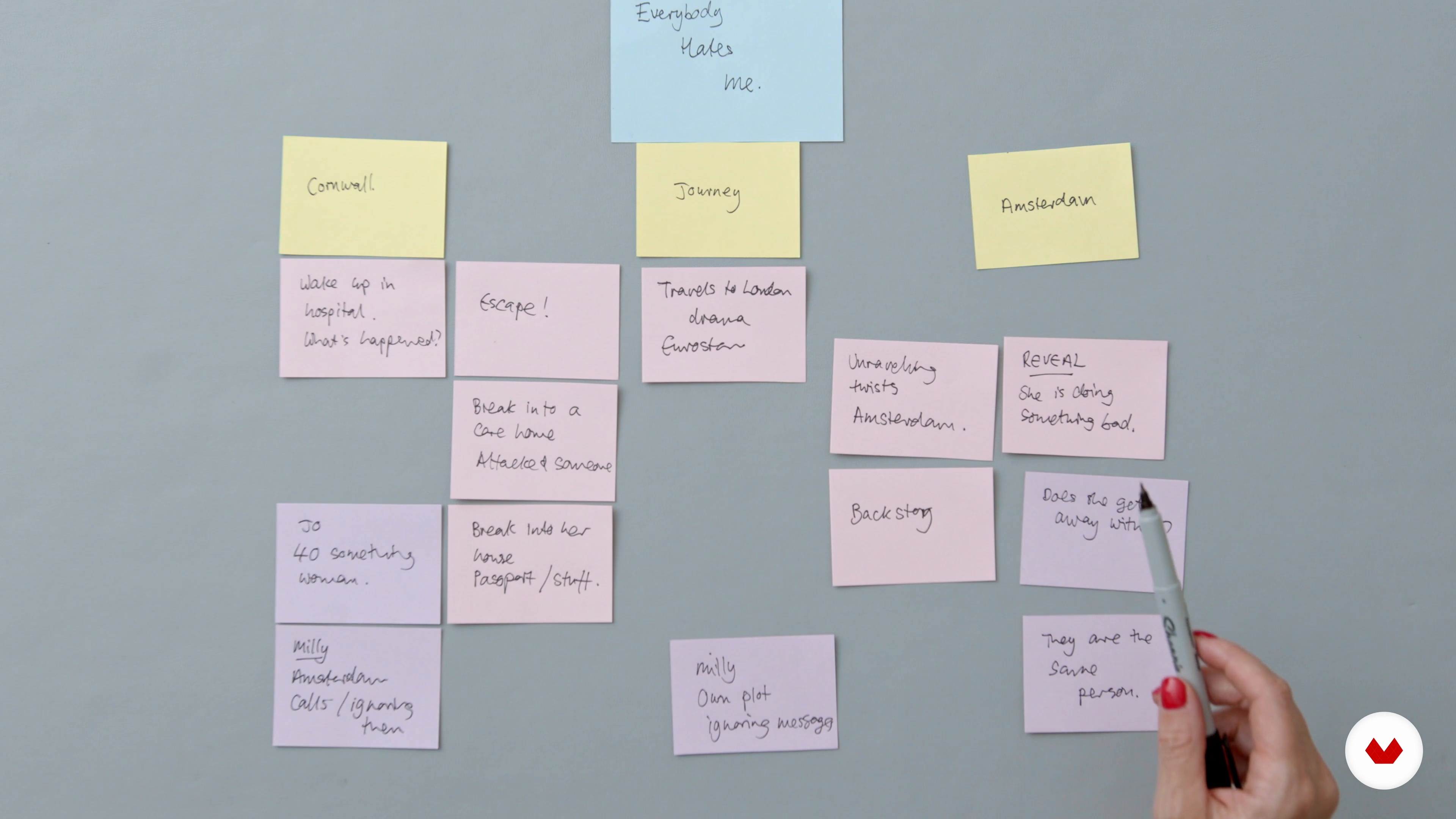
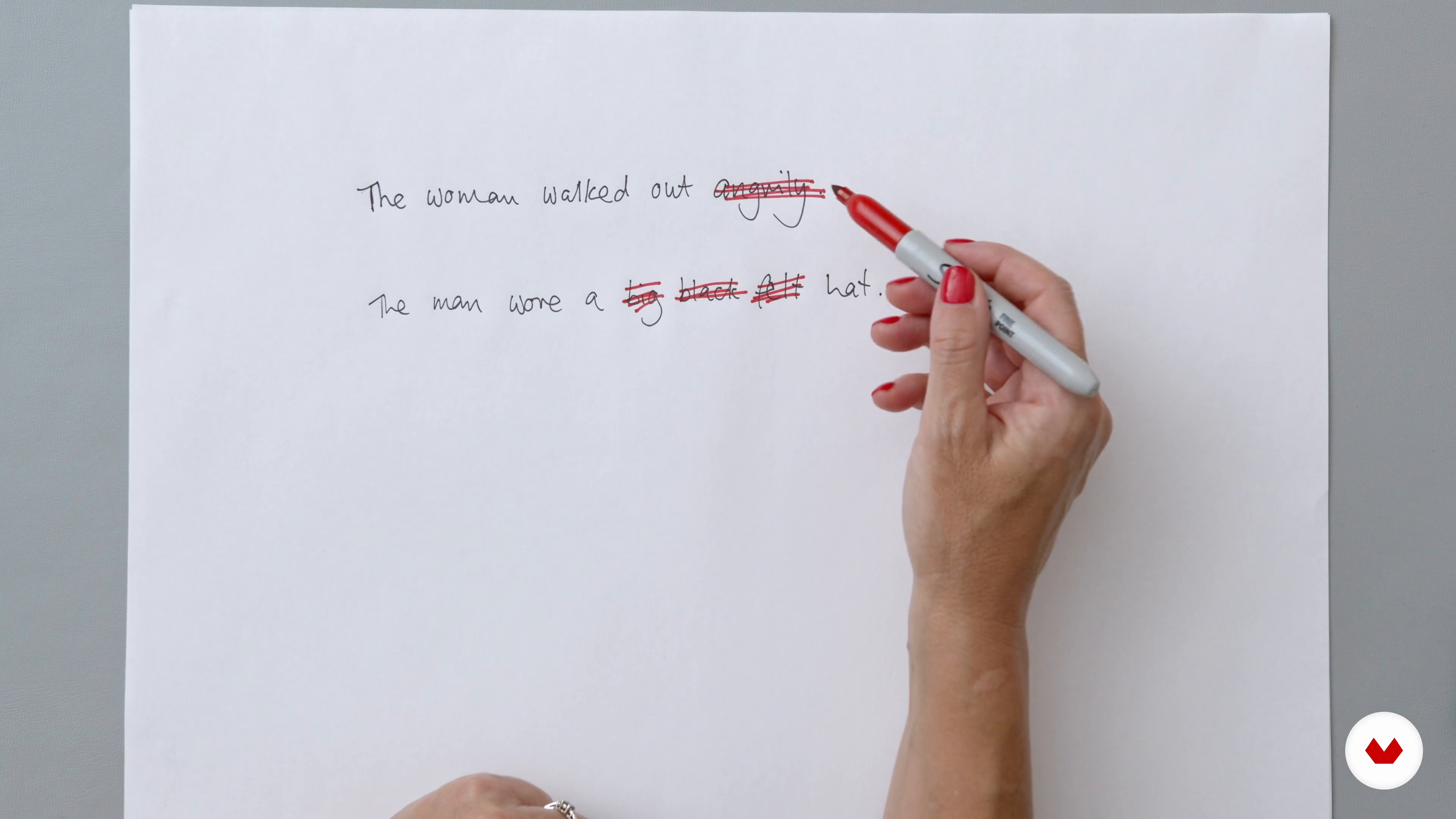
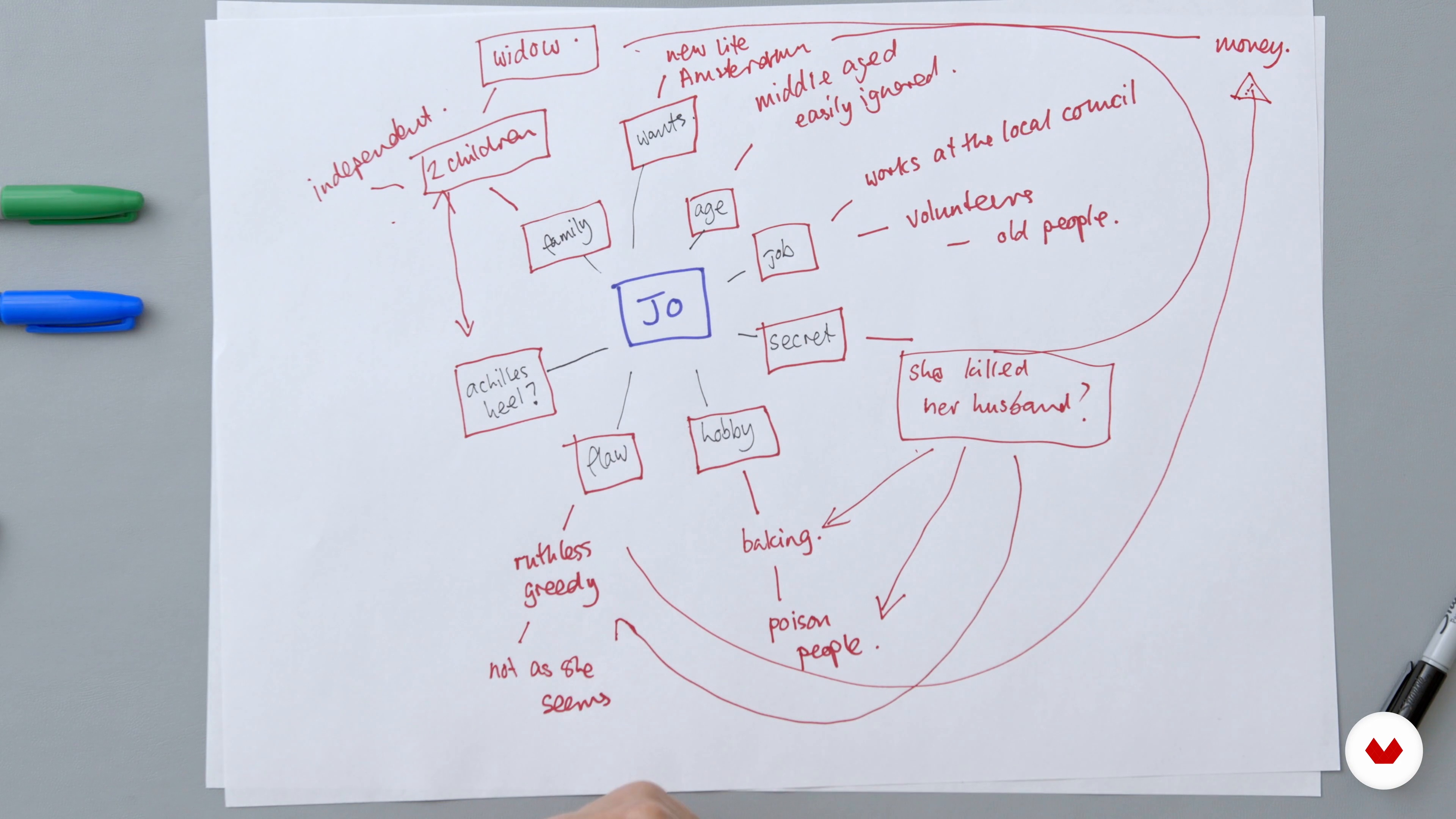
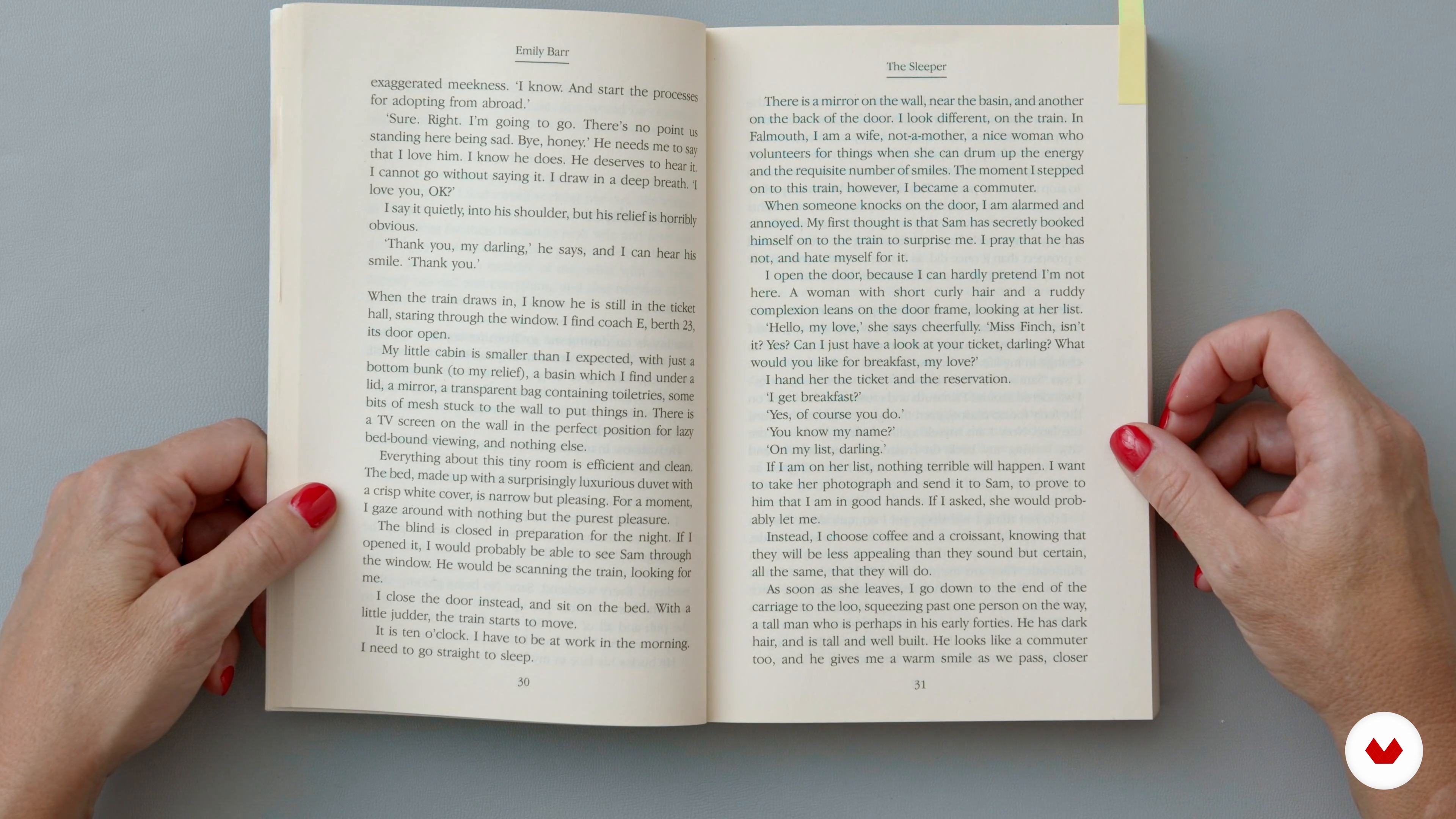
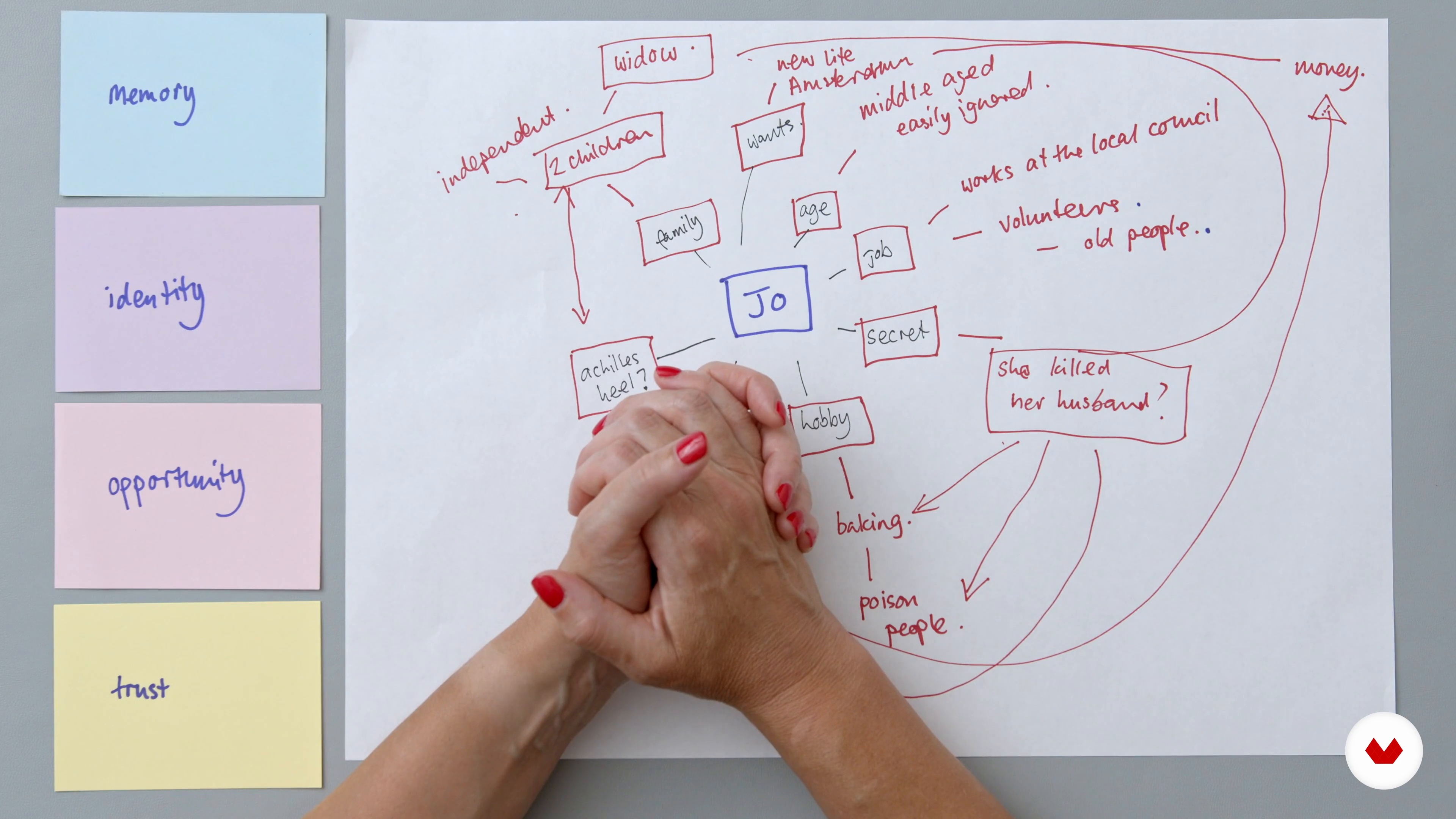
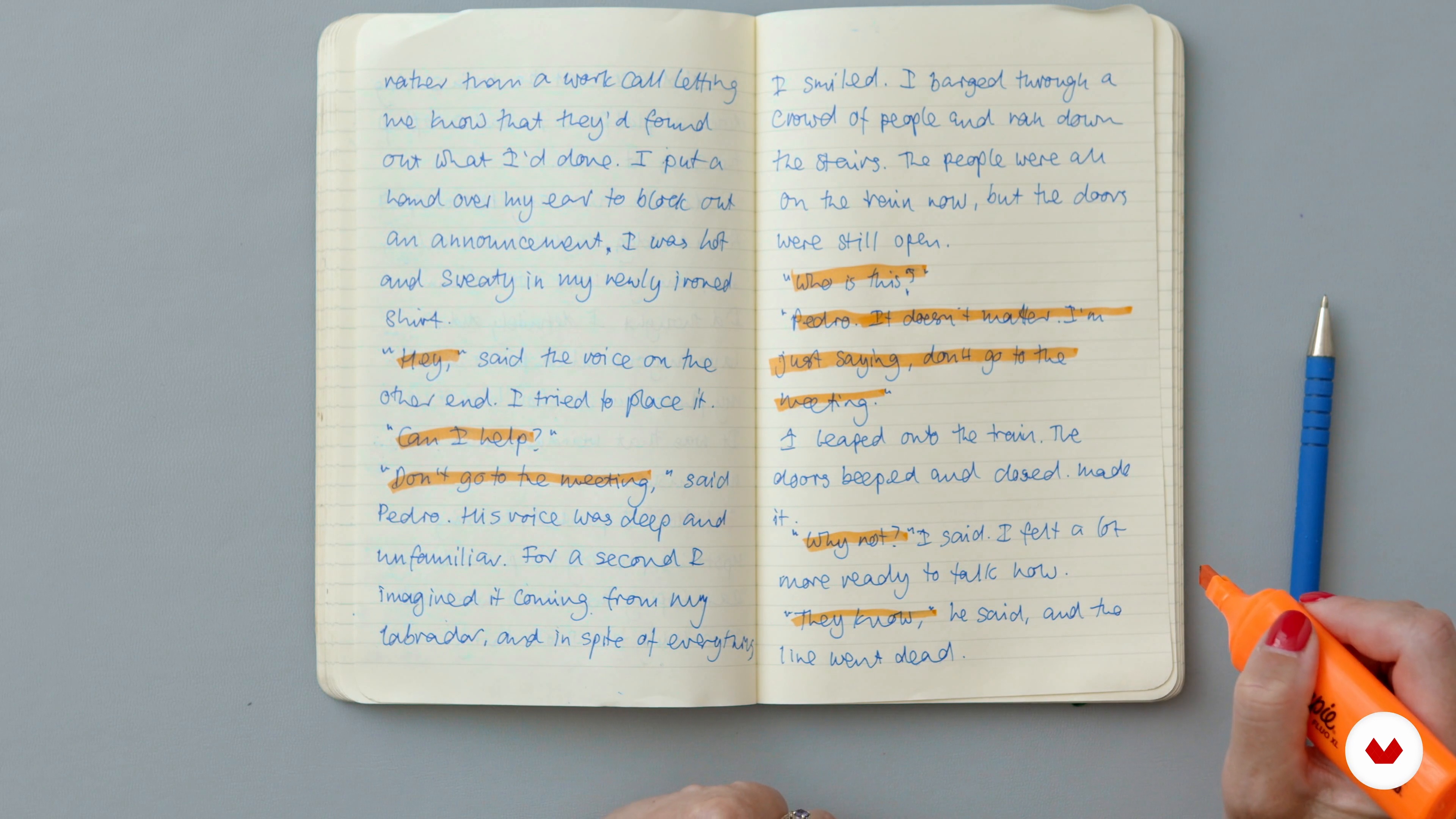
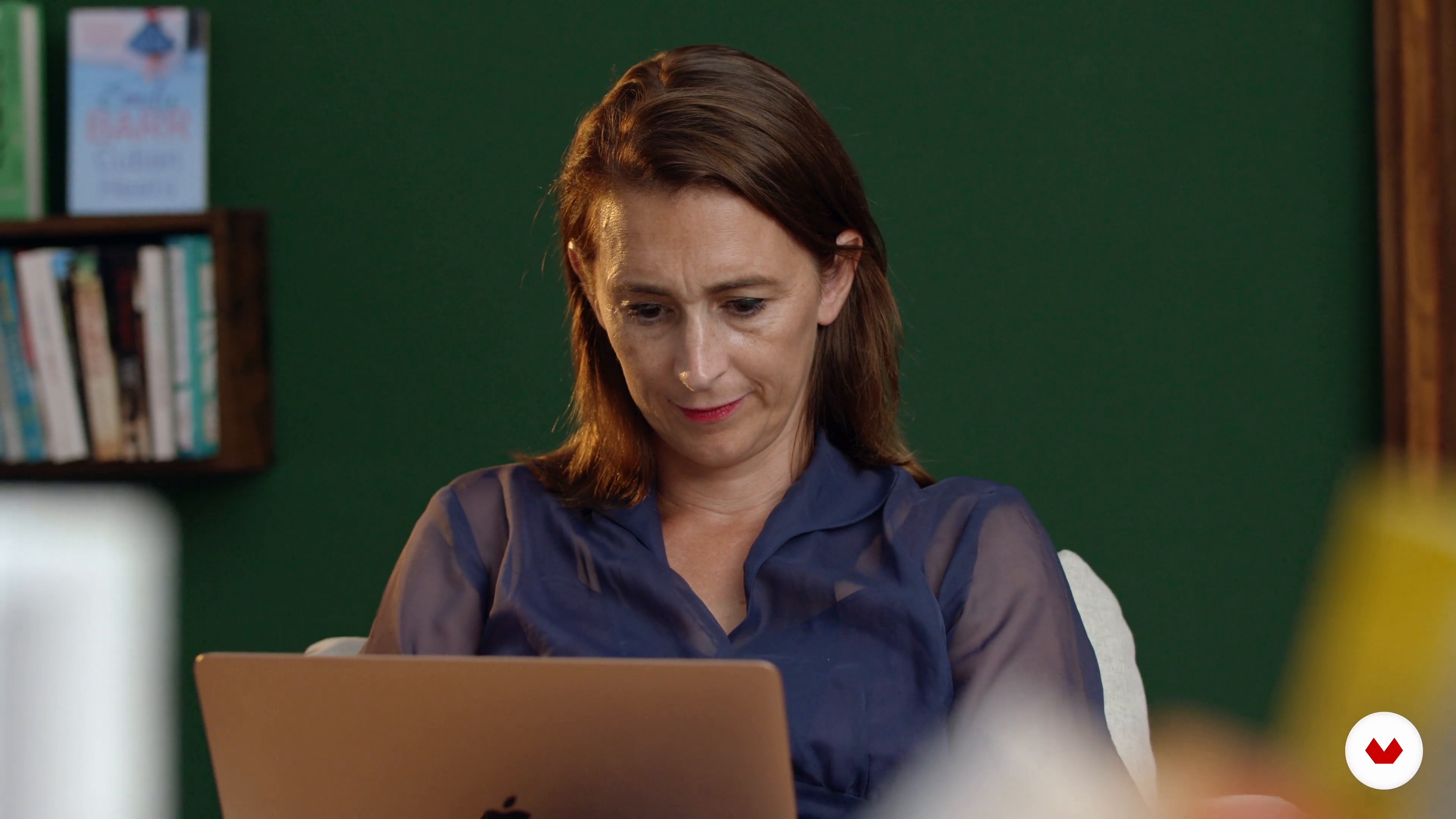
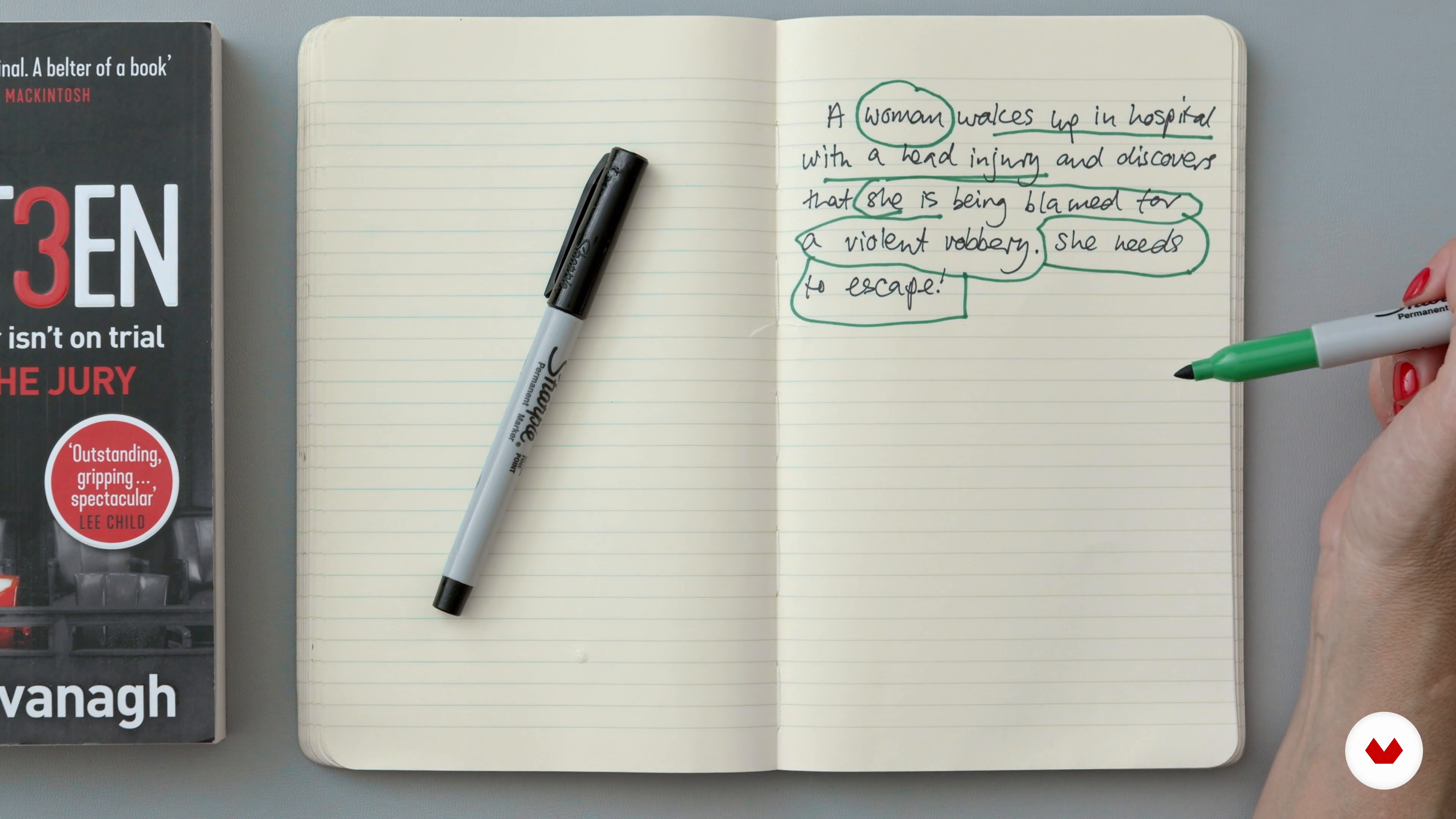
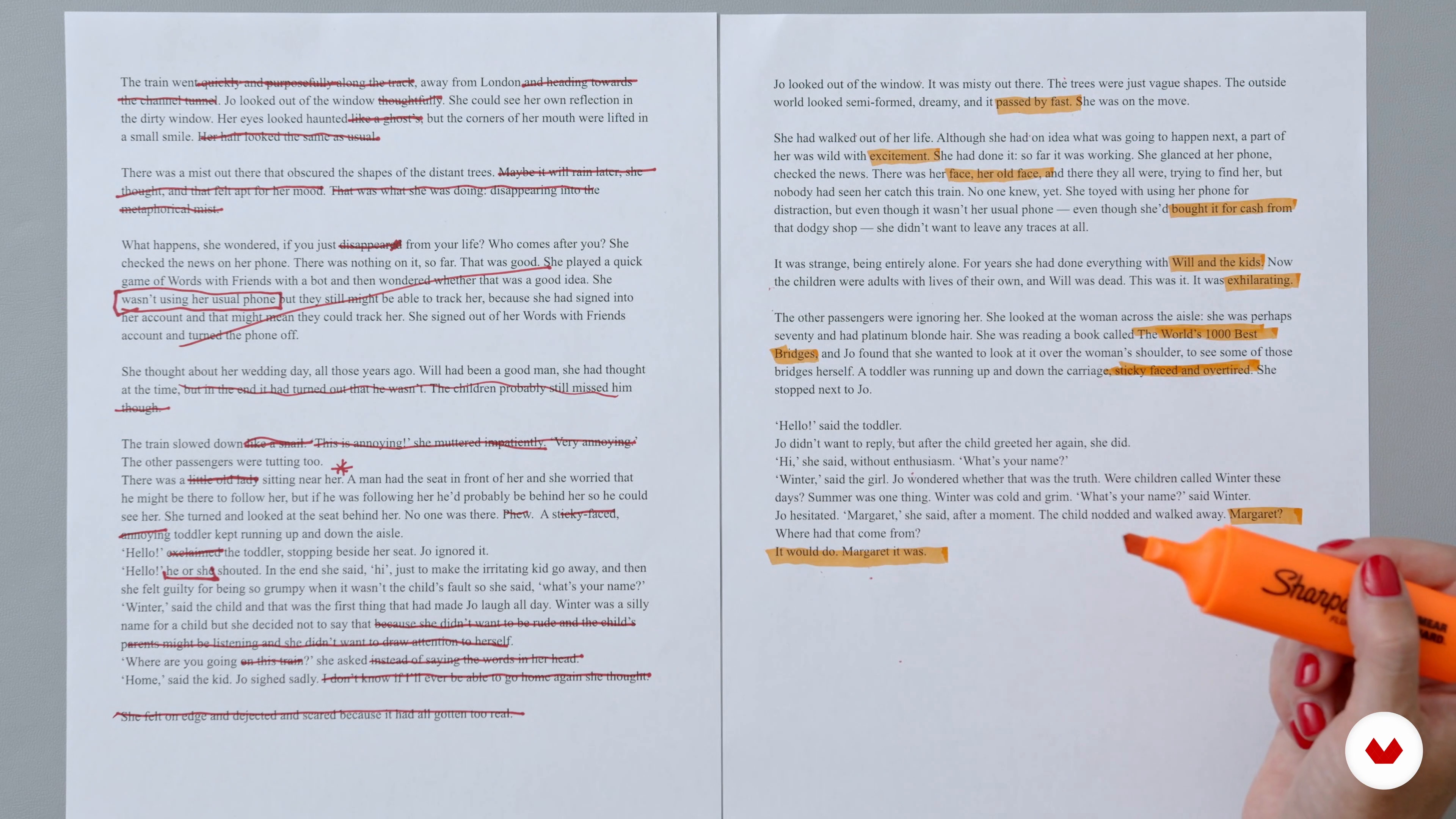
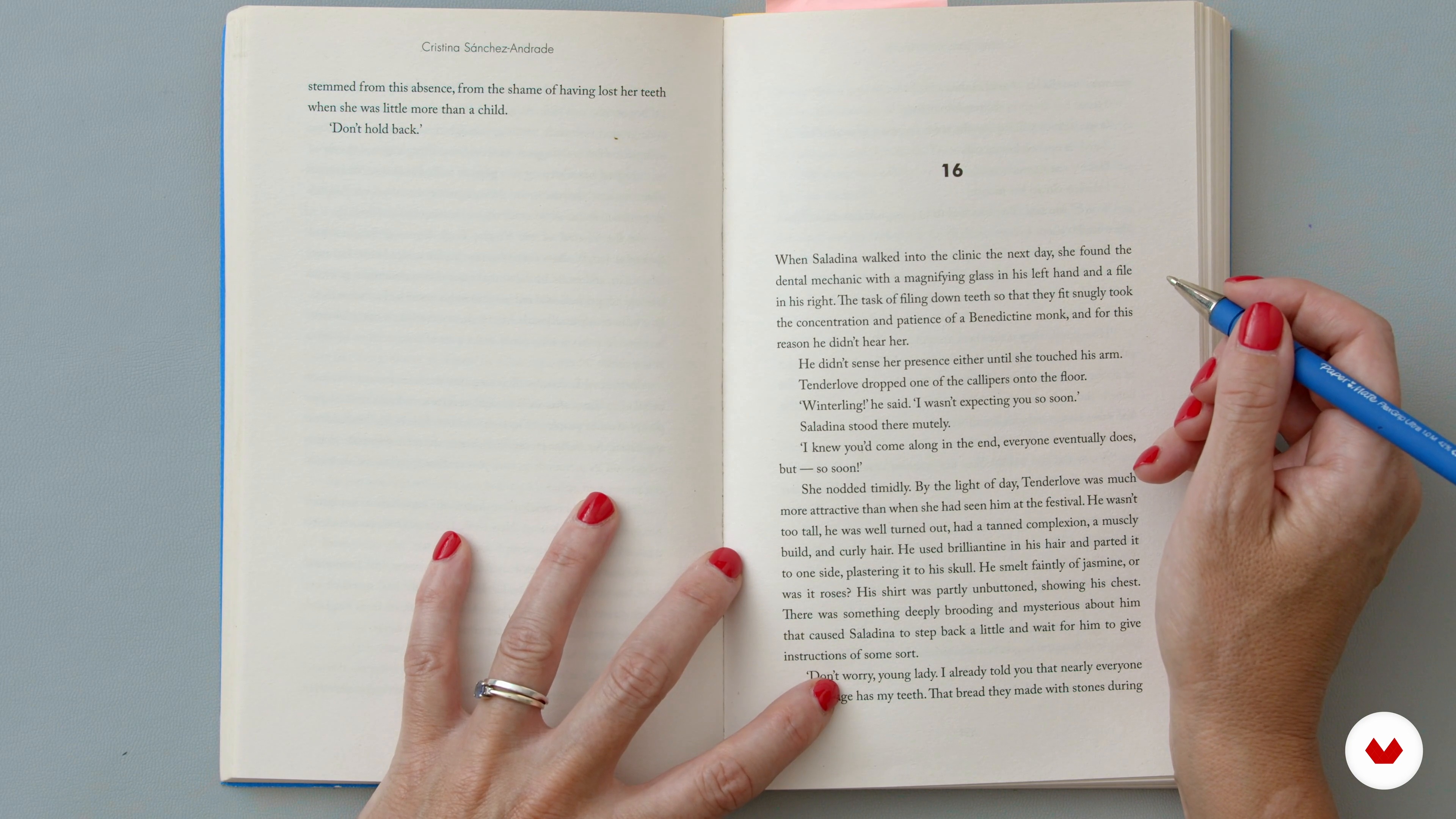
- 100% positive reviews (1)
- 61 students
- 78 lessons (13h 16m)
- 135 additional resources (31 files)
- Online and at your own pace
- Audio: English, German, Spanish, Spanish (Latam), French, Italian, Dutch, Polish, Portuguese, Turkish
- Spanish · English · Portuguese · German · French · Italian · Polish · Dutch · Turkish
- Level: Beginner
- Unlimited access forever
What is this course's project?
Craft a versatile portfolio showcasing your ability to create psychologically rich narratives across horror, thriller, and speculative fiction genres. Develop multidimensional characters, suspenseful plots, and a reflective analysis, ready for submission to publishers or creative writing programs.
Who is this specialization for?
Aspiring writers seeking to delve into psychological fiction will find this course ideal. It's perfect for those wanting to craft complex narratives, explore character depth, and master suspense across horror, thriller, and speculative fiction genres, enhancing storytelling skills.
Requirements and materials
No extensive prior knowledge is needed. A basic understanding of narrative structure and character development is helpful. Access to a computer with writing software and internet connection for course materials and assignments is essential. Bring your creativity and curiosity.

Reviews
What to expect from this specialization course
-
Learn at your own pace
Enjoy learning from home without a set schedule and with an easy-to-follow method. You set your own pace.
-
Learn from the best professionals
Learn valuable methods and techniques explained by top experts in the creative sector.
-
Meet expert teachers
Each expert teaches what they do best, with clear guidelines, true passion, and professional insight in every lesson.
-
Certificates
PlusIf you're a Plus member, get a custom certificate for every specialization course. Share it on your portfolio, social media, or wherever you like.
-
Get front-row seats
Videos of the highest quality, so you don't miss a single detail. With unlimited access, you can watch them as many times as you need to perfect your technique.
-
Share knowledge and ideas
Ask questions, request feedback, or offer solutions. Share your learning experience with other students in the community who are as passionate about creativity as you are.
-
Connect with a global creative community
The community is home to millions of people from around the world who are curious and passionate about exploring and expressing their creativity.
-
Watch professionally produced courses
Domestika curates its teacher roster and produces every course in-house to ensure a high-quality online learning experience.
FAQs
What are Domestika's online courses?
Domestika courses are online classes that allow you to learn new skills and create incredible projects. All our courses include the opportunity to share your work with other students and/or teachers, creating an active learning community. We offer different formats:
Original Courses: Complete classes that combine videos, texts, and educational materials to complete a specific project from start to finish.
Basics Courses: Specialized training where you master specific software tools step by step.
Specialization Courses: Learning paths with various expert teachers on the same topic, perfect for becoming a specialist by learning from different approaches.
Guided Courses: Practical experiences ideal for directly acquiring specific skills.
Intensive Courses (Deep Dives): New creative processes based on artificial intelligence tools in an accessible format for in-depth and dynamic understanding.
When do the specialization courses start and when do they finish?
All specialization courses are 100% online, so once they're published, specialization courses start and finish whenever you want. You set the pace of the class. You can go back to review what interests you most and skip what you already know, ask questions, answer questions, share your projects, and more.
What do Domestika's specialization courses include?
The specialization courses are divided into different modules. Each one includes lessons, informational text, tasks, and practice exercises to help you carry out your project step by step, with additional complementary resources and downloads. You'll also have access to an exclusive forum where you can interact with other students, as well as share your work and your final project, creating a community around the specialization courses.
Have you been given a specialization courses?
You can redeem the specialization courses you received by accessing the redeeming page and entering your gift code.







Excelente taller.